Samsung Q8F is quite a successful continuation of the Q67D model. It offers similar image quality in HDR content, and with a brightness of around 500 nits, it creates an effect that is hard to call ordinary. The support for the HDR10+ format also helps, which has been competing with Dolby Vision for some time and provides comparable experiences in many productions. The contrast is another plus – for a VA panel, it holds up well and allows for enjoyable blacks in movies and series. However, the biggest asset of the Q8F remains its operating system. Tizen runs quickly, provides access to many applications, and works well with the SmartThings ecosystem, so the TV can easily be integrated into a larger network of home devices. Interestingly, the Q8F also has a niche use – thanks to very good font readability, it works excellently as a screen for text work. Additionally, the adjustable stand allows the TV to be placed on virtually any desk or in a narrower TV cabinet. The biggest drawback, in our opinion, is not the image quality itself – as it's hard to expect miracles in this price class – but rather what has happened to the features for gamers. Due to updates, options such as VRR and HGiG, which were available even in simpler constructions in previous generations, have disappeared. In fact, the manufacturer even boasts about the availability of these features in their catalogue. This makes it hard to recommend the Q8F to anyone planning to connect a console and counting on full support for new technologies. Therefore, the Q8F is a TV that can appeal – primarily due to its design, above-average image quality, and efficient Tizen system. But at the same time, a step backward compared to its predecessor is evident. Let's hope Samsung can quickly rectify these shortcomings, as otherwise, even such a successful “everyday” TV may leave some users feeling unsatisfied.
- Matching (Score)
- Our verdict
- TV appearance
- Where to buy
- Contrast and black detail
- HDR effect quality
- Factory color reproduction
- Color reproduction after calibration
- Smoothness of tonal transitions
- Image scaling and smoothness of tonal transitions
- Blur and motion smoothness
- Console compatibility and gaming features
- Input lag
- Compatibility with PC
- Viewing angles
- TV efficiency during daytime
- Details about the matrix
- TV features
- Apps
- Playing files from USB
- Sound
Samsung Q8F vs SONY BRAVIA 3
Direct compare
BRAVIA 3 / K-(XX)S3
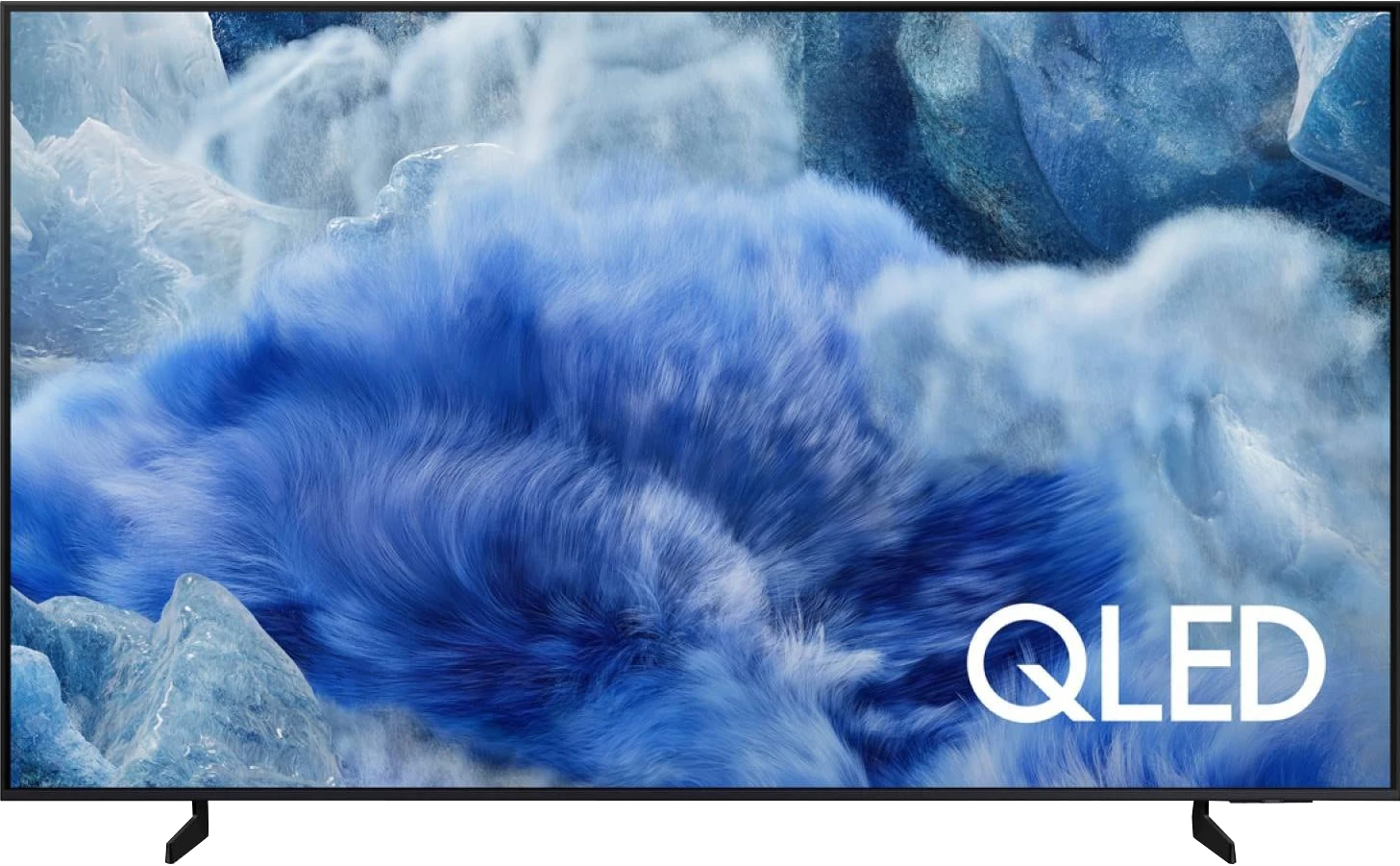
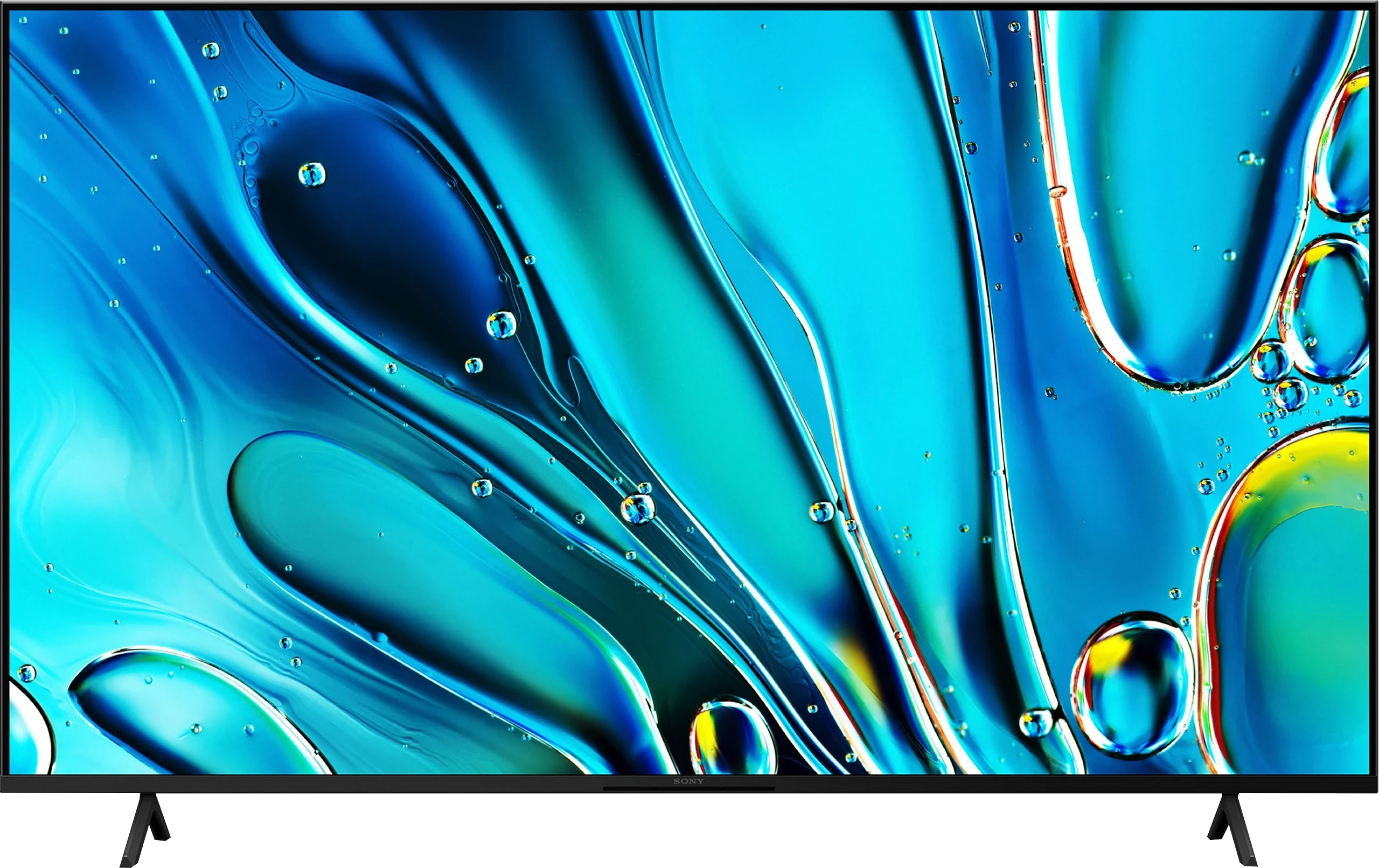
Panel type: LCD VA
Resolution: 3840x2160
System: Tizen
Model year: 2025
Complete the survey to find out the result

Panel type: LCD IPS
Resolution: 3840x2160
System: Google TV
Model year: 2025
Complete the survey to find out the result

Overall rating
6.3
6.0
Movies and series in UHD quality
6.3
5.4
Classic TV, YouTube
6.0
5.3
Sports broadcasts (TV and apps)
5.6
5.7
Gaming on console
7.0
6.4
TV as a computer monitor
6.0
6.0
Watching in bright light
5.6
4.9
Utility functions
7.3
6.6
Apps
8.7
9.6
Sound quality
6.0
6.5
Complete the survey to find out what fits your preferences
Advantages
Solid contrast thanks to the VA panel
Pretty good brightness in SDR and HDR (up to about 500 nits)
Satin finish does well with reflections
Tizen operating system – fast, intuitive, with a rich app selection
Solar remote with USB-C charging
Integration with the SmartThings ecosystem
Great input lag
Good font readability when working with a PC, suitable as a text work monitor
Adjustable stand on multiple planes
Google TV system – a massive library of apps and services
IPS panel with good viewing angles
Improved colours – (91% of the DCI-P3 colour gamut)
Dolby Vision support
Good upscaling – lower quality materials look surprisingly good
Great input lag and ALLM mode
Very good PC compatibility – supports chroma 4:4:4, excellent font readability
Two remotes included – a modern minimalist one and a classic one with a numeric keypad
Very good built-in media player – supports a wide range of files, even less common ones like HEIC
Slim bezels and modern design – a definite step up from the X75WL
Dolby Atmos and DTS:X support
Disadvantages
Severely limited features for gamers (no VRR in practice, no HGiG)*,
No USB recording or PiP functionality
Average digital image processing
*We hope that the promises on the promotional brochures will be quickly fulfilled through software updates.
Tragic black - IPS panel without local dimming
Limited brightness (approx. 350 nits), HDR mode image is not very appealing
Issues with backlight uniformity
Google TV system can be sluggish
No recording function from built-in tuners to USB memory
Our verdict
Sony Bravia 3 is a television that brings several important improvements over its predecessor while still staying true to its core. The biggest change is the design – slim bezels and sturdy metal legs make it look modern and fit much better in a living room than the X75WL. The improved colours thanks to the PFS filter and really good upscaling are also a plus. It is particularly with lower-quality content, especially in classic SDR, that the Bravia 3 can show its best side – colours look pleasant, the picture is clear, and thanks to the IPS panel, viewing angles are at a very good level. For a ‘classic’ TV, where comfort from various viewing positions in the room and decent quality of everyday content matter, it is perfectly suitable. A huge advantage remains the Google TV system. During our tests, there were times when the interface did not work as smoothly as we would have liked, and some features could freeze. However, despite these imperfections, the presence of Google TV is a huge plus – access to thousands of apps and a full streaming library compensates for minor shortcomings. Unfortunately, what was weak in the X75WL remains weak here as well. The IPS panel has very low contrast and does not offer local dimming, which means that watching movies in a dark room quickly loses its appeal – black resembles more of a grey, which effectively detracts from the enjoyment of viewing. Additionally, the option to record content to USB, which was available in the predecessor, has been removed. It is hard not to notice this and not to add it to the list of downsides.
So, who is the Bravia 3 for? Primarily for those who want to enter the world of Sony televisions at the most affordable price while valuing the Google TV system. However, it is not the most attractive option in its class – competition in this budget can offer models with Mini-LED backlighting, which outperform it significantly in terms of contrast and HDR. Therefore, the Bravia 3 is worth considering, but mainly when there is a solid discount. At regular price, it will be very difficult for it to stand out against its more cost-effective rivals.
TV appearance
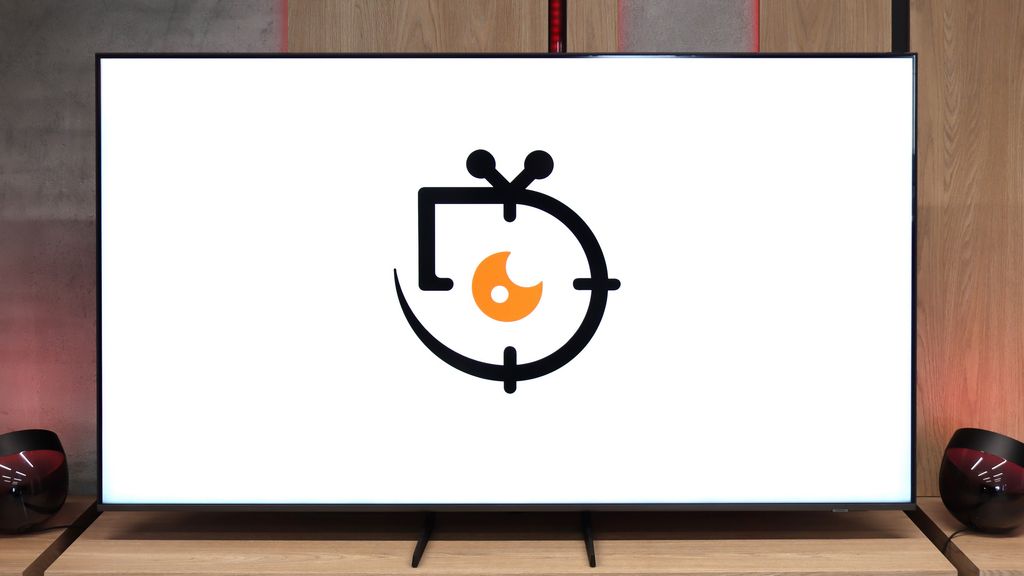
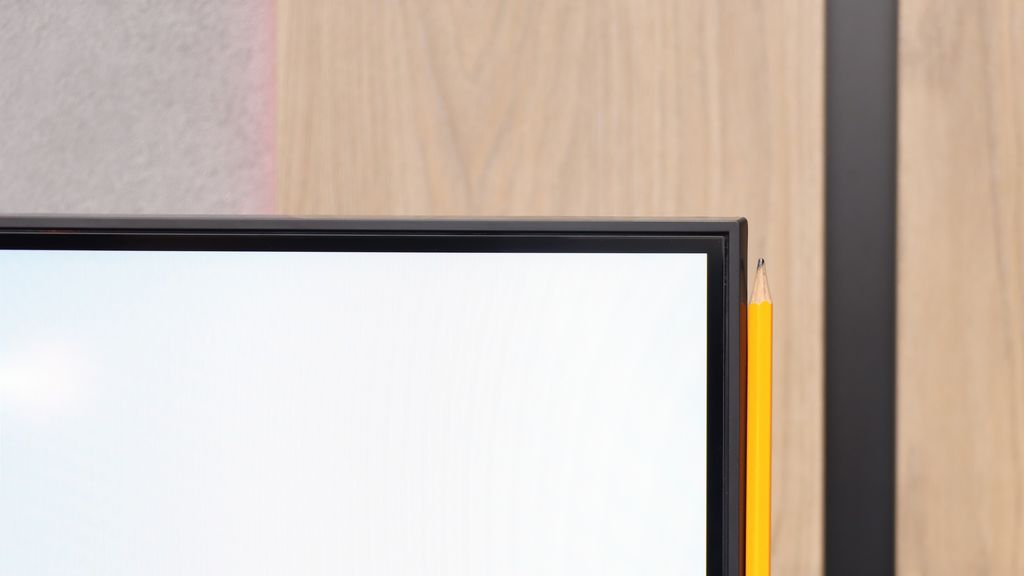
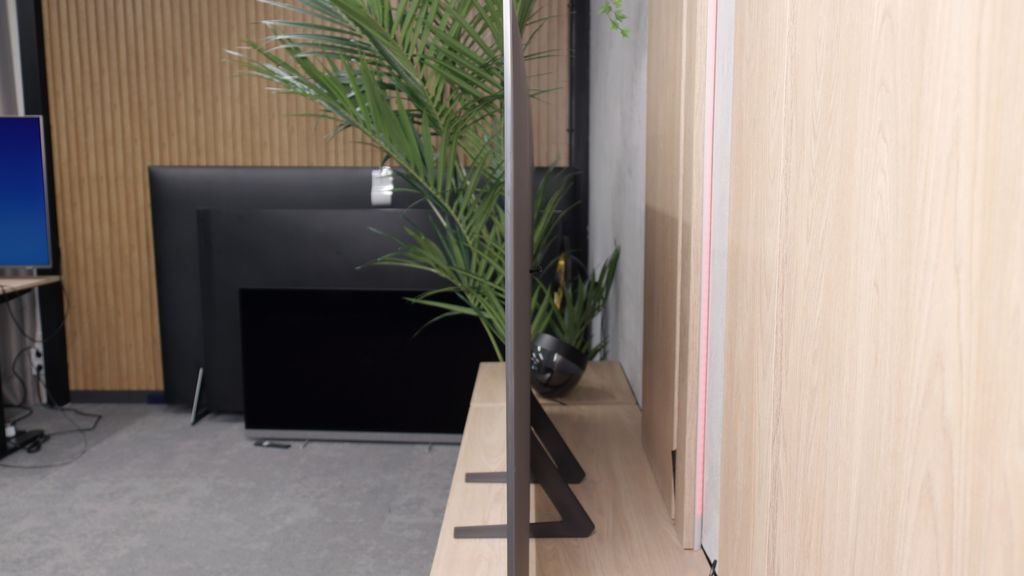
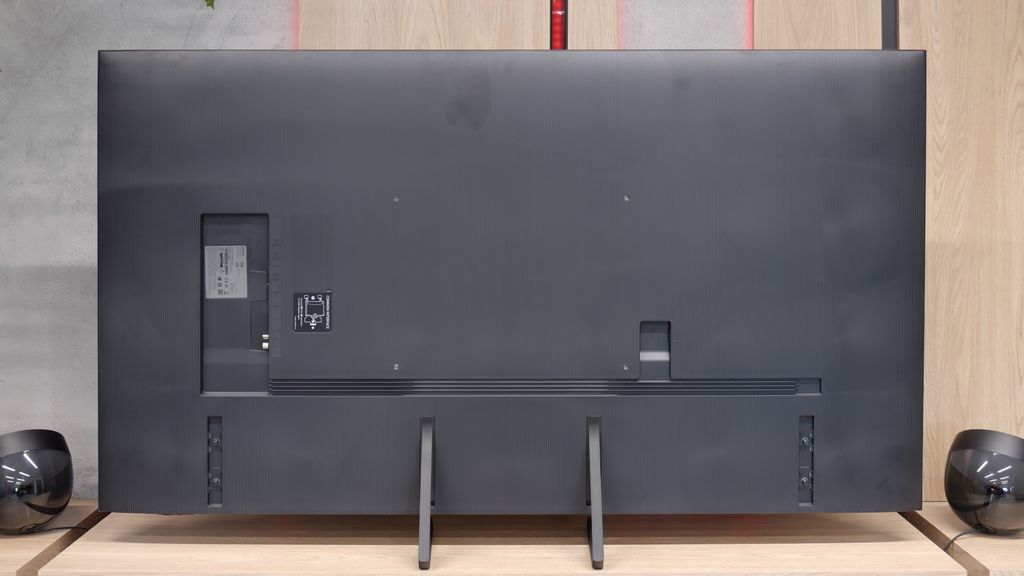
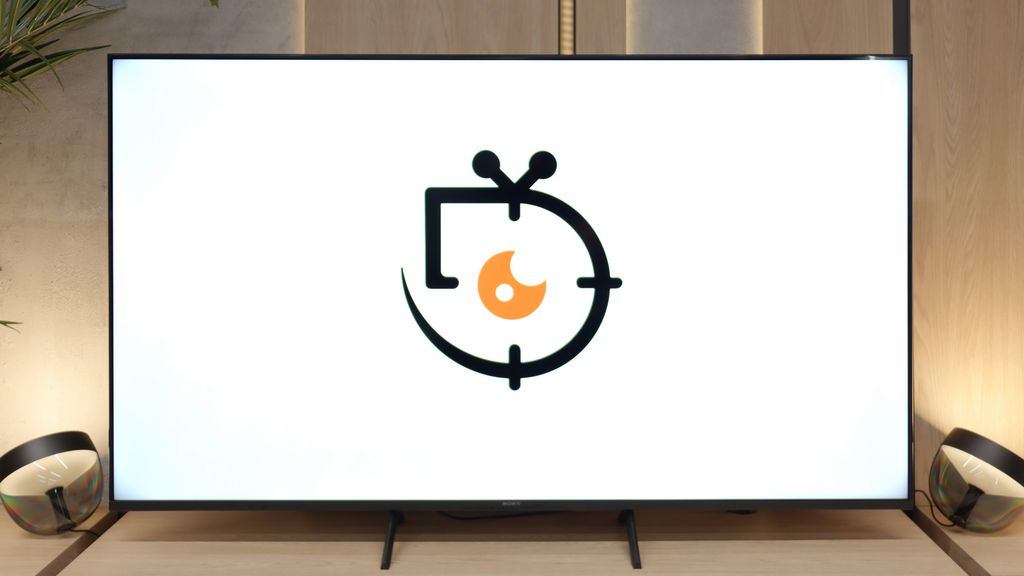
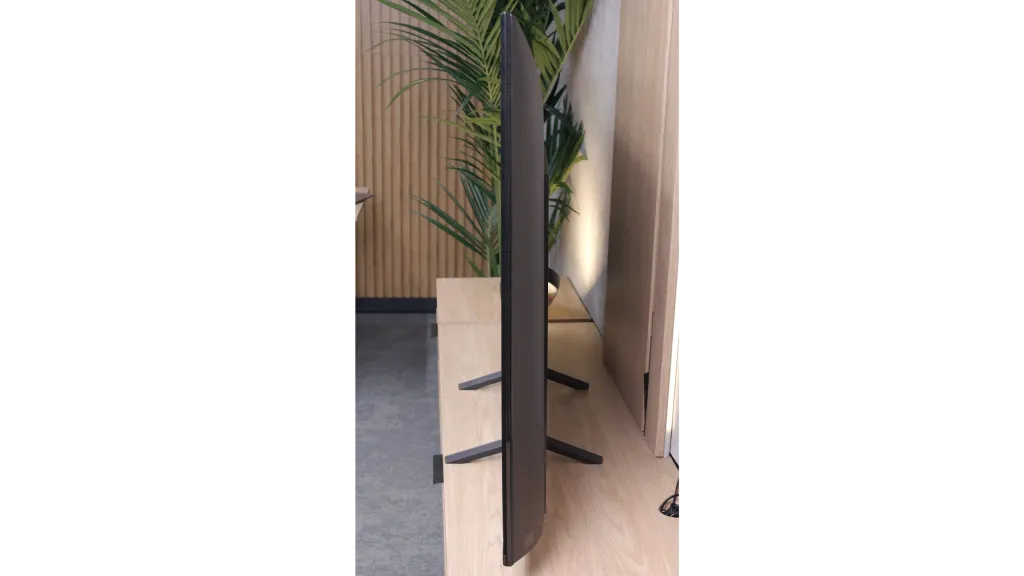
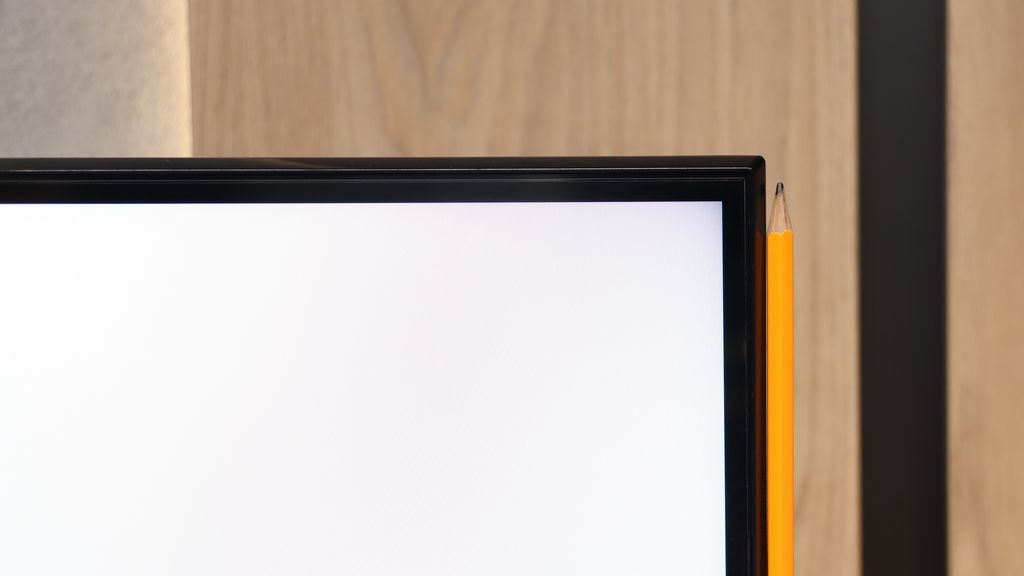
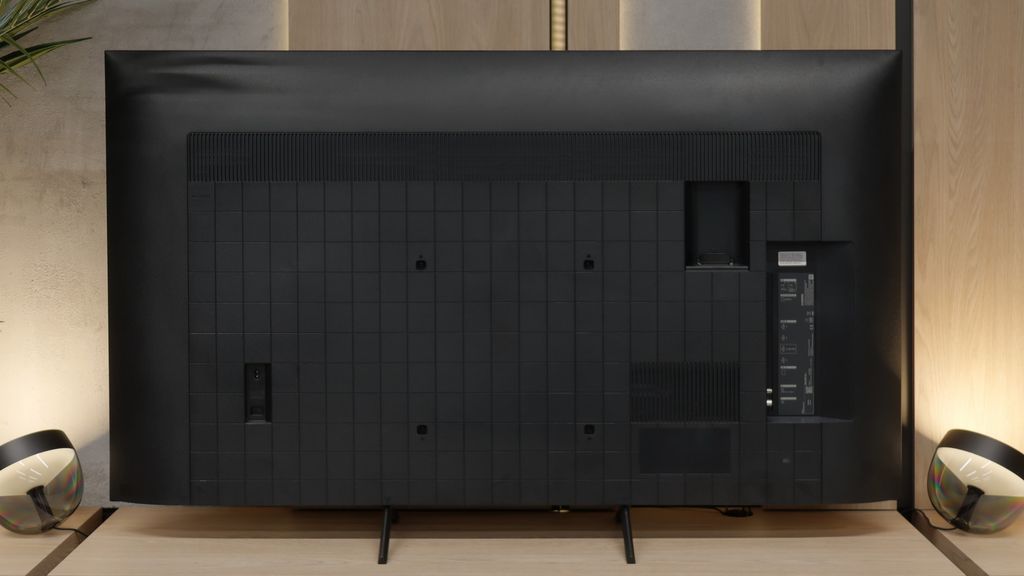
Contrast and black detail
5.5/10
2.2/10
Local dimming function: No
Local dimming function: No
Contrast:

Result
5,200:1

Result
4,650:1

Result
3,650:1

Result
4,100:1

Result
4,150:1

Result
1,150:1

Result
1,150:1

Result
1,050:1

Result
1,050:1

Result
900:1
Halo effect and black detail visibility:
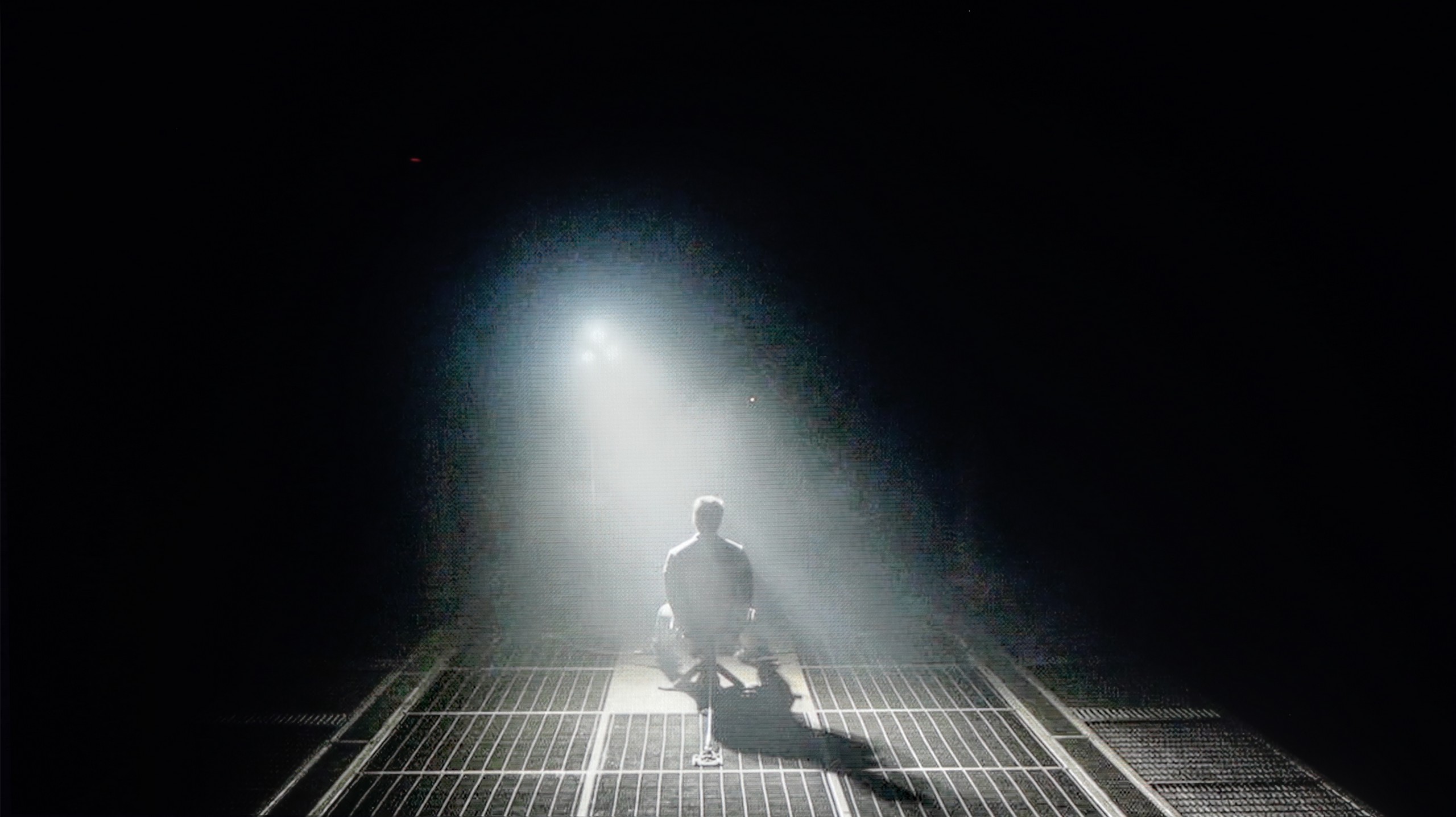
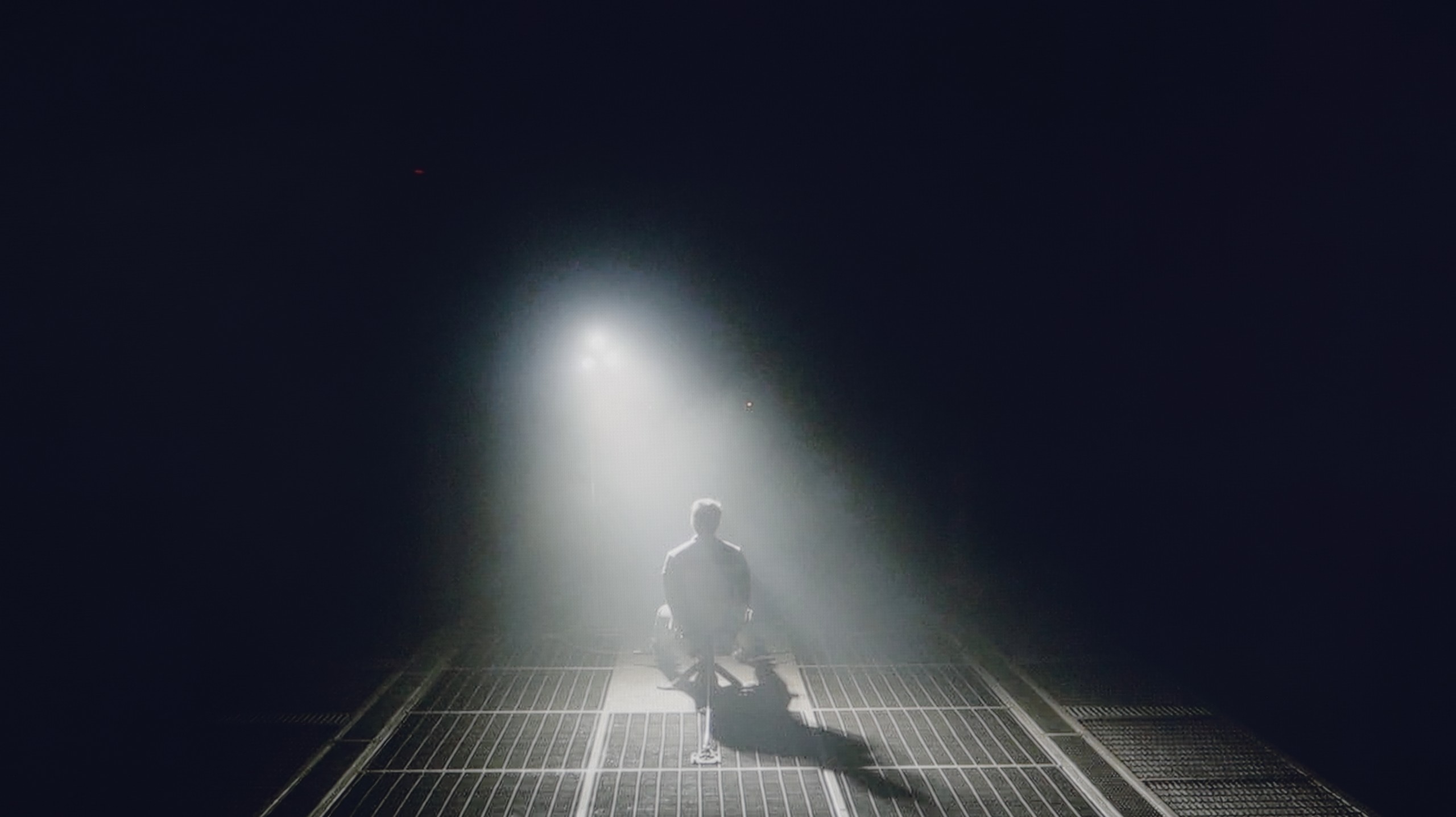
Samsung Q8F uses a VA LCD panel, which immediately puts it in a good position regarding contrast. By nature, such panels offer deeper blacks than IPS panels, and you can actually see this effect here. On test patterns, the contrast ranged from about 4000:1 to even 6000:1, which practically results in a surprisingly engaging image, especially in a slightly dimmed living room. Of course, this is not the level of LCD screens with local dimming, let alone OLED — sometimes the blacks can verge on a shade of navy, and the overall image can appear flat. However, Samsung employs a simple trick: so-called global dimming, which dims the entire screen when there are many dark sections. The effect can be impressive, but it comes at the cost of losing some details, which may not appeal to everyone. Nevertheless, the Q8F still performs significantly better than televisions with IPS panels, offering solid contrast and blacks that can immerse you in the cinematic atmosphere.
Bravia 3 in most variants, including the 65-inch model we tested, uses an IPS panel and unfortunately, this isn't the best news for those who value depth of image and truly velvety blacks. This technology has its advantages, offering decent viewing angles, but they come at the cost of very low contrast, which is particularly noticeable during evening viewing sessions when we expect the screen to go dark where it should. However, the list of problems doesn't end there. Our unit also showed noticeable imperfections in the blacks, which exacerbate the effect of their shallowness. For instance, in the scene with the helicopter, you can clearly see blooming in the corners of the screen and noticeable vignetting.
It's hard not to think that even a simple local dimming system could have salvaged the situation and added a bit of drama to the image, which is lacking here. Unfortunately, Sony has not opted for such a solution, and as a result, we have a repeat of last year's performance. So, Bravia 3 is not a television that will charm with cinematic depth of black. At night, instead of intense black, we are more likely to see grey pretending to be darkness, which may disappoint more discerning viewers.
HDR effect quality
5.2/10
4.6/10
Luminance measurements in HDR:

Result
473 nit

Result
417 nit

Result
457 nit

Result
210 nit

Result
471 nit

Result
316 nit

Result
327 nit

Result
369 nit

Result
236 nit

Result
379 nit
Scene from the movie “Pan” (about 2800 nits)
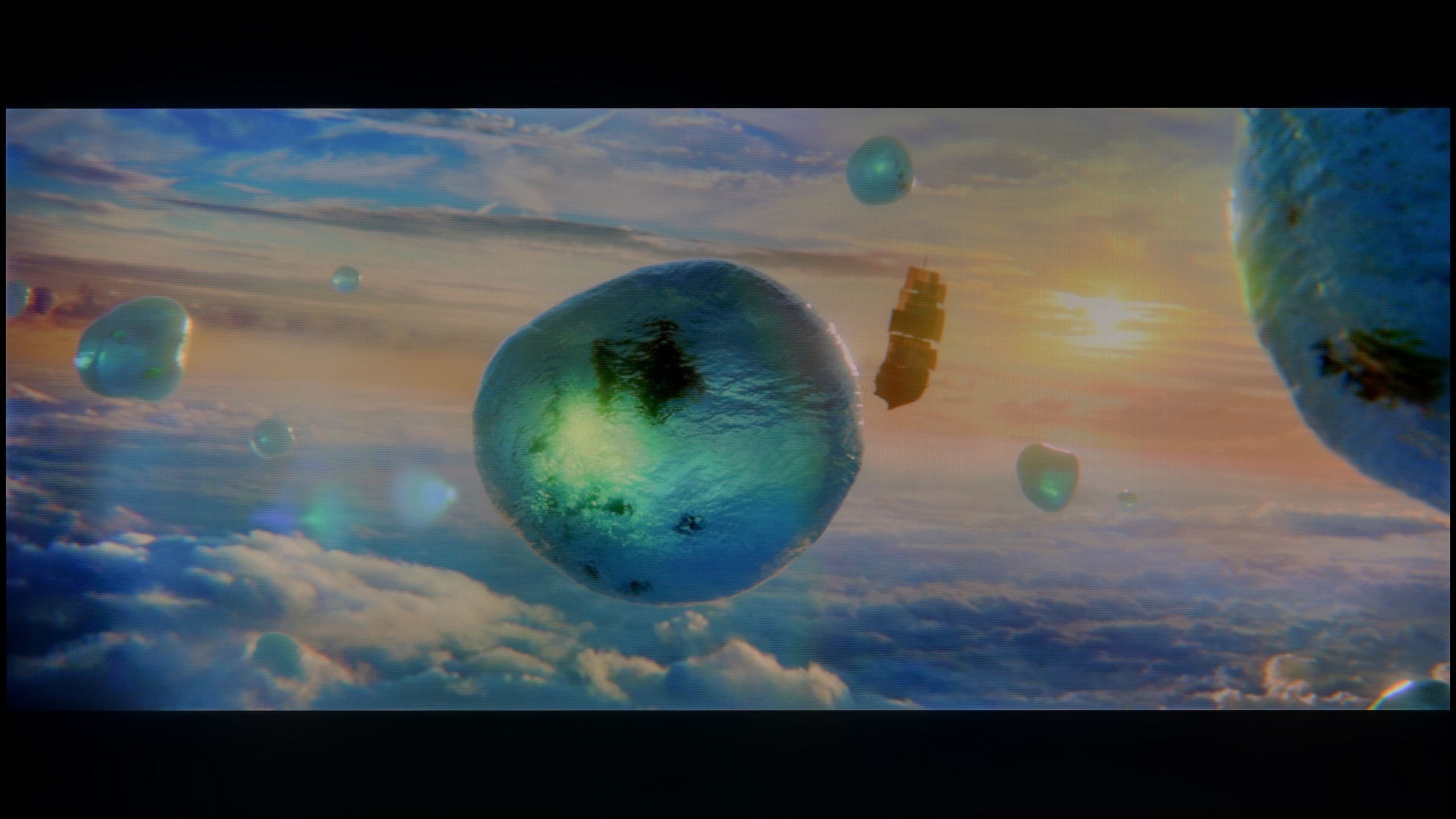
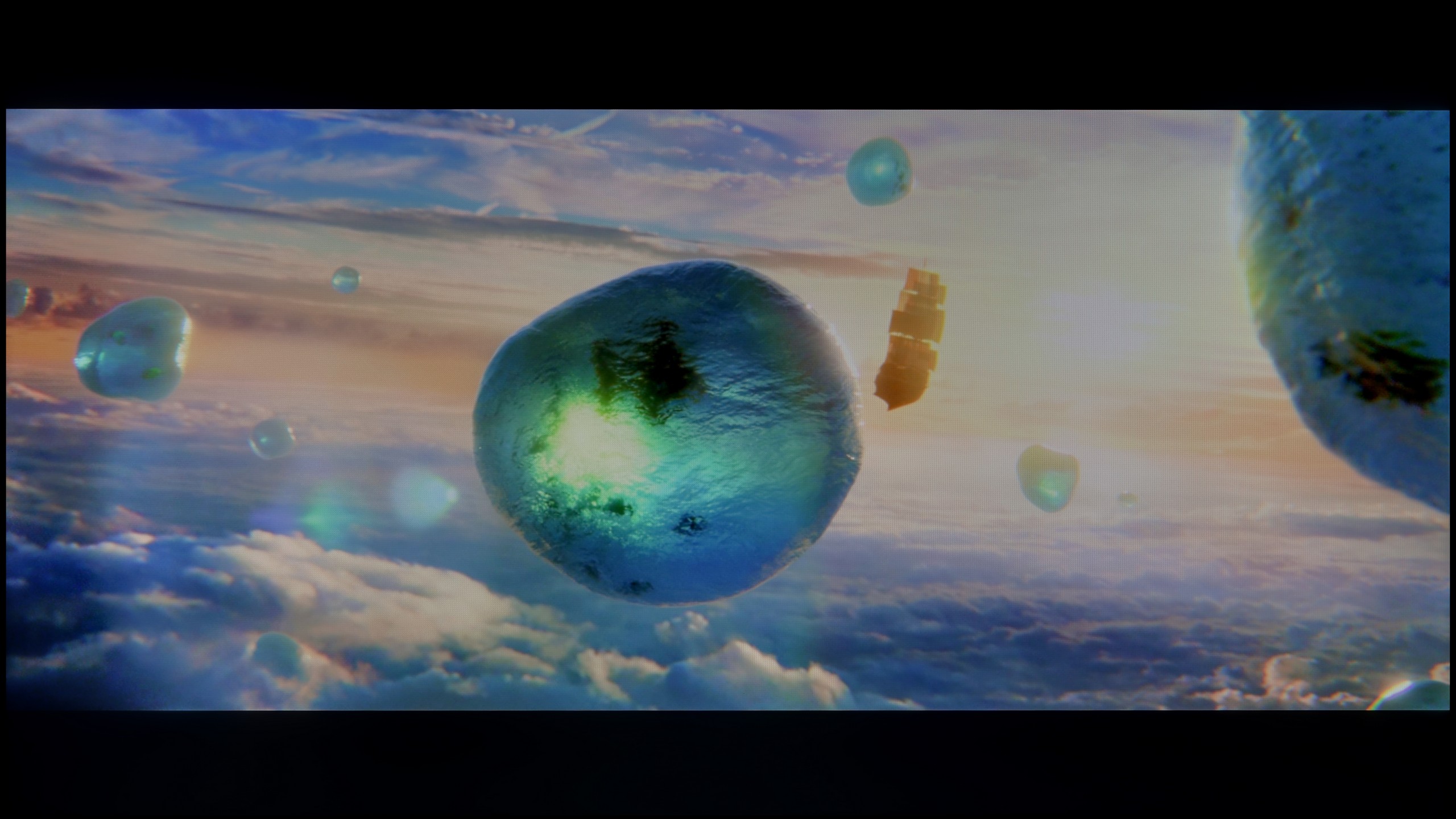
Scene from the movie “Billy Lynn” (about 1100 nits)
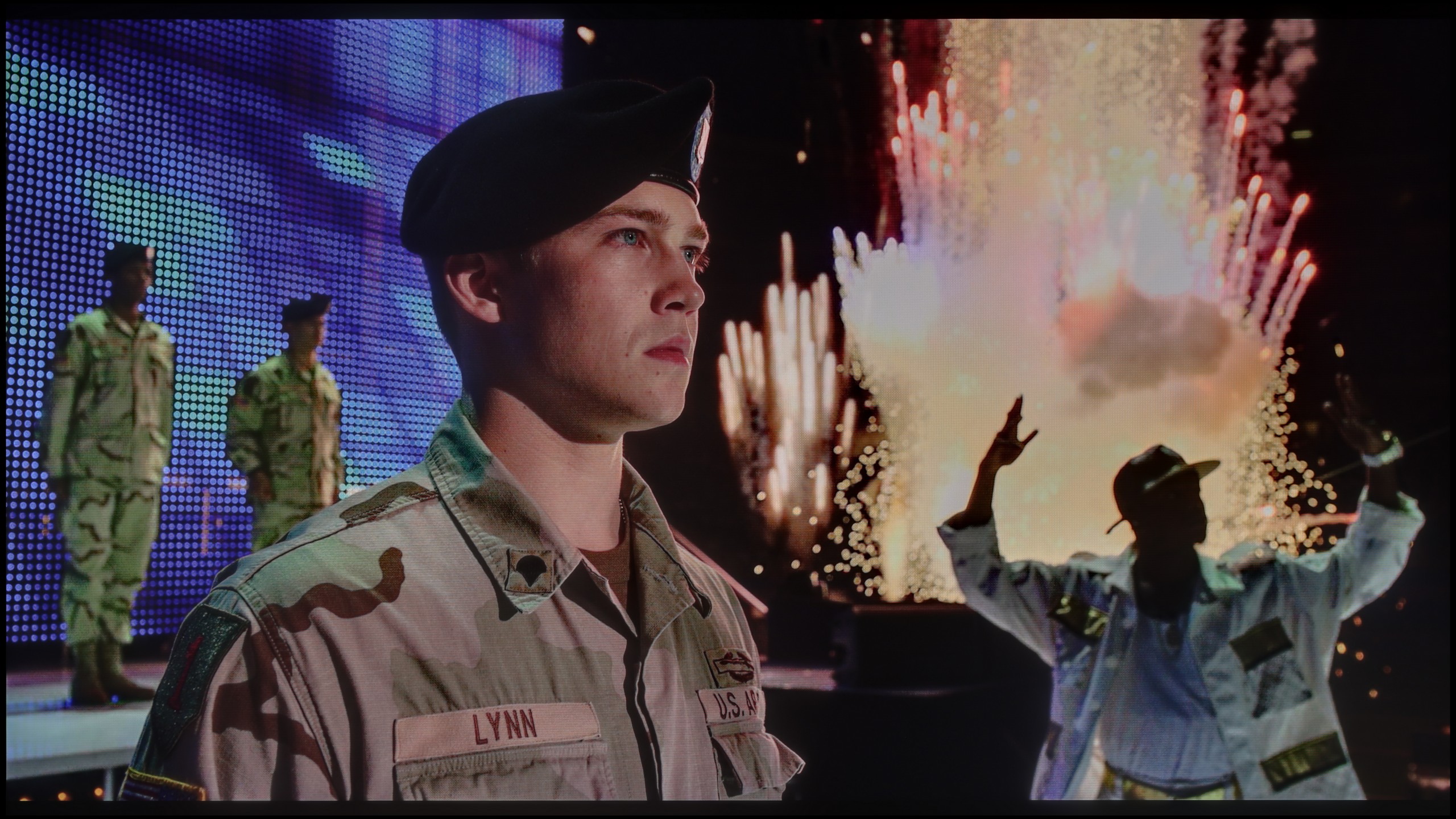
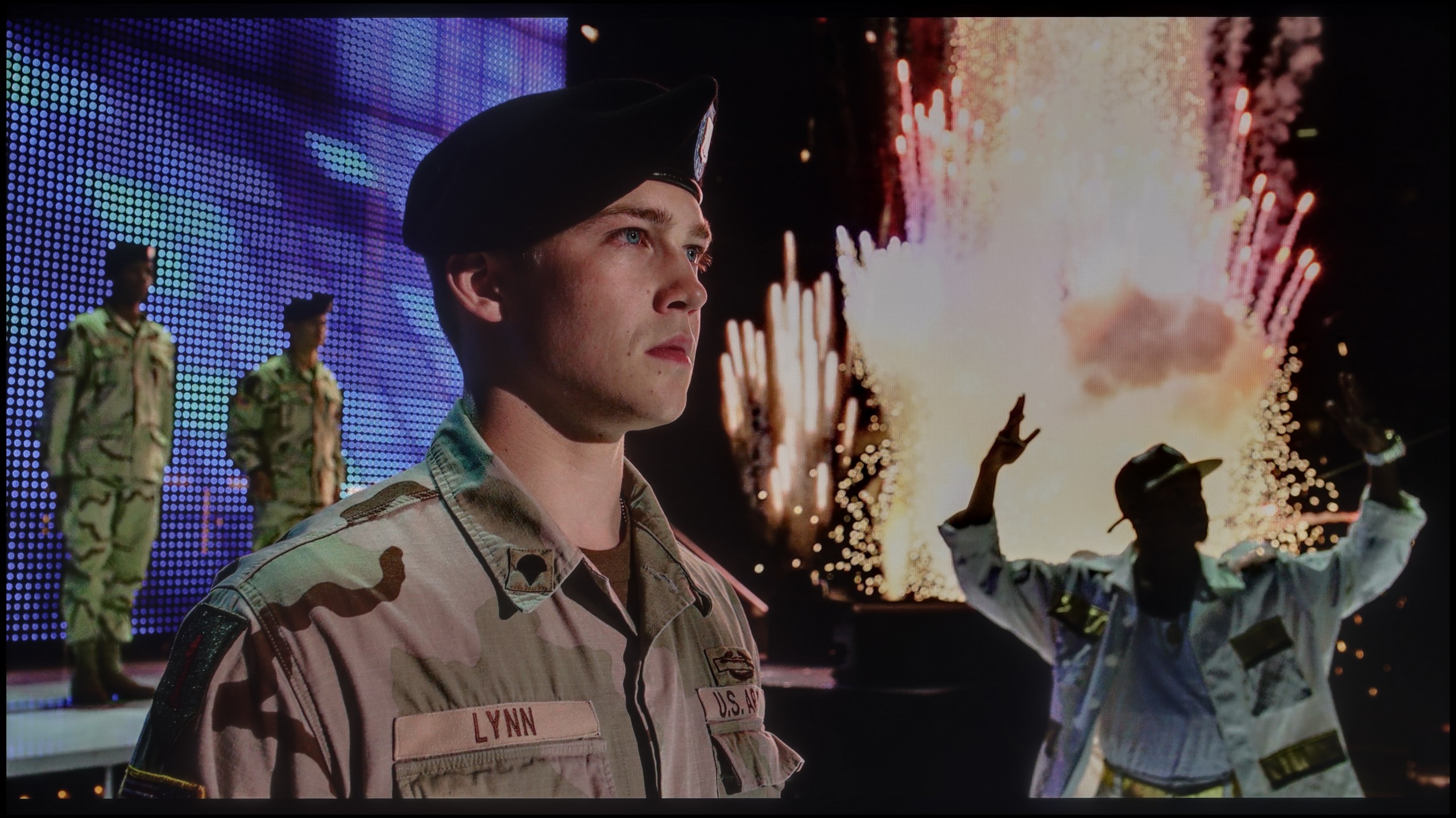
Static HDR10


Dynamic: HDR10+
Dynamic: Dolby Vision


HDR luminance chart:
SONY BRAVIA 3
HDR luminance
Samsung Q8F
HDR luminance
In terms of brightness, the Samsung Q8F performs surprisingly well for a TV without local dimming. It measures up to 500 nits, which in practice means that most movie and series scenes look pleasant, and it cannot be faulted for lacking the "HDR effect." In films like Life of Pi or The Meg, the screen can burst with bright light, delivering a level of lighting effect that is satisfying. It struggles more in challenging moments—such as dark scenes with single bright points. The global dimming used causes the TV to darken the image to maintain deep blacks, but at the expense of detail brightness. This is clearly visible in the scene from Sicario 2, where the brightness of the helicopter lights dropped to around 200 nits. This is a deliberate design choice that gives the impression of deeper blacks but takes some shine away from individual elements, and one should simply keep that in mind. Regarding colour reproduction, the Q8F uses quantum dot technology, which expands the colour gamut. A coverage of the DCI-P3 palette at 91% can be considered a decent result, although it is not a record-breaking figure compared to other QLEDs.
Bravia 3 does not hide the fact that it belongs to a group of TVs that are rather modest in terms of brightness. Our measurements showed around 370 nits, which is a value balancing on the brink where any HDR effect can still be discussed. For some, this is an acceptable level, while for others it is more typical for SDR materials, where spectacular flashes or vivid contrasts are not expected. The impression is that this is not a TV for those focused on the highest image quality in demanding film content. However, this does not mean that there are no advantages to be found here. Compared to its predecessor, the X75WL, the Bravia 3 has gained an additional PFS filter, which works similarly to solutions known from QLED technology. Thanks to this, the DCI-P3 color gamut has been significantly expanded, reaching over 91 percent, which in practice results in more saturated colours and a more pleasing texture of the image. As a result, even everyday content looks a bit more vibrant, and films and series can surprise with their colourful presentation, despite limitations in brightness itself.
Factory color reproduction
4.6/10
5.8/10
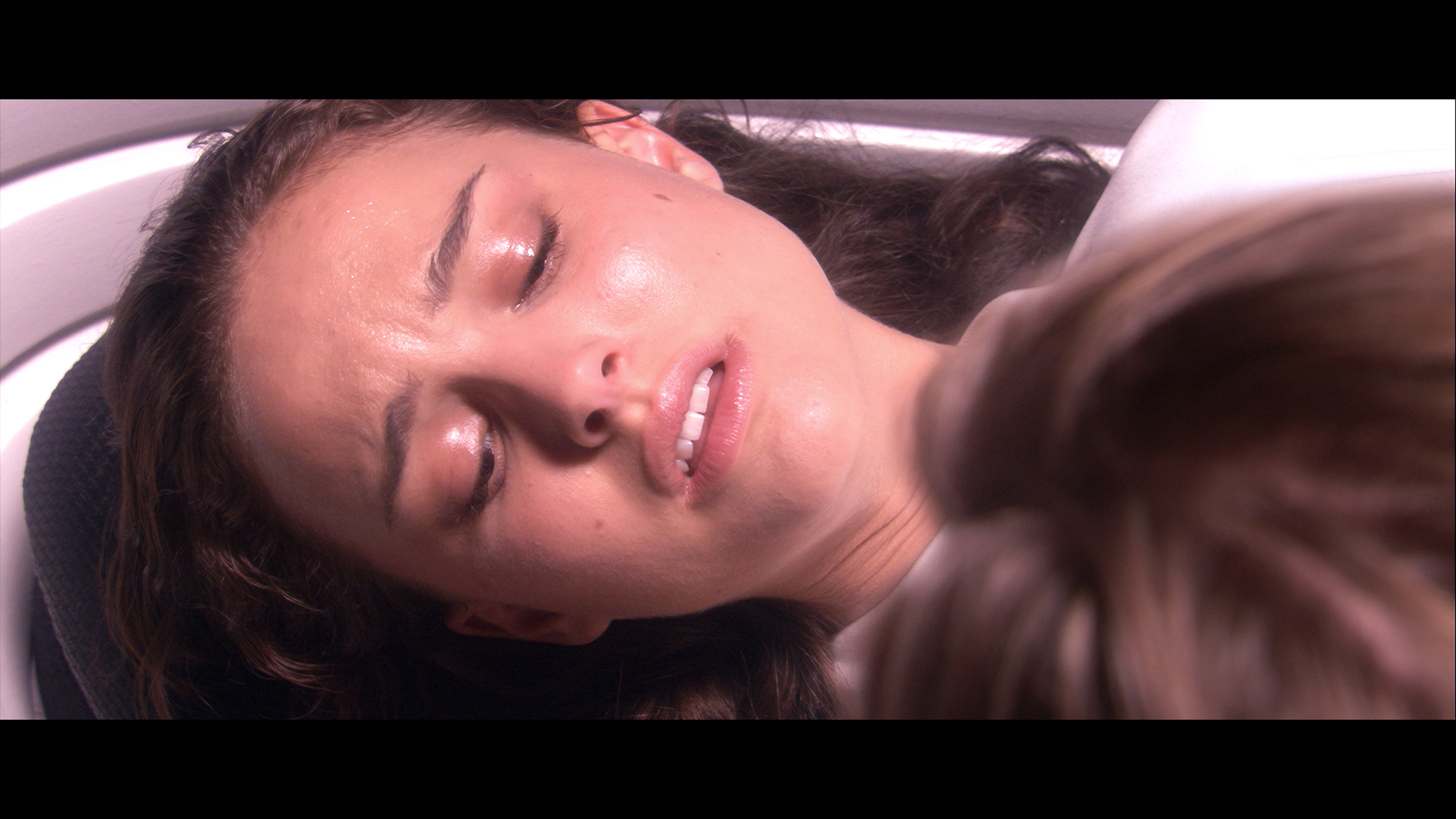
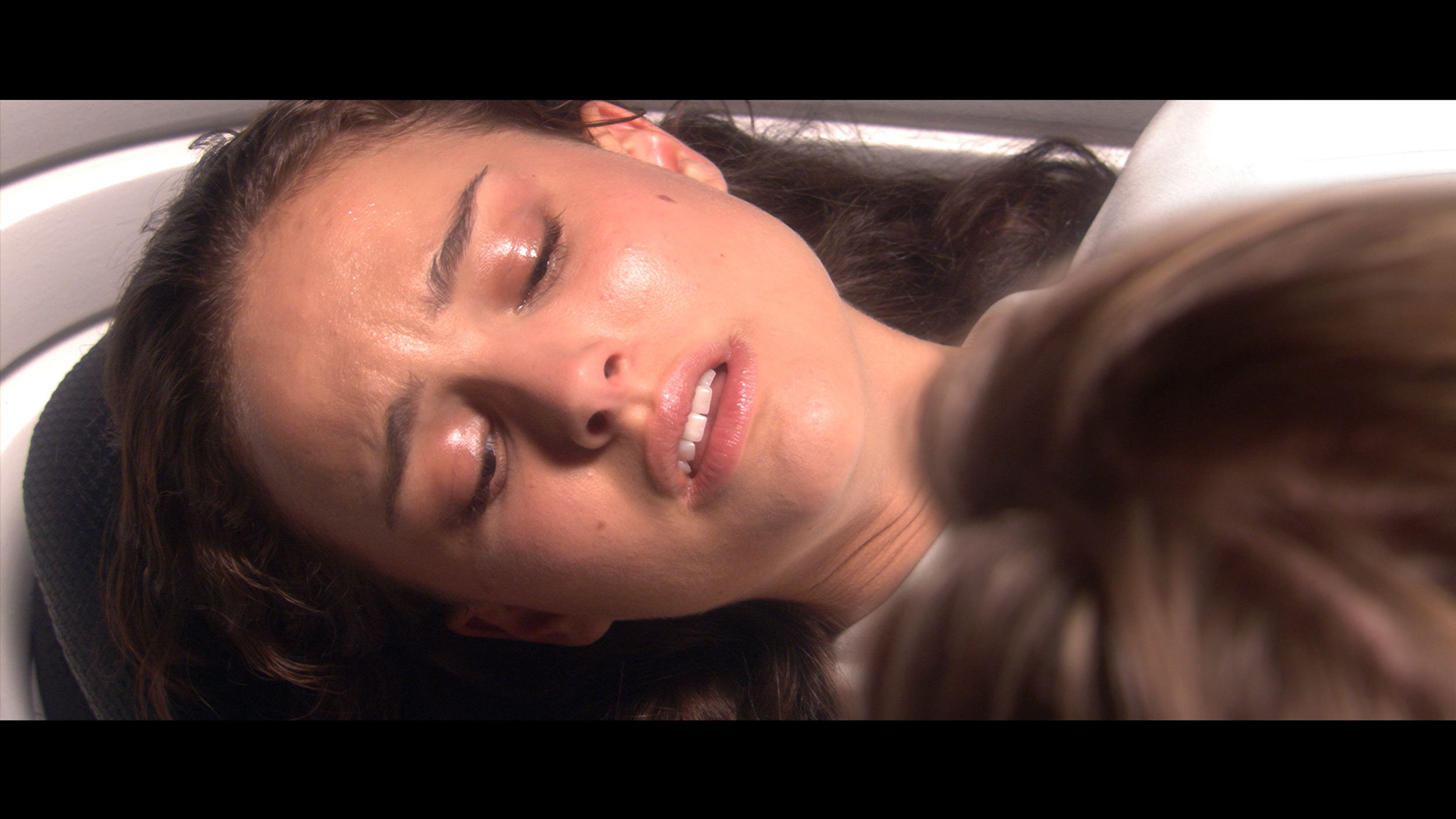
Factory Mode
After calibration


Factory Mode
After calibration
We decided to check out the Filmmaker mode because right out of the box it gave us the best picture. However, that doesn't mean it was perfect. The white balance had too much of a blue and red tint, causing the whites to lean towards a slight purple-pink hue. Such imbalance affected the visibility of virtually all colours, which is clearly seen in the comparison photo below. The brightness characteristics in SDR content were quite well calibrated, although in HDR materials we noticed that the TV didn't always handle its global dimming well — at times the screen was too dim, while at other times it could suddenly brighten up. Fortunately, issues related to colours can be effectively corrected with calibration tools, so we decided to get to work.
We primarily tested the Sony Bravia 3 in movie mode, which immediately turned out to be the best choice among the factory settings. It's not a perfect picture, but compared to the eco mode that the TV suggests straight out of the box, the difference is evident and definitely better. In movie mode, there is a noticeable issue: the picture seems too warm, which is due to the lack of blue colour in the white balance. Nevertheless, in SDR content, the final effect can still be considered quite decent and satisfactory for everyday viewing. Much more serious errors arise in HDR materials. The Color Checker analysis showed significant deviations, and poor brightness management, combined with limited colour gamut coverage, further exposes the shortcomings of the picture in this mode. All of this makes HDR on the Bravia 3 look unconvincing and can ruin the impression left by the otherwise quite decent SDR content settings. Fortunately, it’s not a hopeless situation. Various errors can be somewhat mitigated, and some can even be completely corrected through professional calibration. That's why we decided to check how the TV would perform after such adjustments.
Color reproduction after calibration
7.8/10
7.5/10
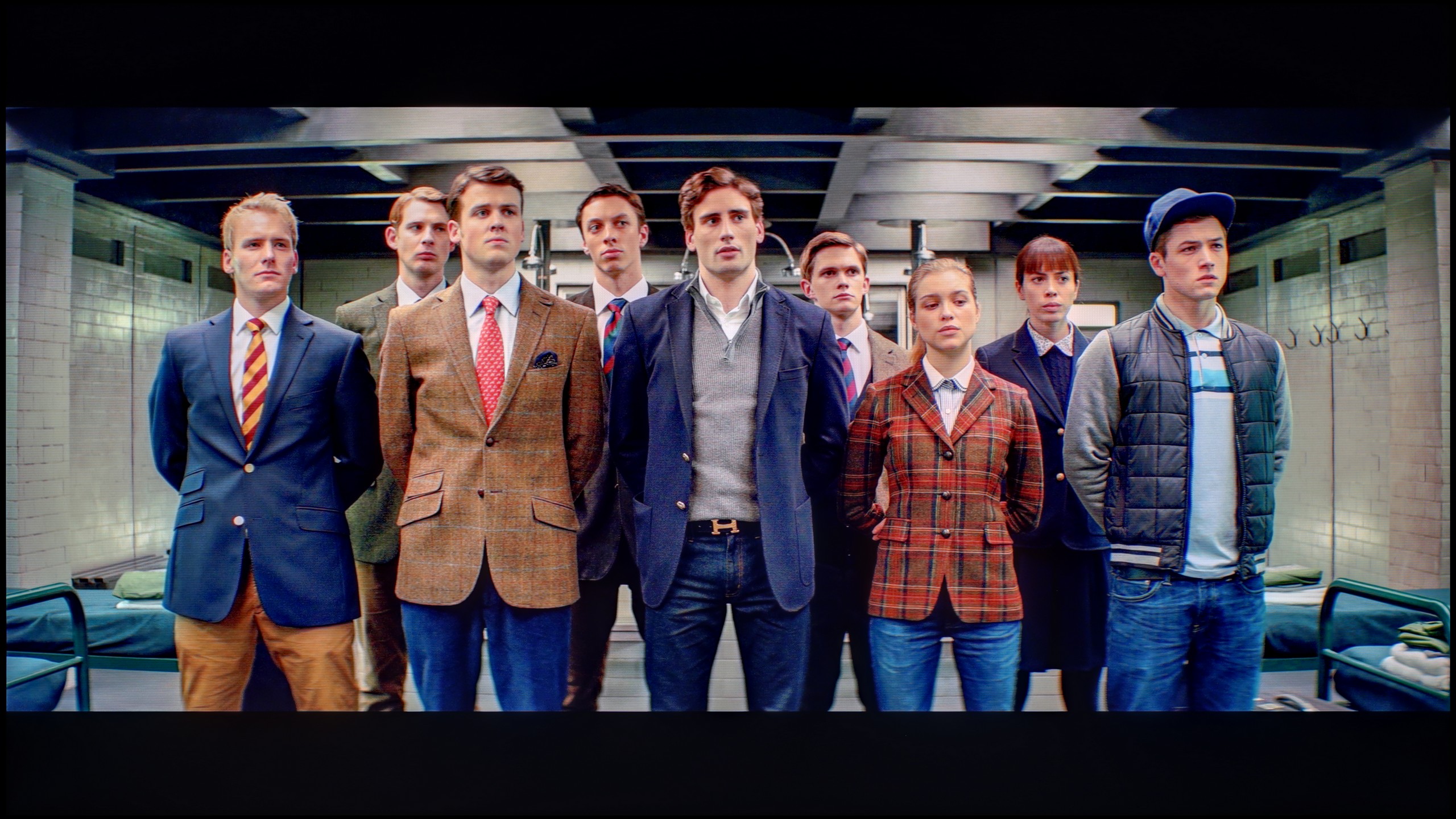
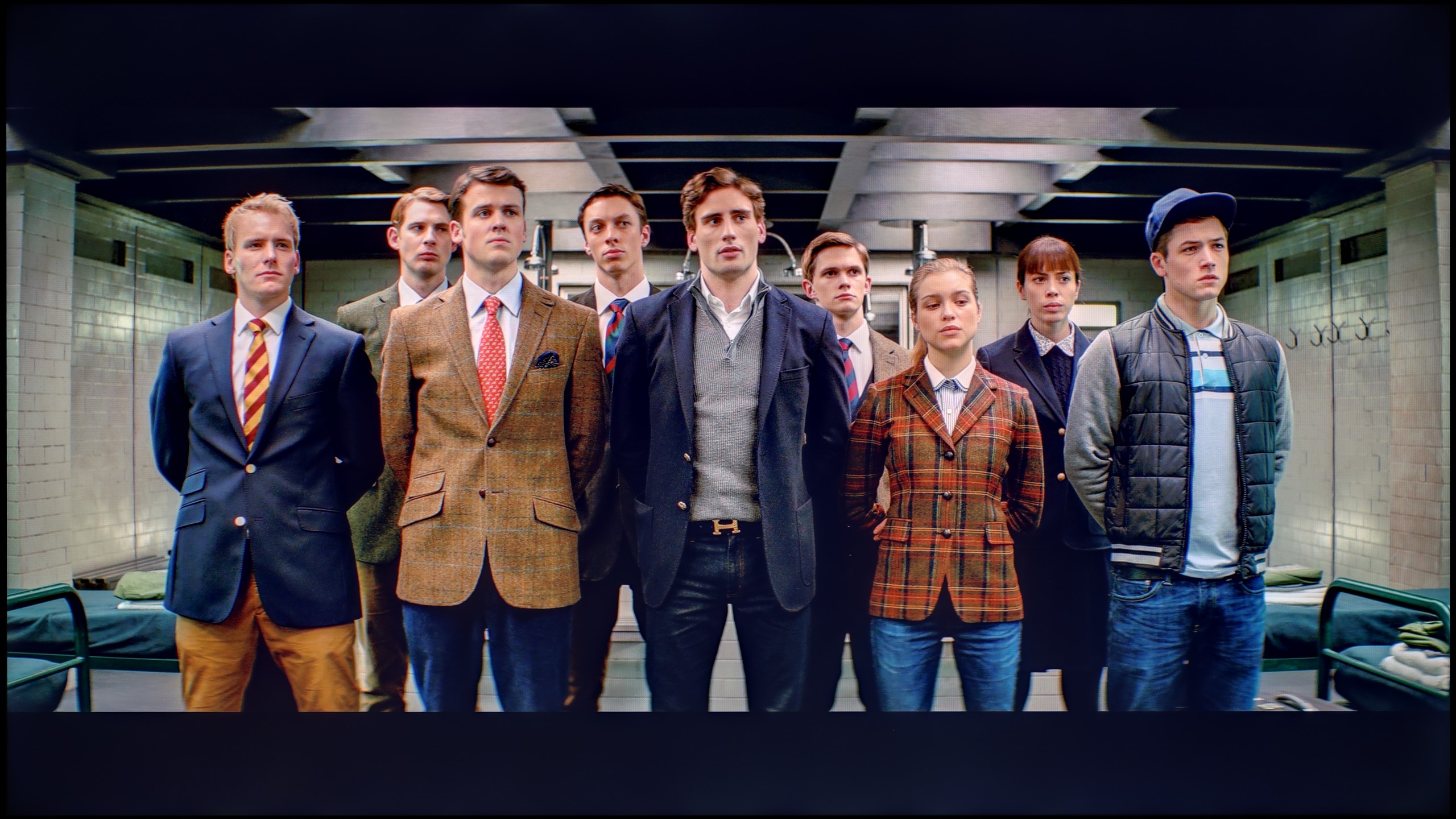
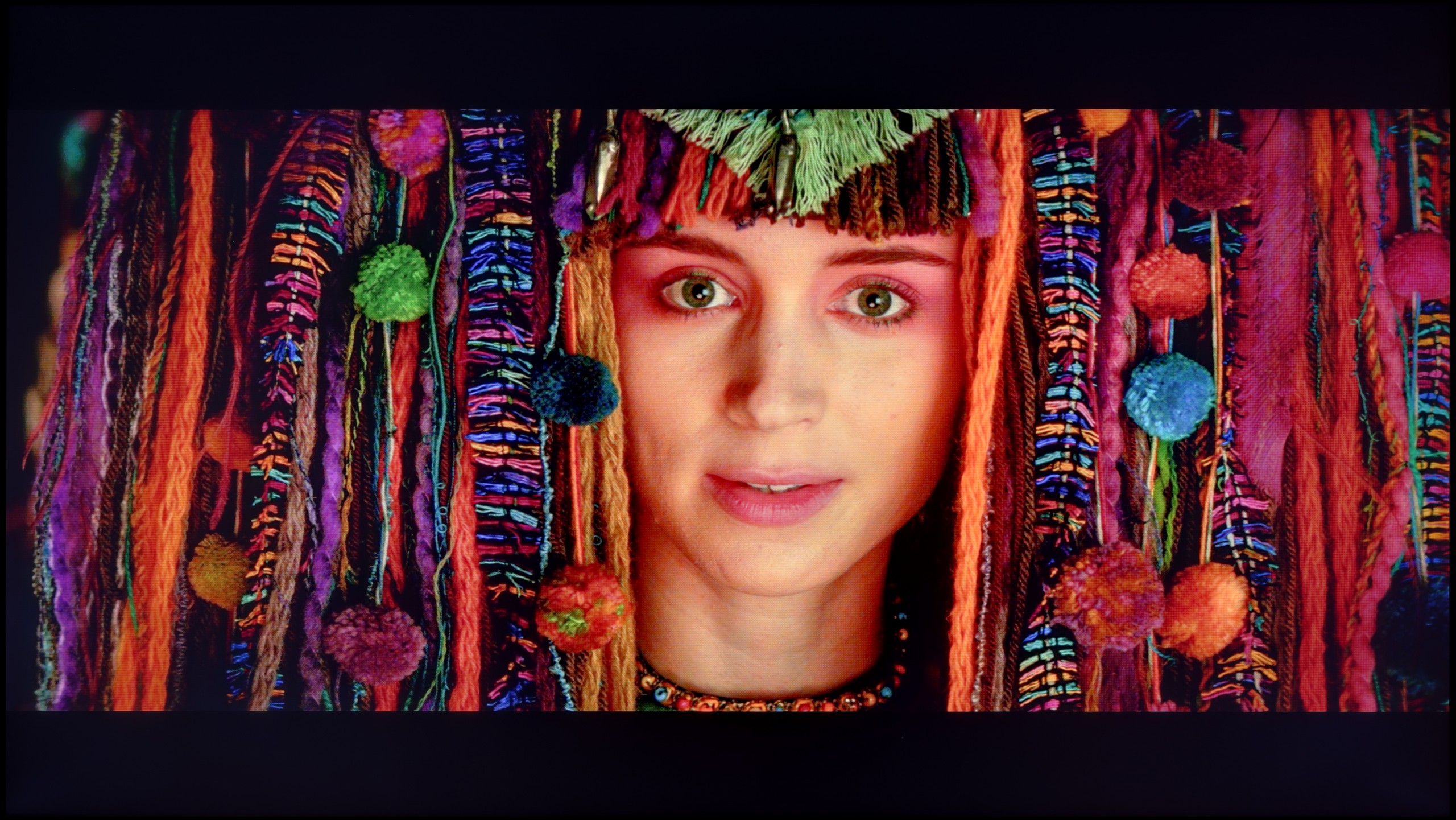

After calibration, we managed to correct the white balance to almost perfection. Older SDR content looks fantastic — most errors are within a value of 2, which is definitely below the threshold of human perceptibility. In HDR, we also brought the white balance to an acceptable level, but a different problem arises here. So why are there still relatively large errors in colour reproduction? This is mainly due to the limited colour palette and the way the television manages brightness. The global dimming technique used does not give the user control in the settings, so analysing the EOTF curve in HDR films, it's clear that the Q8F can modify luminance on its own. This can be seen as a limitation, but still, the image after calibration is much more enjoyable to watch than in the factory version.
Calibration allowed us to extract significantly more from ChooseTV 3 than we could have expected at the beginning. First and foremost, it managed to address the deficiency of blue, which previously caused a noticeable warming of the image. After a slight adjustment in white balance, most errors in the Color Checker measurements for SDR content practically disappeared. The whites took on a natural tone, and brightness management in gamma stabilised to an almost ideal level, not exceeding the threshold of what the human eye can perceive. So it is safe to say that in SDR content, after a few adjustments in the settings, ChooseTV 3 performs really well. It fares much worse, although still definitely better than before calibration, when it comes to HDR content. The white balance has been brought in line, but the limitations of the IPS panel are insurmountable. The lack of local dimming means that even the smallest elements can be overexposed, which is immediately noticeable. Colour-wise, the effect has also improved, although it is far from perfect – many errors still exceed the threshold of four, and even five delta E units, remaining visible to the human eye. It was already clear earlier that ChooseTV 3 is not a television designed to impress with HDR quality. Nevertheless, it is pleasing that in SDR content, after calibration, the picture can look really great and in this category, the television pleasantly surprised us.
Smoothness of tonal transitions
9/10
8/10


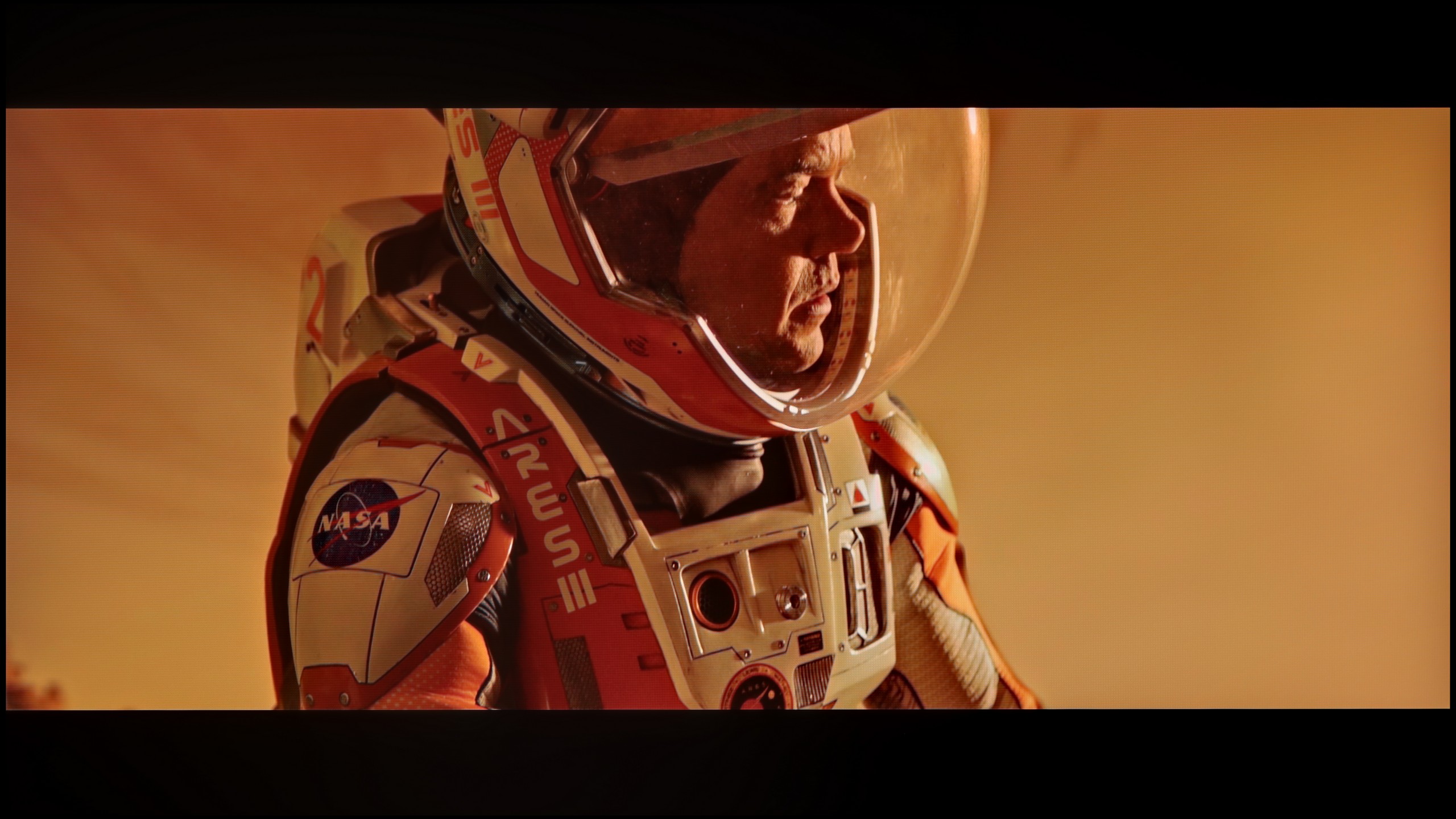

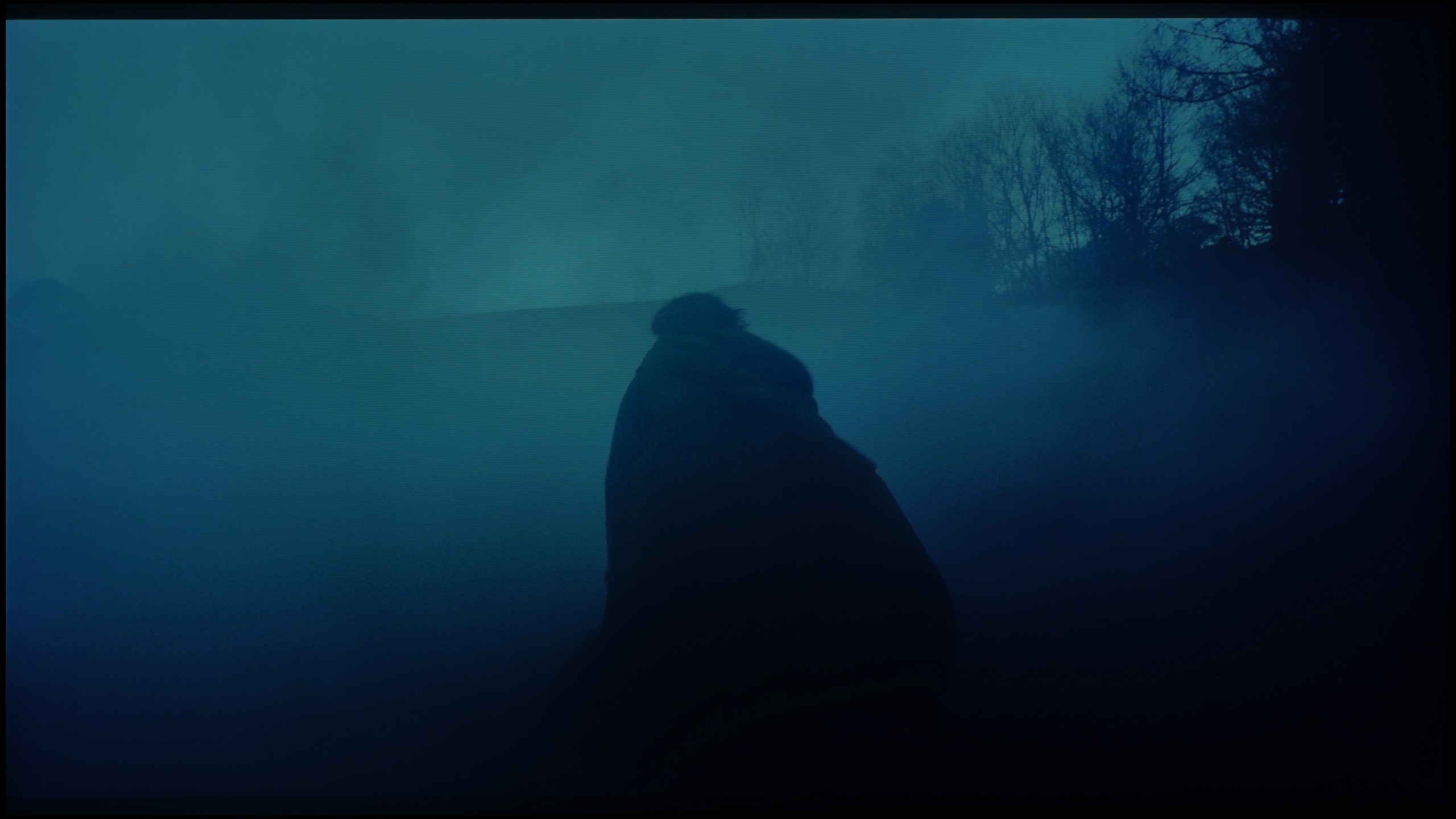
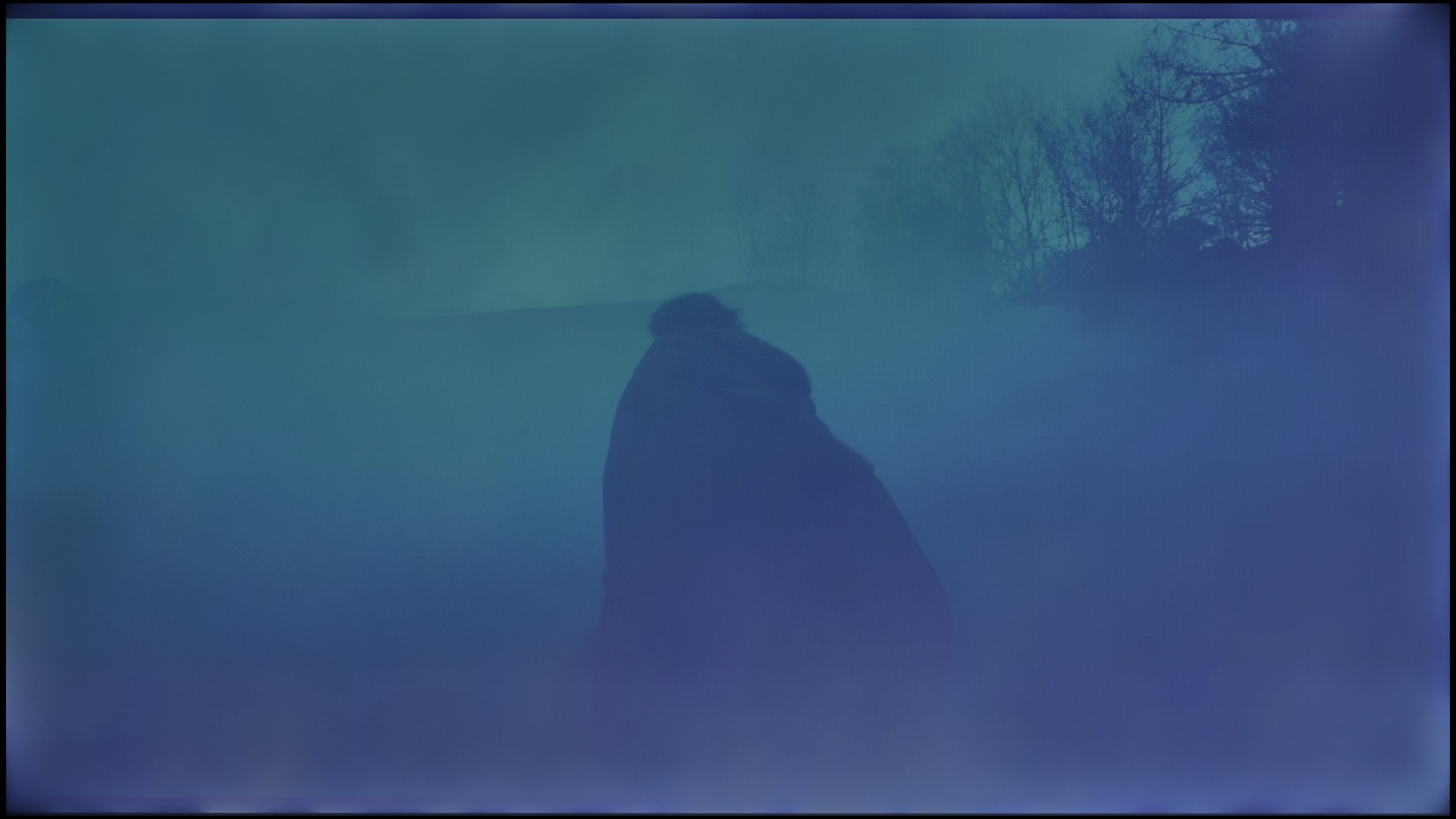

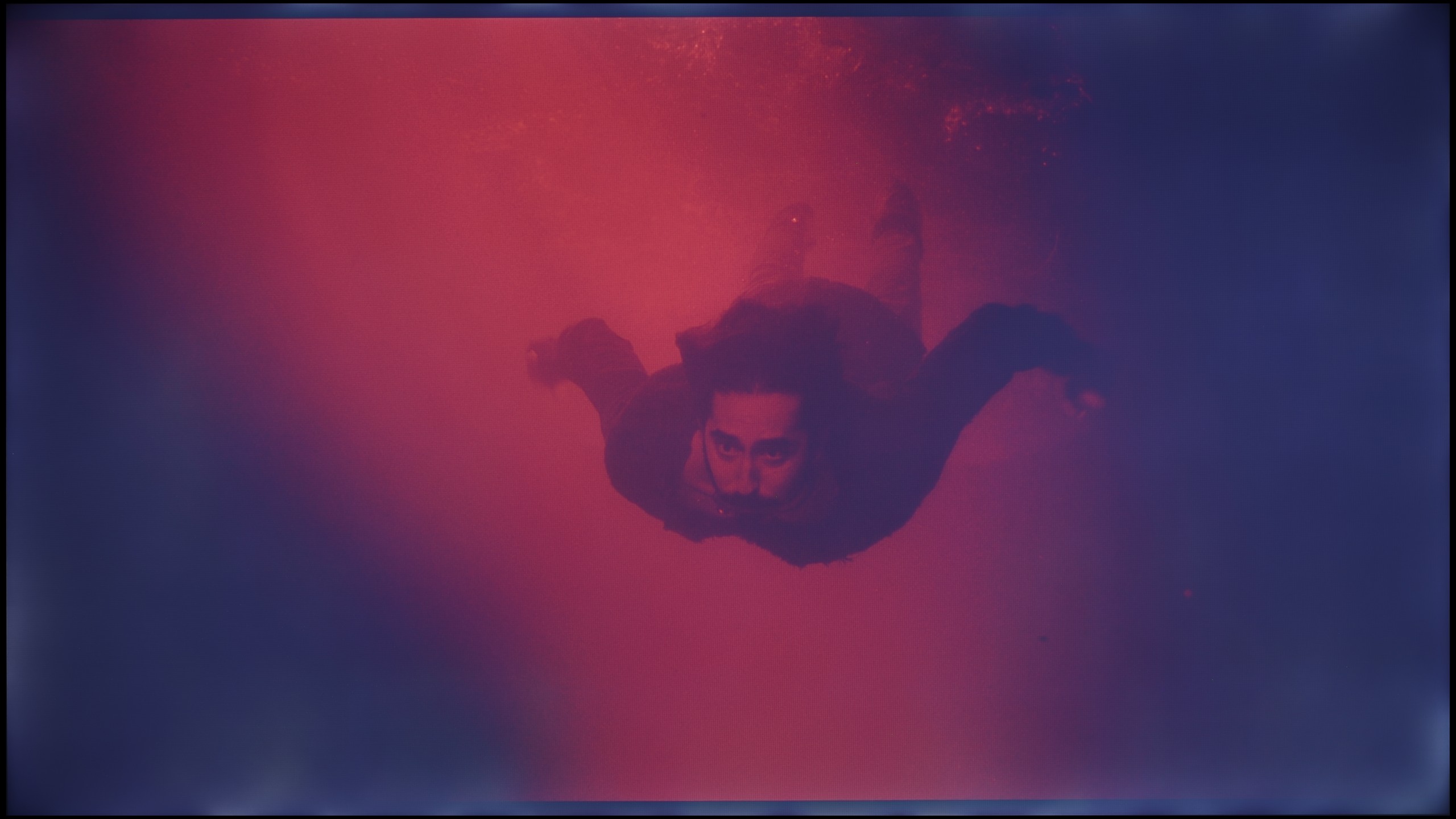




The fluidity of tonal transitions in the Q8F performs really well. The television beautifully blends colours, both in bright segments of the sky and in darker scenes, where visible "steps" in colour can easily occur. Admittedly, sporadic errors do happen, but you have to look closely to catch them. In practice, while watching movies or series, the picture looks cohesive and doesn’t get distracted by any artefacts. Therefore, the rating in this category had to be high. 😉
In terms of the fluidity of tonal transitions, Bravia 3 performs really well. In brighter scenes, we didn't notice any serious errors – the screen handles colour blending almost perfectly and doesn’t create artificial contours that can spoil the viewing experience. Similarly, in darker segments, there are no major issues with colour gradation, although another problem arises here. Strong brightening and uneven backlighting of the panel in dark scenes make it difficult to definitively assess the gradation itself, because the effect is spoiled by the unevenness of the image. However, if we focus solely on colour blending, the result should be regarded as very good.
Image scaling and smoothness of tonal transitions
5/10
7/10
Smooth transition function
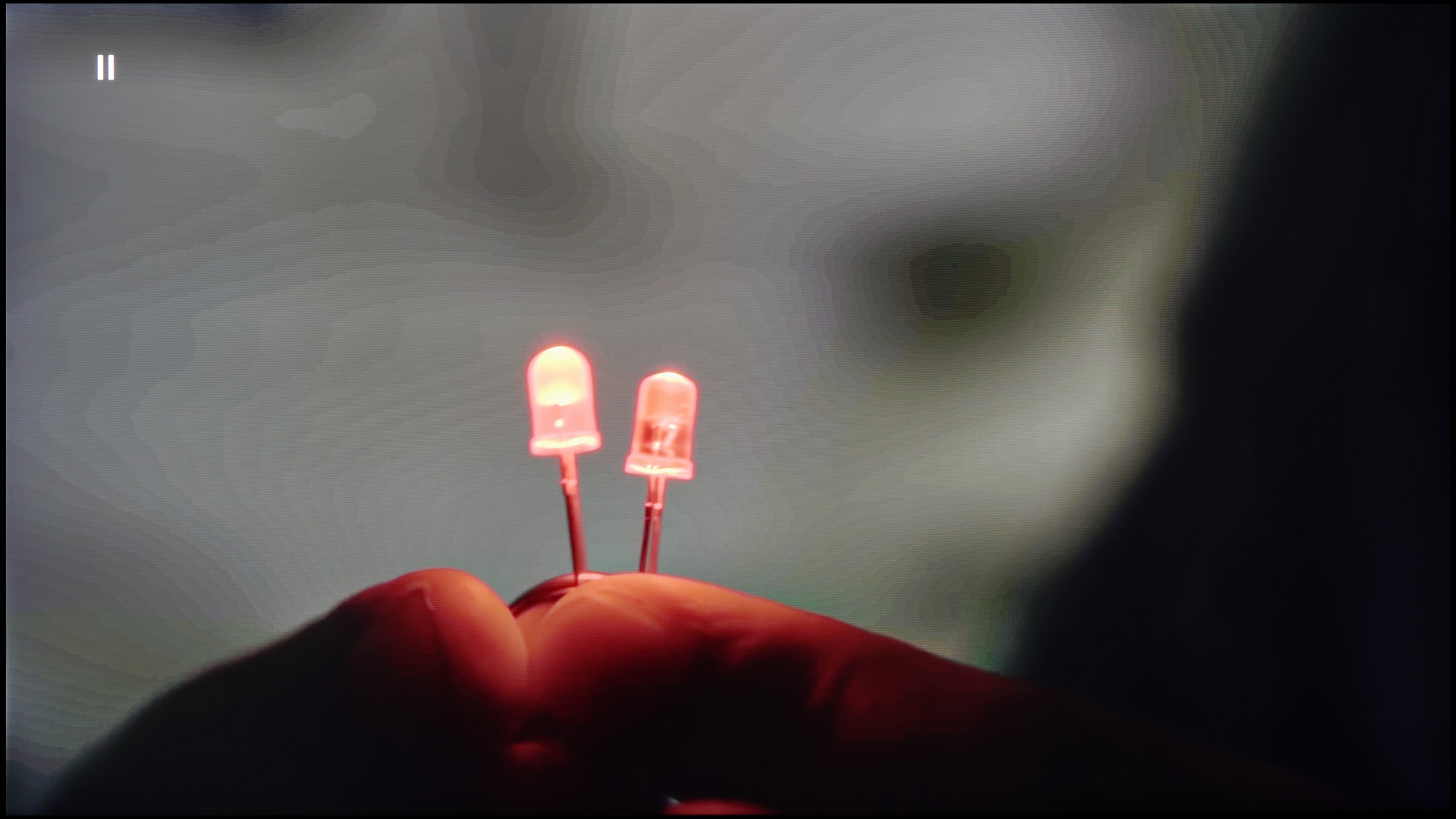
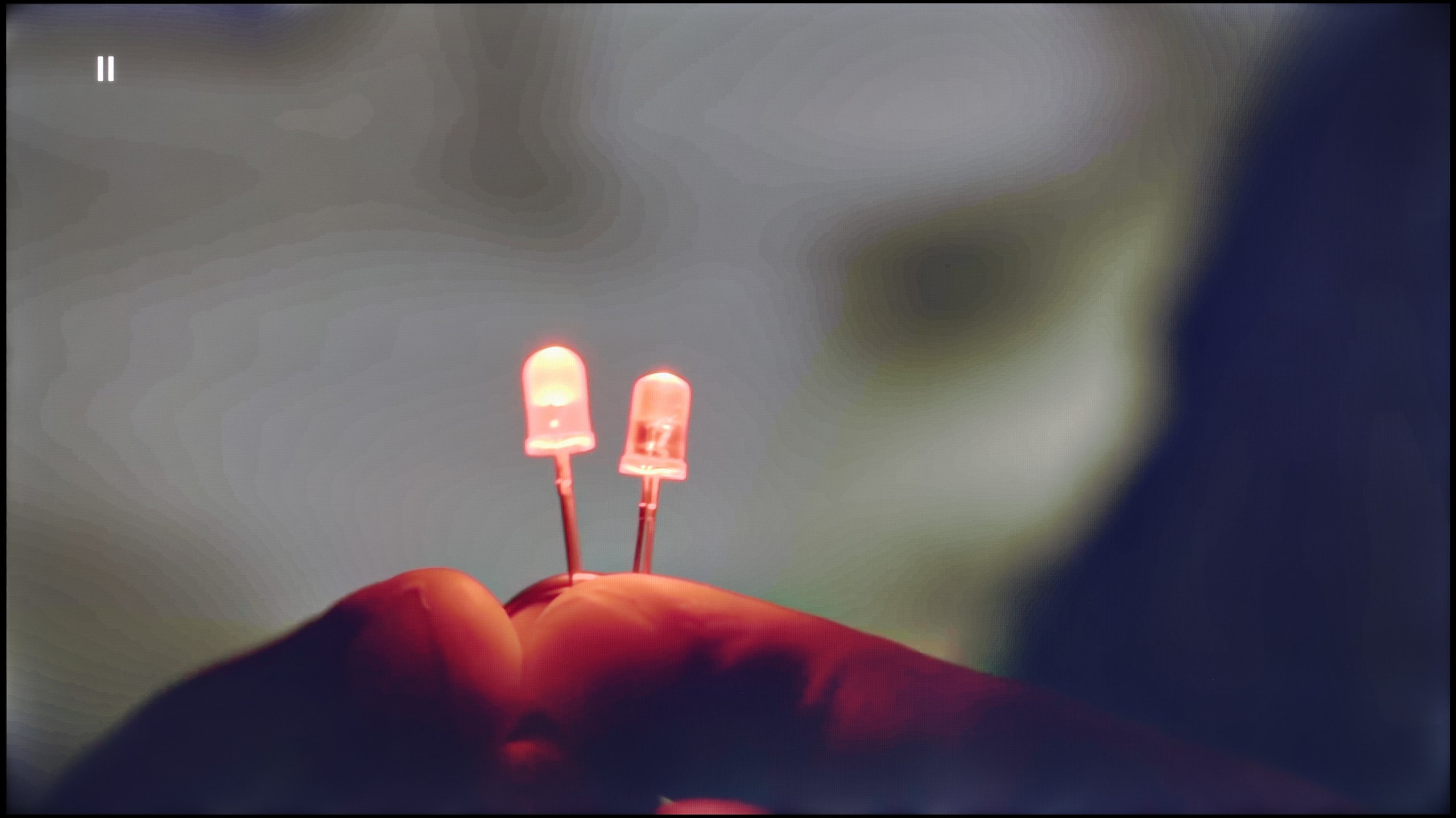
Image without overscan on the SD signal
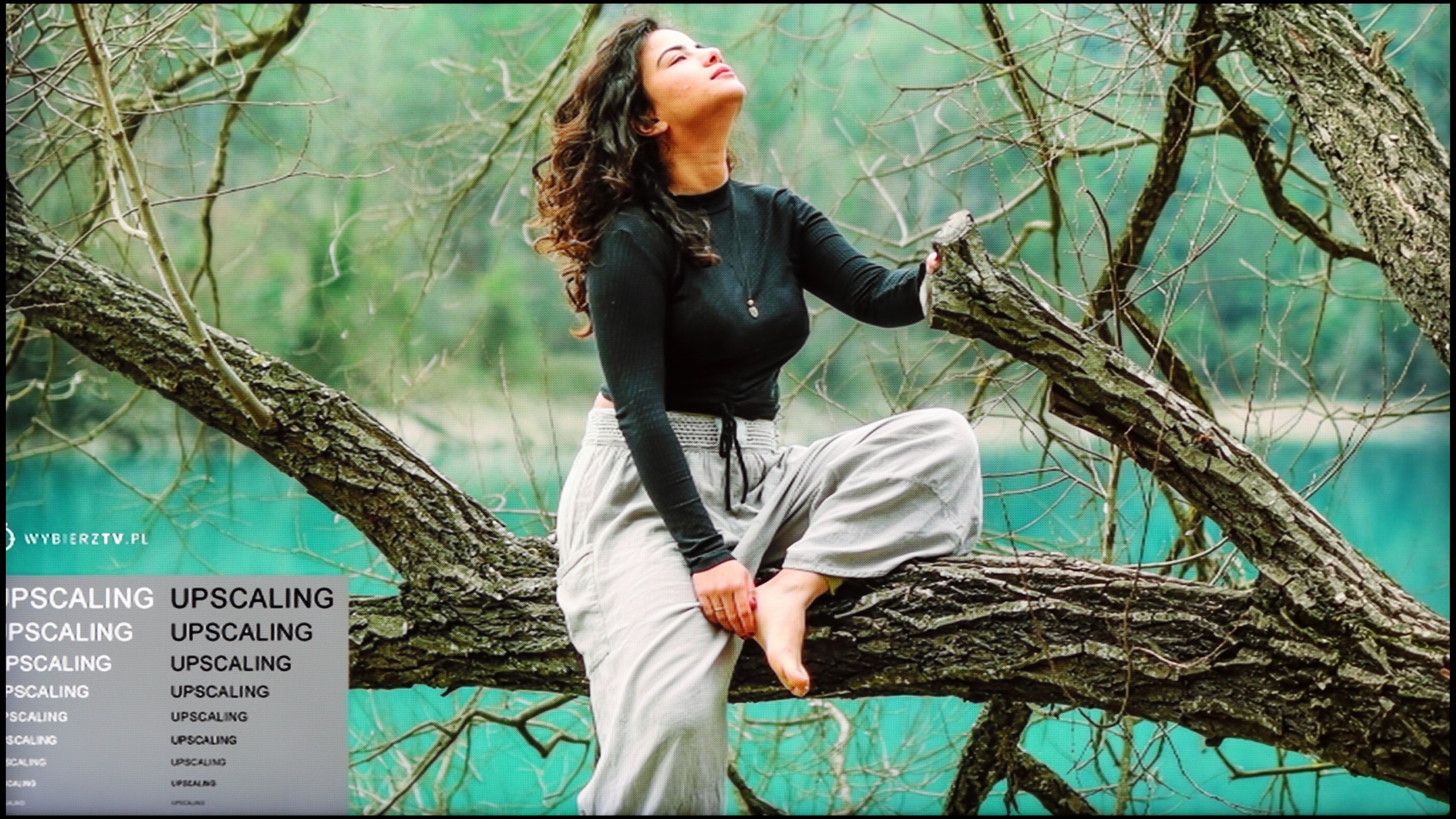

Let's see how the Q8F handles older content, which often has poor quality. Starting with the positives: the upscaling works really well. The TV performs nicely with both classic television and materials from YouTube, not giving the impression that we're dealing with something completely unattractive. It struggles more with content in very low resolutions, such as 576p — the image can be cropped, and unfortunately, the overscan phenomenon cannot be disabled. Moreover, the digital processing does not look great either. The noise reduction feature, instead of removing unwanted artefacts, smooths out almost everything: film grain (which many viewers desire) disappears along with the texture of the image, and actors' faces start to resemble characters from cheap Turkish soap operas. It's hard to consider this option useful — it's best left completely off. Perhaps Samsung will refine the function’s performance in updates, but for now, it’s difficult to view it as anything other than an unnecessary addition.
Bravia 3 brings something more to the Sony television family than just a shared name. It stands out primarily for its ability to enhance the quality of weaker materials thanks to the processor used. Of course, we won’t find the advanced XR chip known from more expensive models here, but nonetheless, it must be said that the image in lower resolution looked surprisingly good. The scaling worked effectively, and most areas of the screen were free from the typical excessive edge roughness found in budget constructions.
Also worthy of attention is the function that improves the smoothness of tonal transitions. In high setting, it works really well, effectively masking gradation imperfections without significant loss of detail. It does happen that the algorithm overzealously smooths elements that should remain sharp – for example, faces – however, in the overall assessment, the effect is beneficial. The best results were achieved precisely at the highest setting, and this is the option we could recommend to those watching lower-quality content.
Blur and motion smoothness
5.7/10
5/10
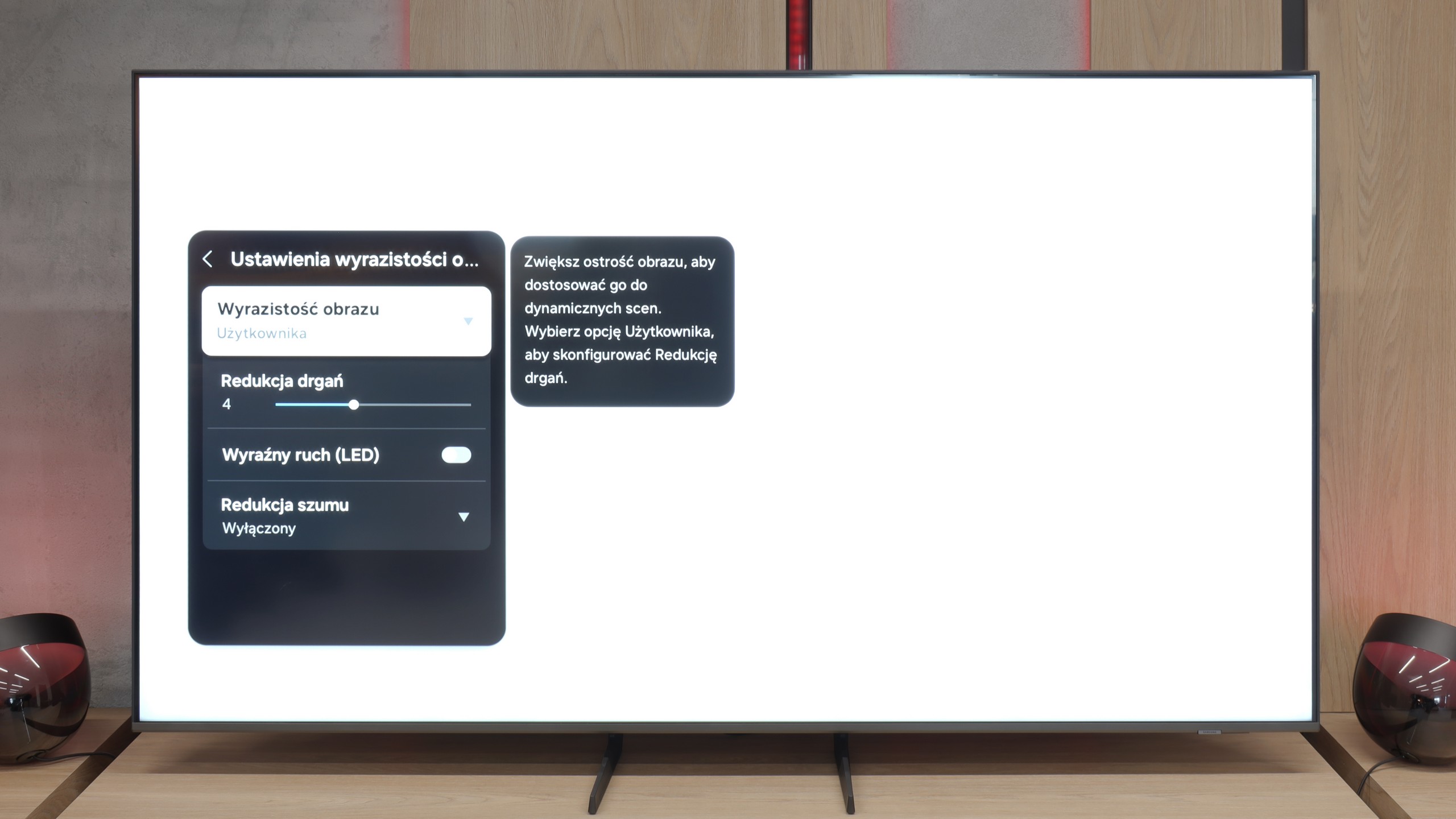
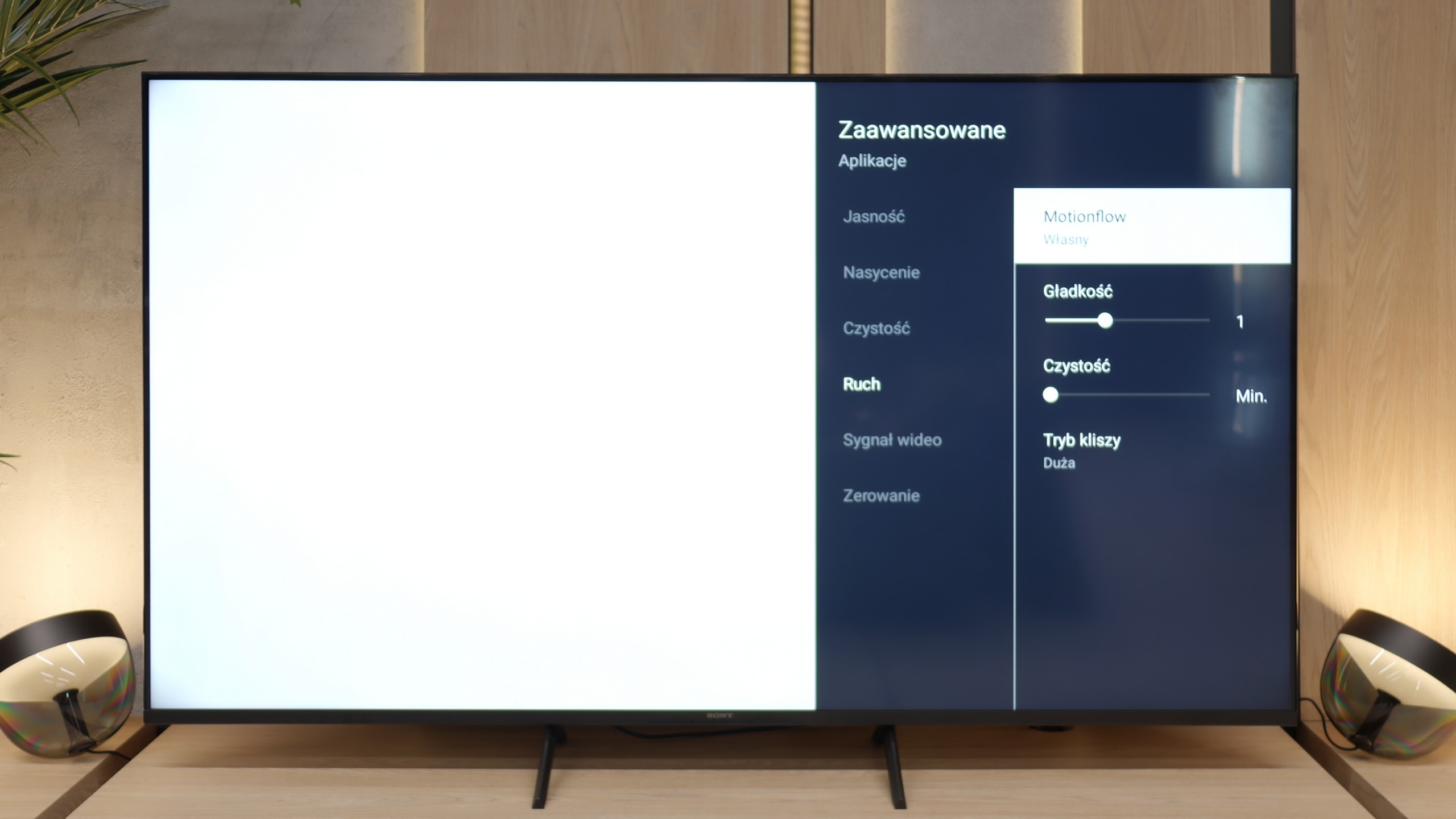
Blur (native resolution, maximum refresh rate):
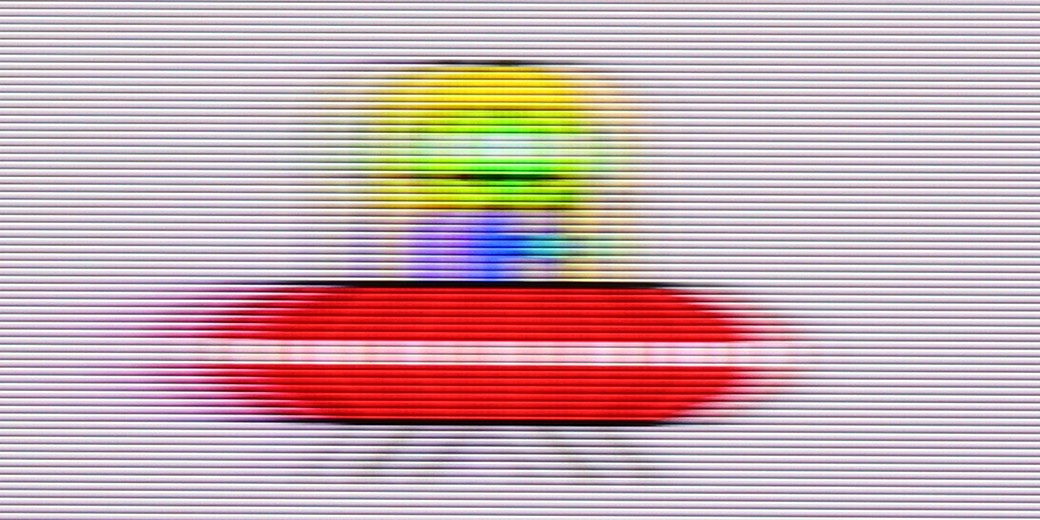
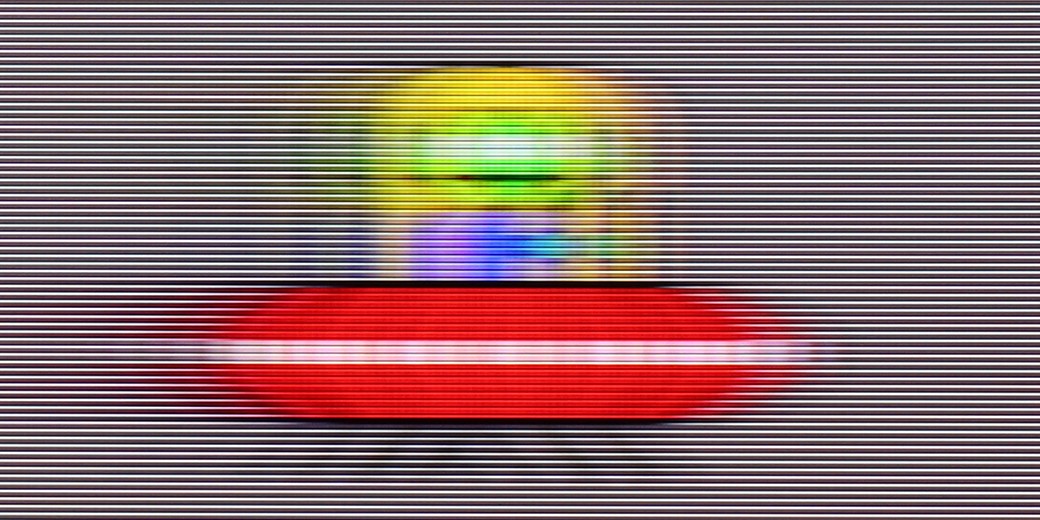
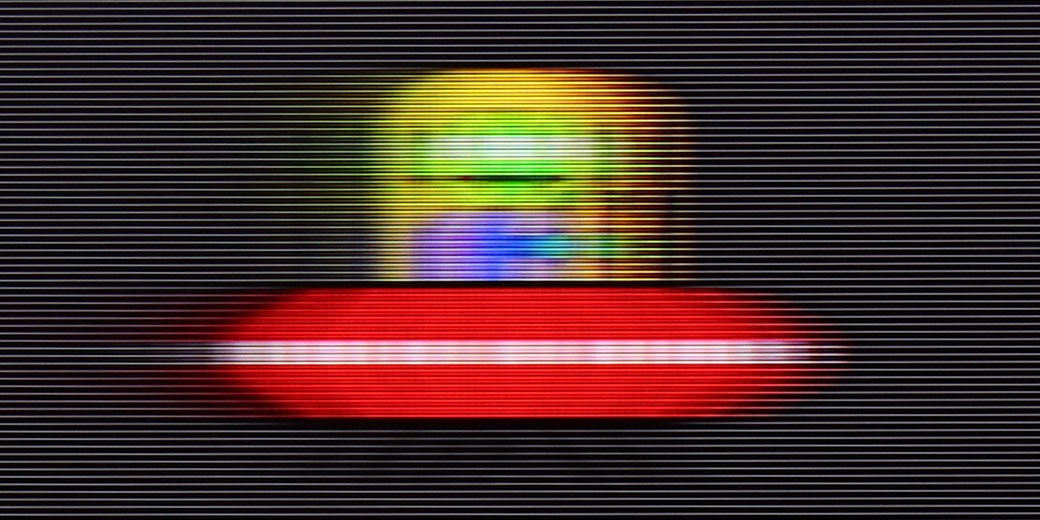
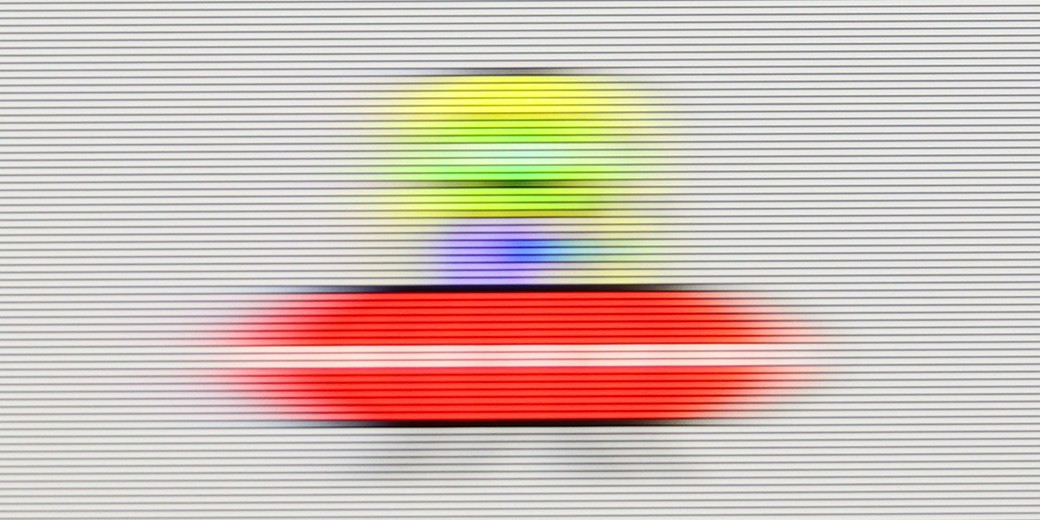
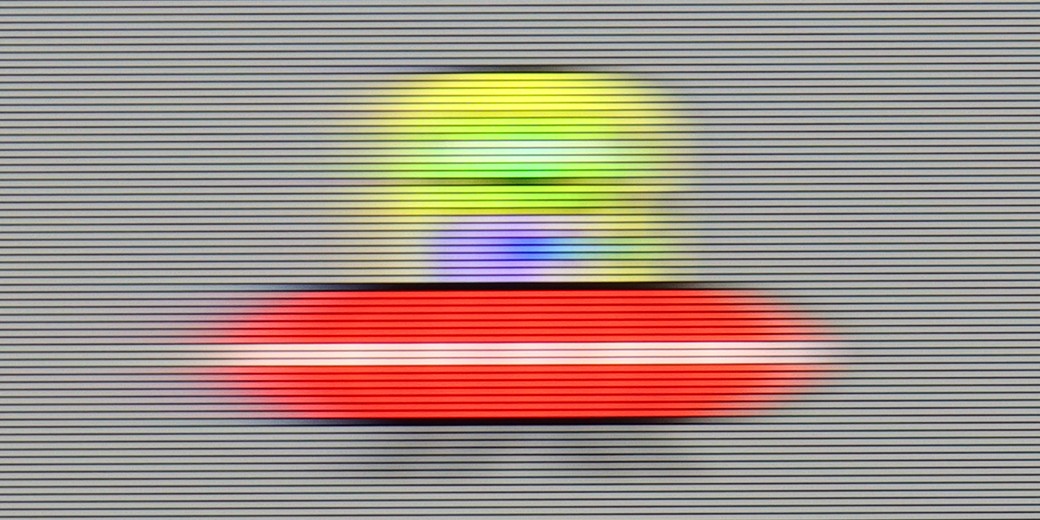
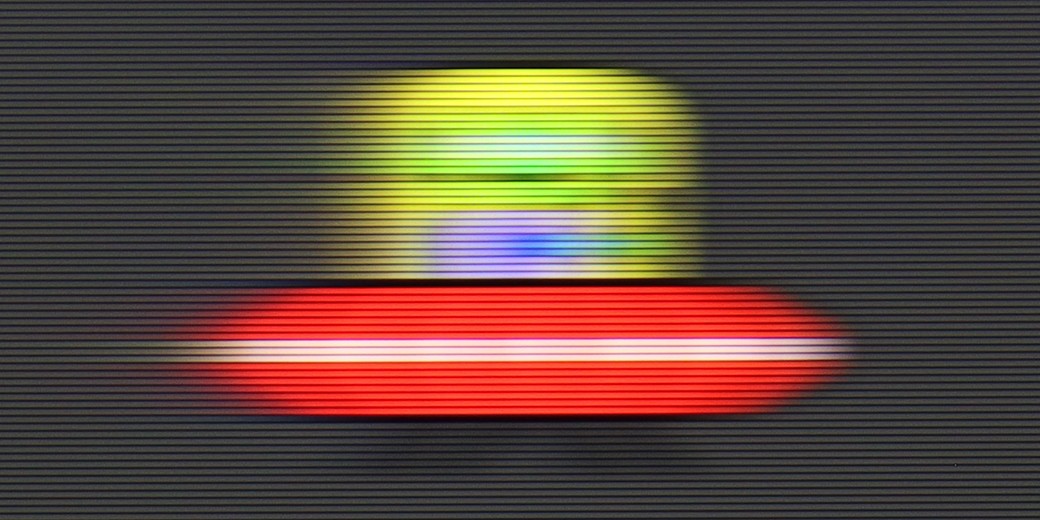
Blur (BFI function enabled):


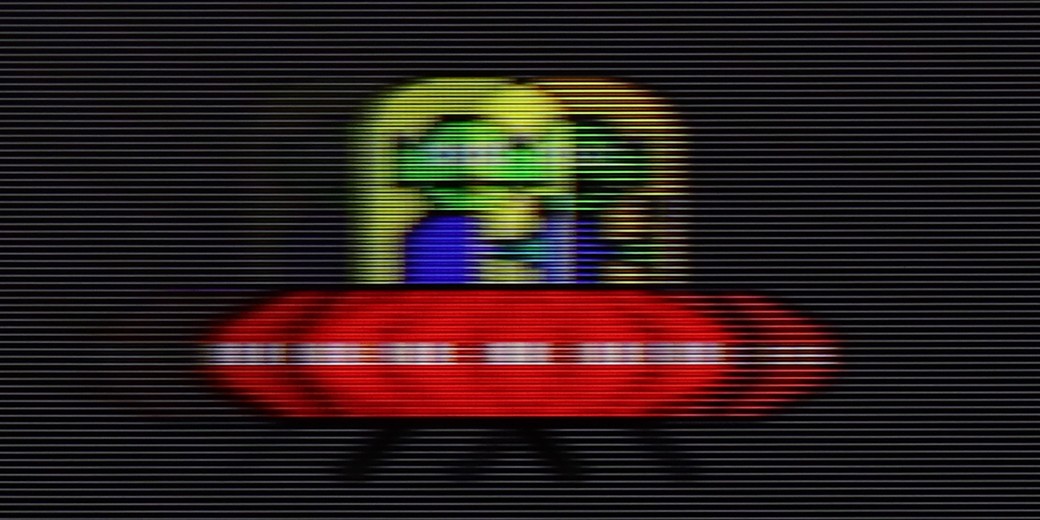
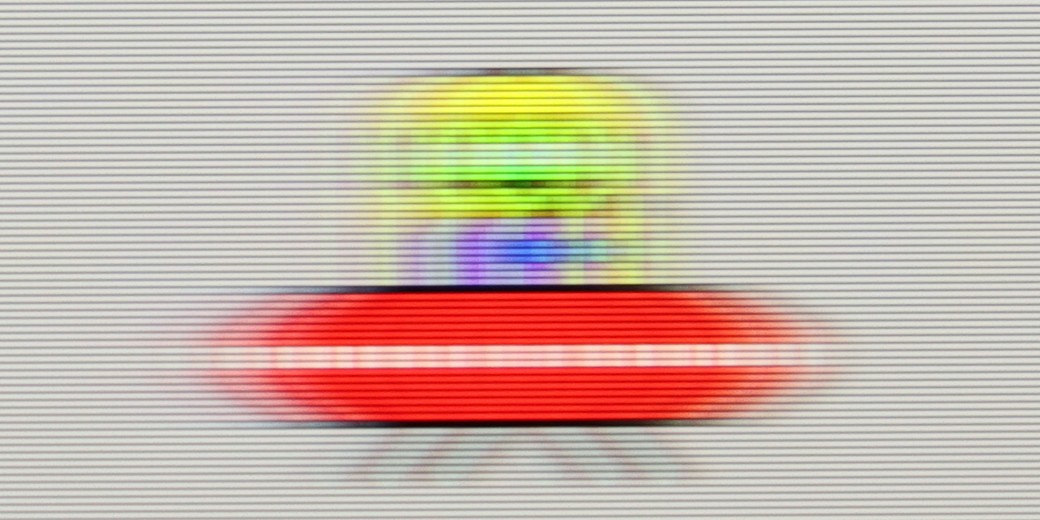
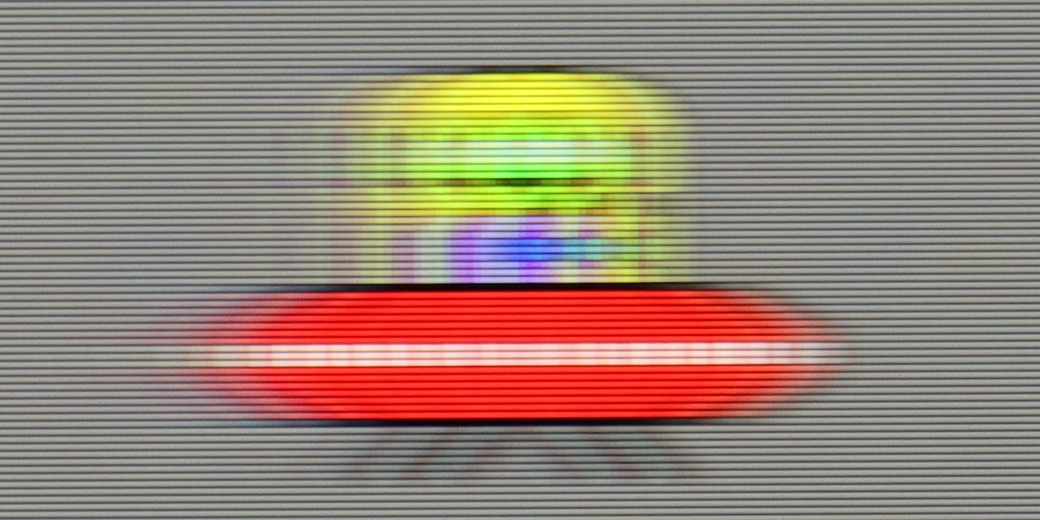
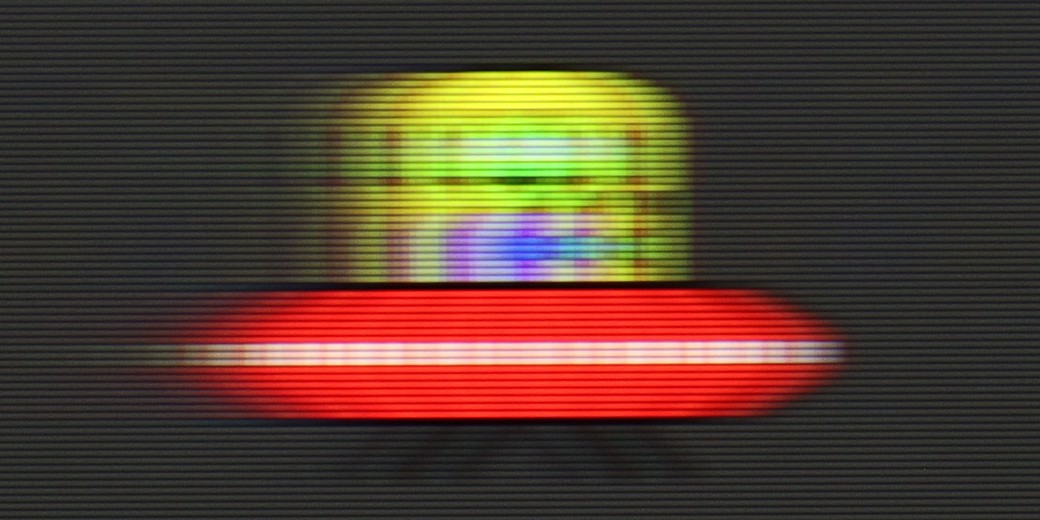
Due to the applied 60 Hz panel, it's hard to call the Q8F a television made for gaming or watching sports. The panel isn't particularly fast, making motion blur clearly visible. If you were expecting a spectacular, almost 'stadium-like' experience during broadcasts, you might feel a bit disappointed. Fortunately, for movies and series, Samsung hasn't given up on the motion smoothing function. It's nothing more than a smoother that allows for improved fluidity of productions recorded at 24 or 30 frames per second. This way, you can decide for yourself whether you prefer a more fluid, 'television-like' image or to retain the cinematic character. It all depends on the viewer's preferences, and the ability to adjust this parameter is undoubtedly a plus.
Motion smoothness has never been a strong point of televisions equipped with 60 Hz panels, and the Bravia 3 is no exception. Nevertheless, Sony has included something that may appeal to those more sensitive to the way images are displayed. I'm talking about the proprietary motion smoother, Motion Flow, which gives the user plenty of adjustment options. With it, one can make the image smoother, almost theatrical, or stick to a more cinematic style with characteristic judder that many people simply associate with a filmic atmosphere. These functions work with content at lower frame rates, such as films and series recorded at 24 or 30 frames per second, which is the material we deal with on a daily basis. This is precisely where the motion smoother proves to be one of the most important features in everyday TV usage, and here, the Bravia 3 performs really decently.
Console compatibility and gaming features
3.7/10
4/10
- ALLM
- VRR
- VRR range
- Dolby Vision Game Mode
- Correct implementation of HGIG
- 1080p@120Hz
- 1440p@120Hz
- 4K@120Hz
- Game bar
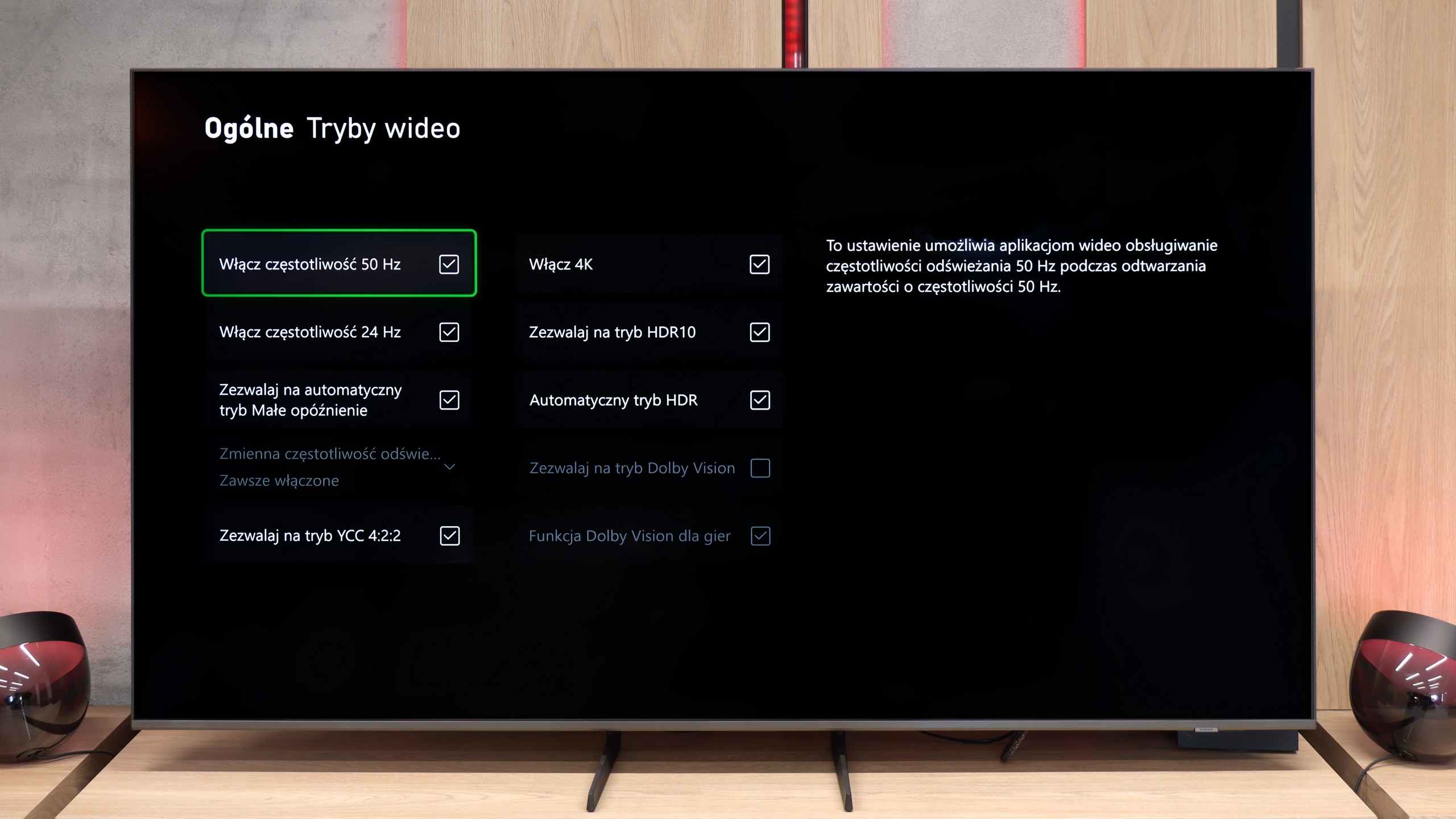
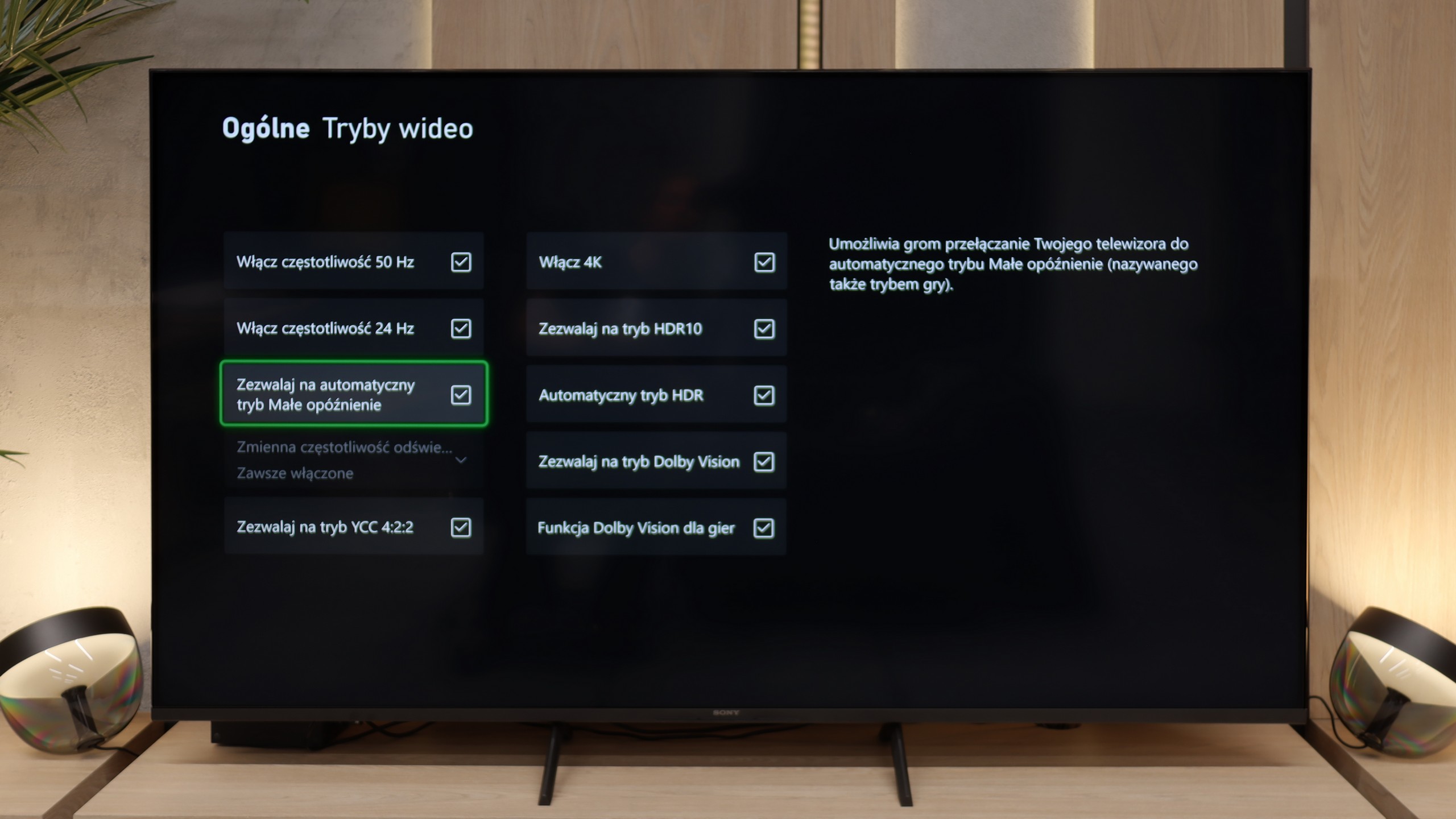
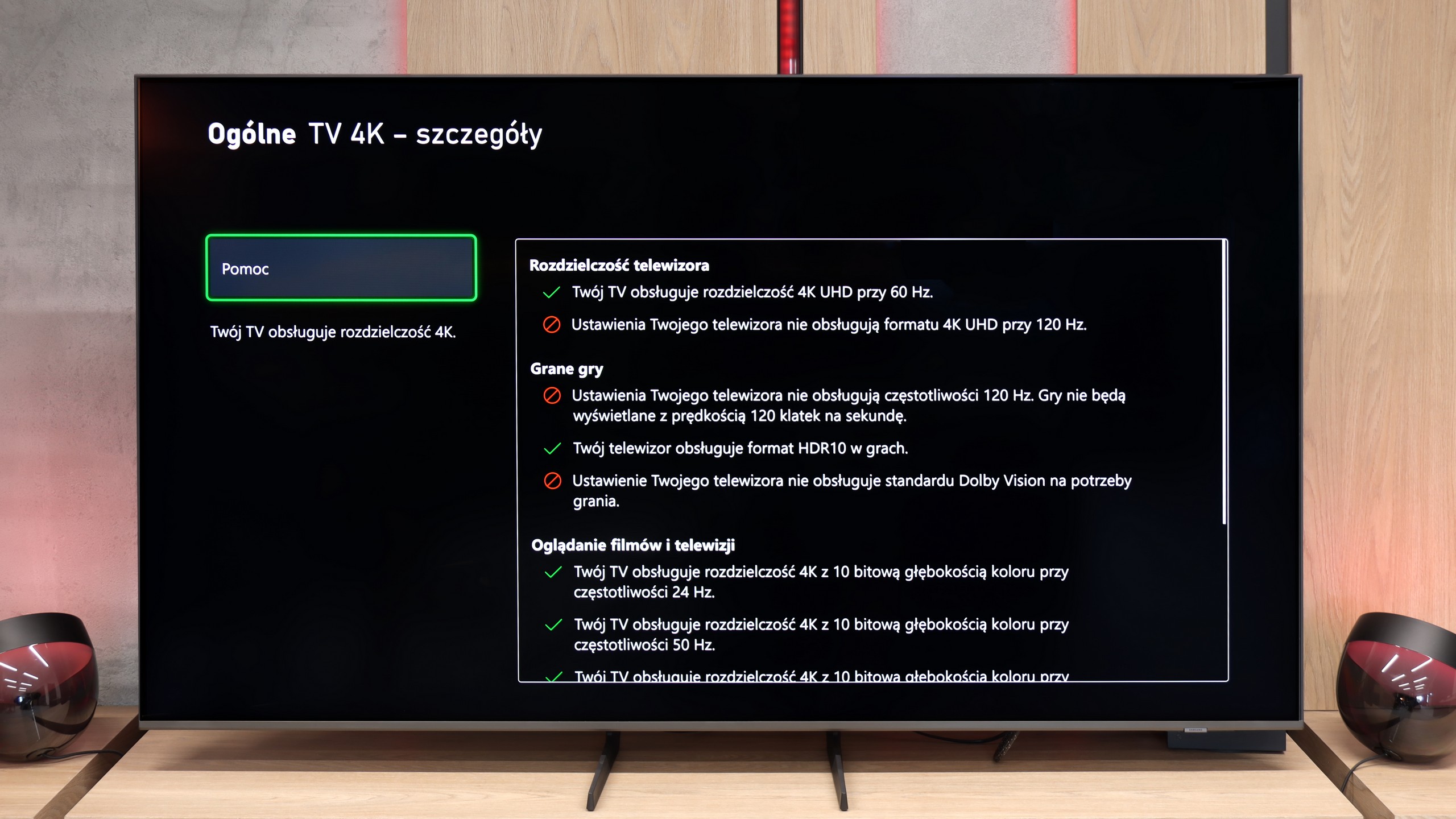
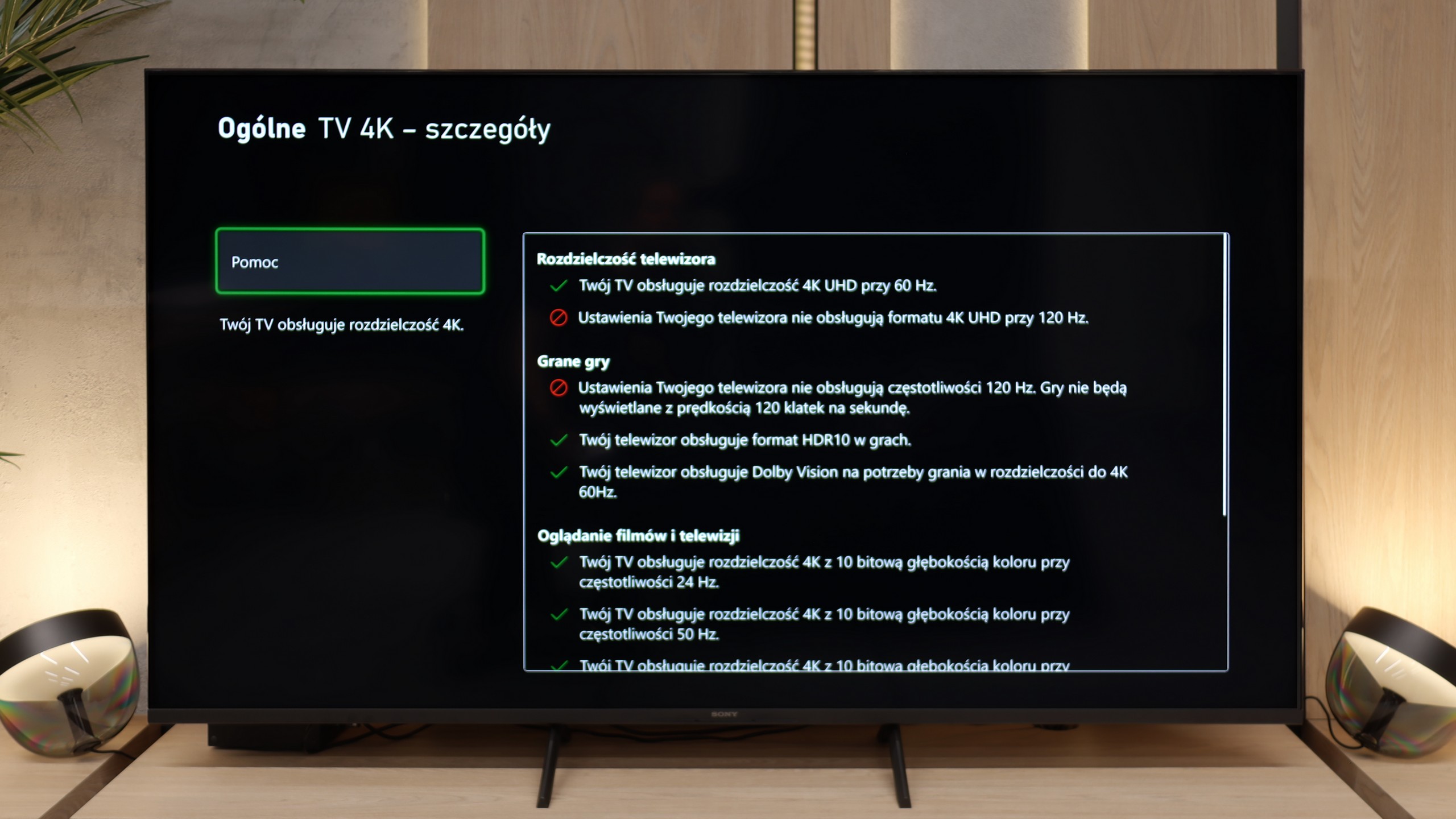
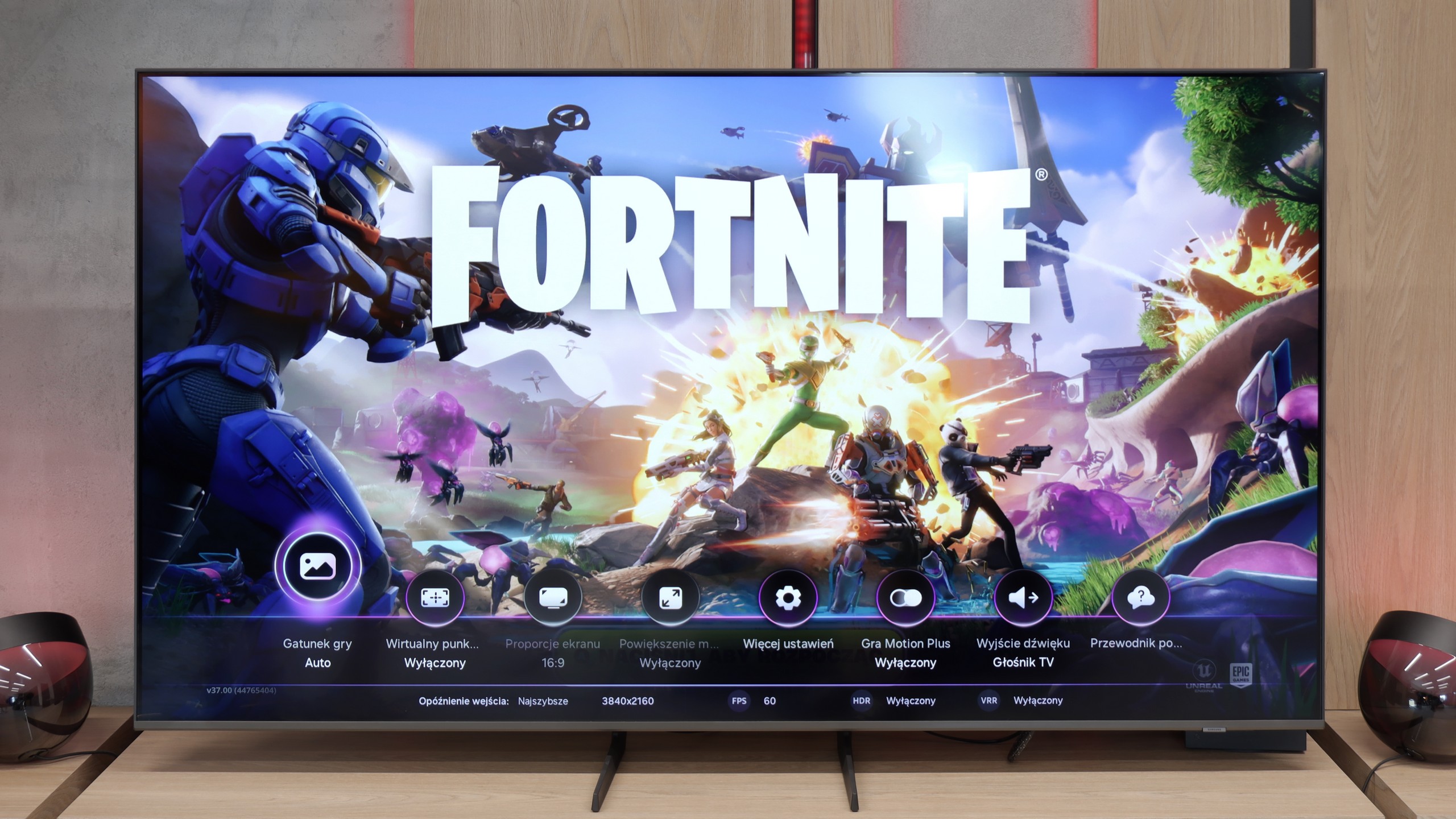
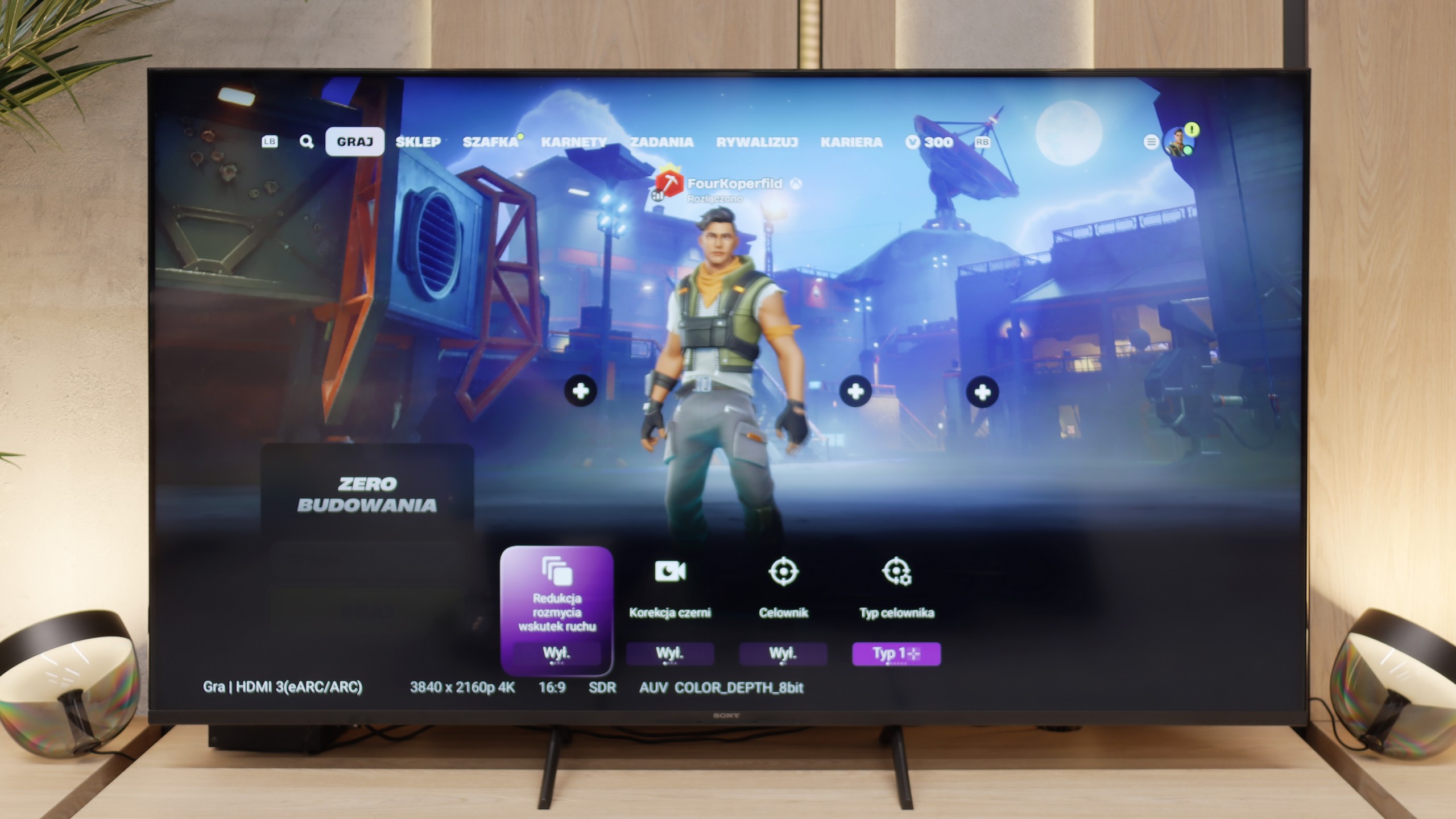
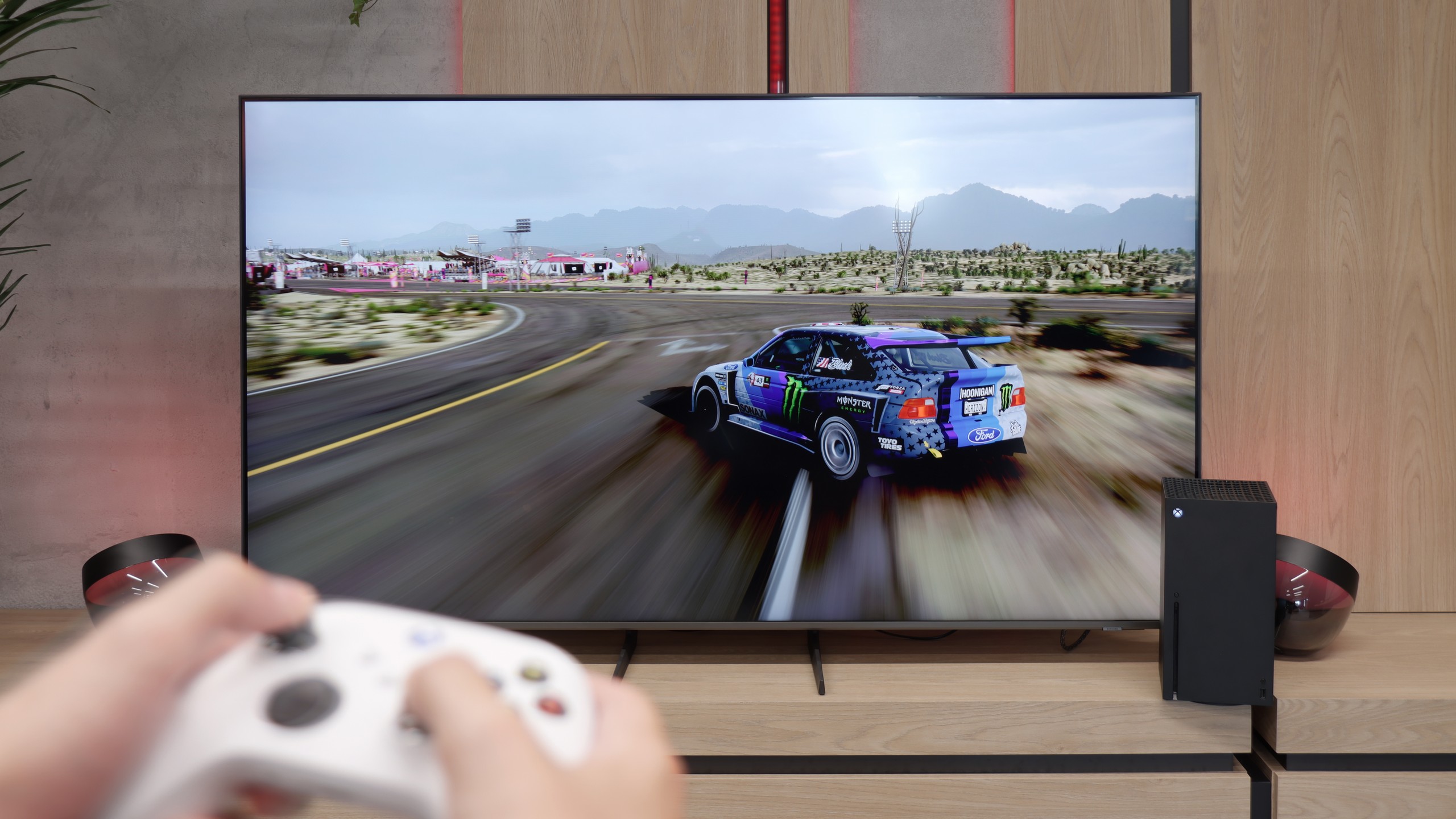
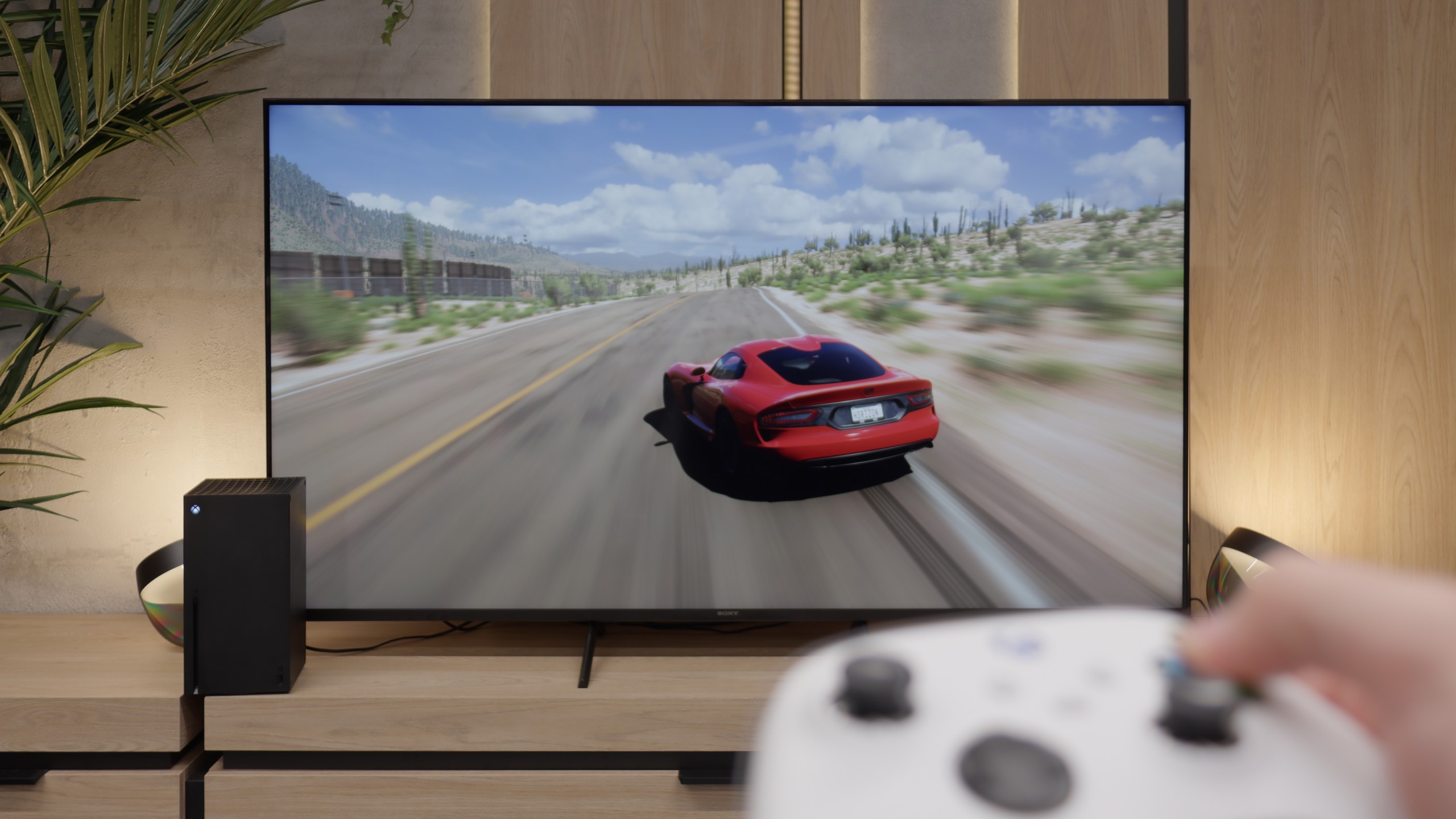
It's not entirely clear what Samsung has messed up this year with its TVs, but the Q8F isn't free from all the confusion with updates and shortcomings. While its older cousin, the Q67D, could still be recommended with a clear conscience to casual gamers, it's hard to find a reason to do so here. Aside from the automatic game mode and the attractively designed Game Bar, we get practically nothing that could appeal to gamers. The lack of proper HGiG implementation is a major issue, especially since the feature simply disappeared after the 1126 update. The situation with VRR is even worse. Even though it appears in the manufacturer's brochures and shows up in the Game Bar, we couldn't get it to work. The Xbox Series X console wouldn't allow it to be activated at all, and the option remained greyed out and inactive. It's difficult to praise such a TV even to casual gamers, which is a shame because Samsung has had a strong selling point in the gaming segment for years.
Bravia 3 is not gear for e-sports enthusiasts or fans of late-night marathons with a controller in hand. The lack of 120 Hz refresh rate and HDMI 2.1 ports shuts down the conversation before it even gets started. This is a TV for casual gamers who, after work, will fire up FIFA or racing games, not for someone who measures every frame in a spreadsheet. Nonetheless, Sony has thrown in a few nice additions so it’s not completely sparse. ALLM works as it should, automatically switching the TV to game mode (low latency). We even find a simple Game Bar here, which is clear and intuitive. However, the biggest curiosity here is the PlayStation Portal app. Thanks to this, you can launch PS5 games wirelessly and see them right on the TV screen. It sounds great, but it only takes a few minutes to feel significant lag. In our opinion, it's more of a showcase of capabilities than something that can be used day-to-day. If someone really wants to game, it's better to plug the console in with an HDMI cable and forget about wireless issues.
Input lag
9.9/10
10/10
SDR
HDR
Dolby Vision
Fortunately, when it comes to gaming, Samsung didn't try to "improve" anything and the input lag remained at an excellent level. Results hovering around 10–15 ms mean that the delays are practically unnoticeable. The controls are instant, and the responses from the console or computer appear on the screen without any noticeable delay. In this regard, the Q8F performs exceptionally well and it's hard to fault it.
Here, the Bravia 3 shows its best side. Latency drops below 12 milliseconds in almost every resolution and mode, so the response to controller movements is instantaneous and there’s no sense of delay. It feels like the console and the television are speaking the same language, without unnecessary pauses and hesitations. The Dolby Vision Gaming mode deserves special attention. In its predecessor, the X75WL model, using this feature was simply a nightmare – input lag could reach over 100 milliseconds, which effectively ruined the enjoyment of gaming. In the Bravia 3, this issue has been completely eliminated.
Compatibility with PC
6/10
6/10
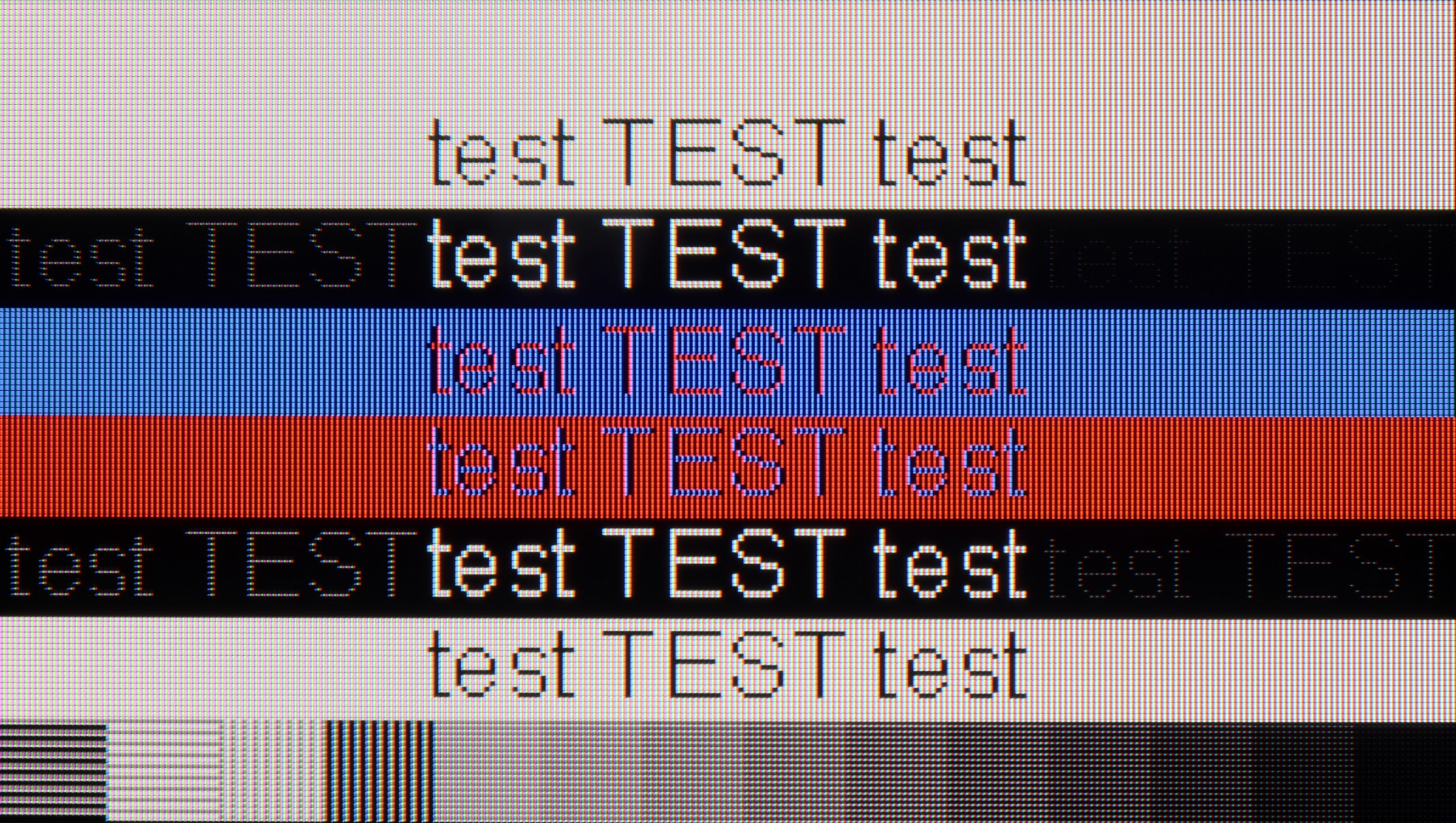
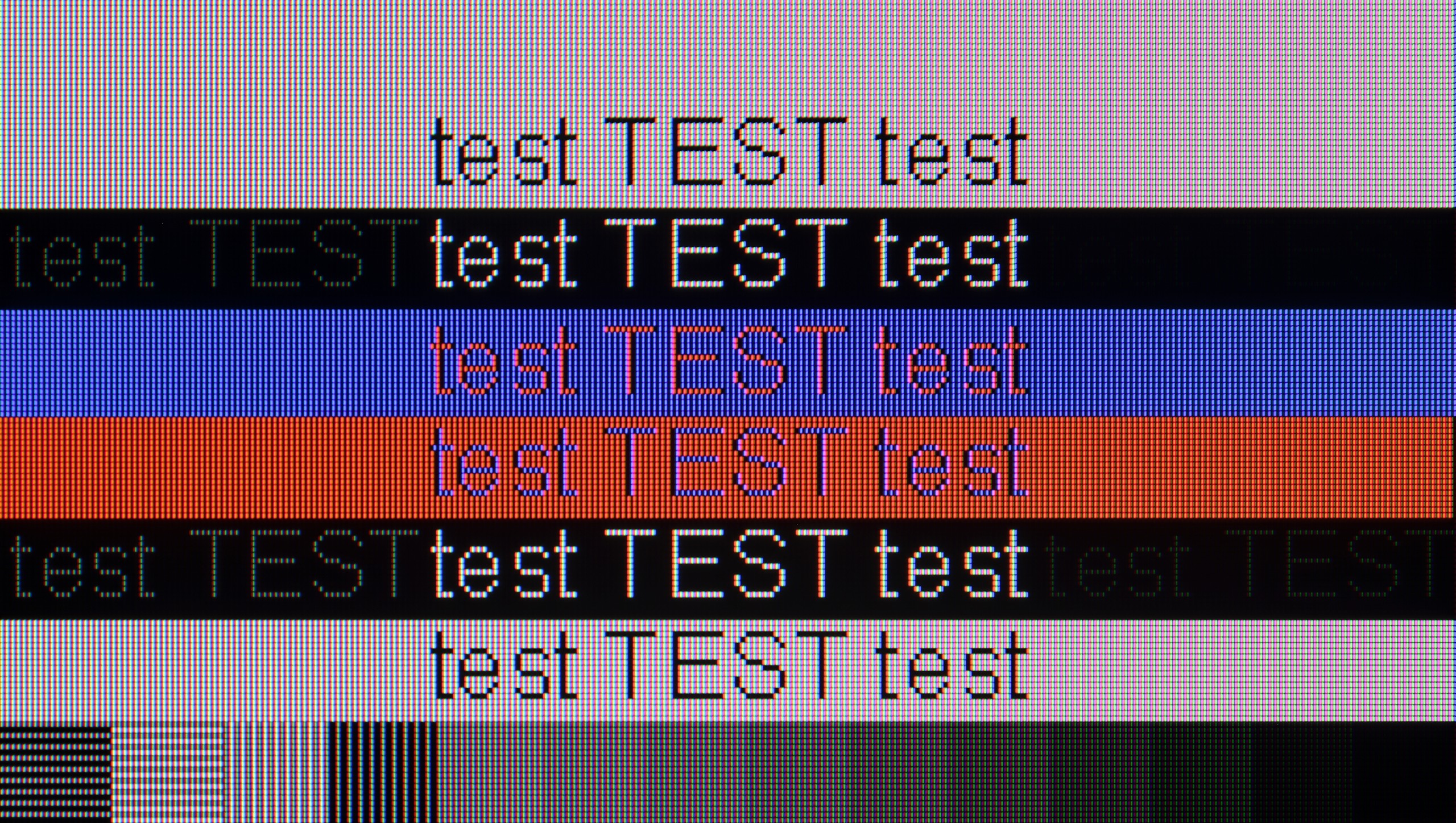
While playing on the Q8F isn't exactly the most attractive option—it's lacking modes with lower resolution and higher refresh rates, plus there are issues with VRR (G-Sync) and the panel is limited to 60 Hz—it performs excellently as a monitor for work. Font readability is at a very high level, so working with text or spreadsheets in Excel is a pure pleasure. In this regard, the Q8F could be a viable alternative to a large office monitor.
The IPS panel combined with properly functioning 4:4:4 chroma support means that the readability of fonts is at an excellent level. Letters appear sharp regardless of the background colour or content, so working with documents or browsing websites doesn't strain the eyes. In this role, the TV easily deserves a very good, if not excellent, rating, as few models in this price range perform as well. However, if we look at the Bravia 3 from a PC gamer’s perspective, the picture isn’t as rosy. We won't find G-SYNC or Free Sync frame syncing with graphics cards or high refresh rates, so the TV isn’t the best choice for dynamic computer games. However, as a monitor for work, whether in a home office or a student room, it performs excellently, and in that respect, it's really hard to criticize.
Viewing angles
3.4/10
6.6/10
The viewing angles on the Q8F can be described as average, resulting from the applied VA matrix. Watching the television head-on, the picture looks very good, but just shifting slightly to the side causes it to start fading and losing contrast. Colours gradually lose their saturation, and black takes on a greyish hue. This is a typical limitation of this type of panel, and it’s hard to expect miracles here. Compared to IPS matrices, the difference is clear — while these have weaker contrast, they hold colour better at an angle. The Q8F is best suited for a classic setup, where viewers sit centrally in front of the screen. If you’re planning screenings with a larger group, with people spread wider across the living room, the effect may not be as satisfying.
Thanks to the IPS matrix used, colours do not lose intensity as quickly as with screens based on VA panels. Even when watching television in larger groups, when some people sit at an angle, the image remains clear and does not appear washed out. Of course, it isn't at the level offered by OLED organic matrices, where the image looks nearly the same from almost any position, but for an LCD television, the viewing angles in the Bravia 3 are among the best. This provides a sense of comfort and freedom, especially in larger living rooms or during family screenings, where it's difficult for everyone to sit directly in front of the screen.
TV efficiency during daytime
5.6/10
4.9/10
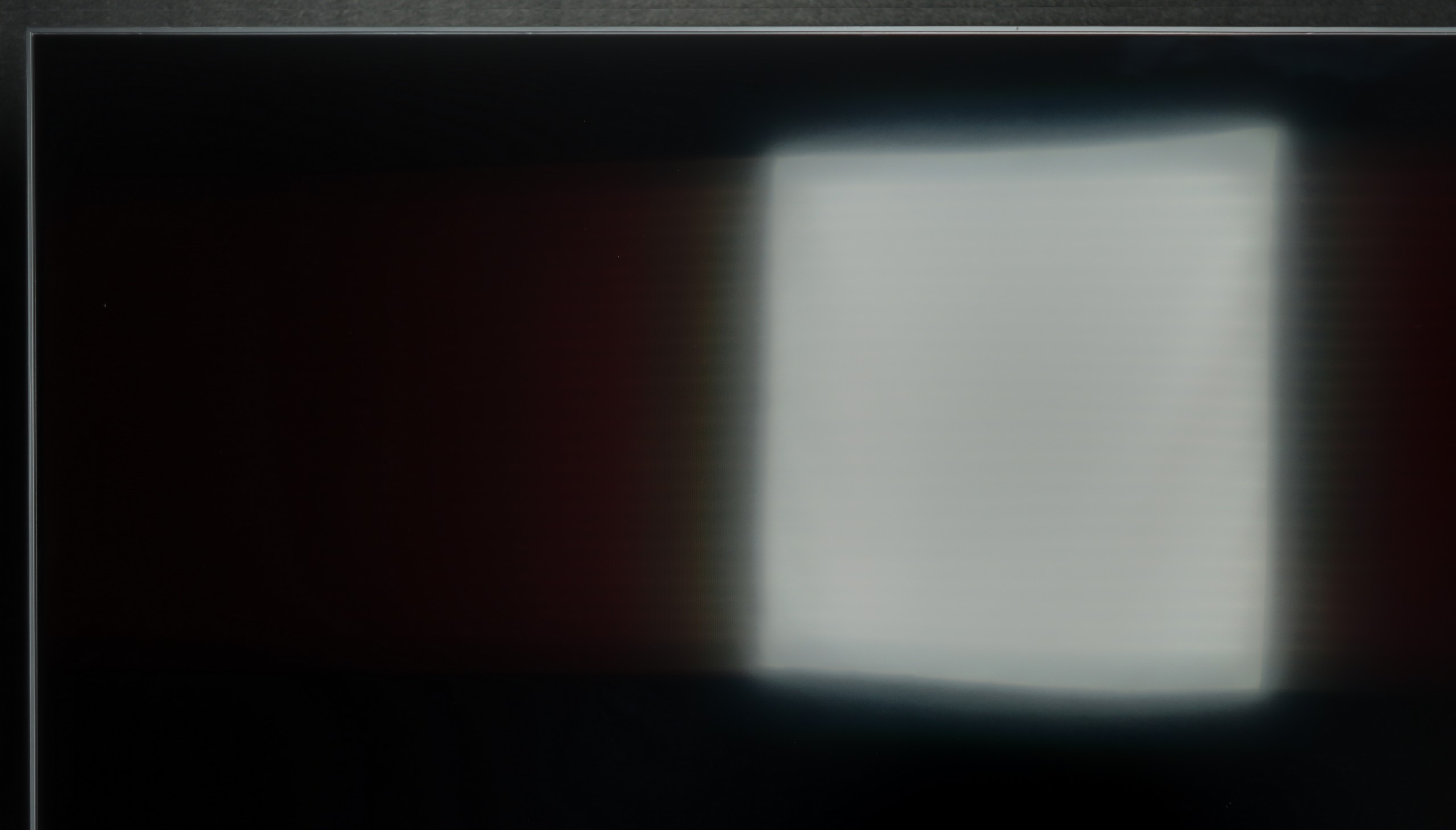
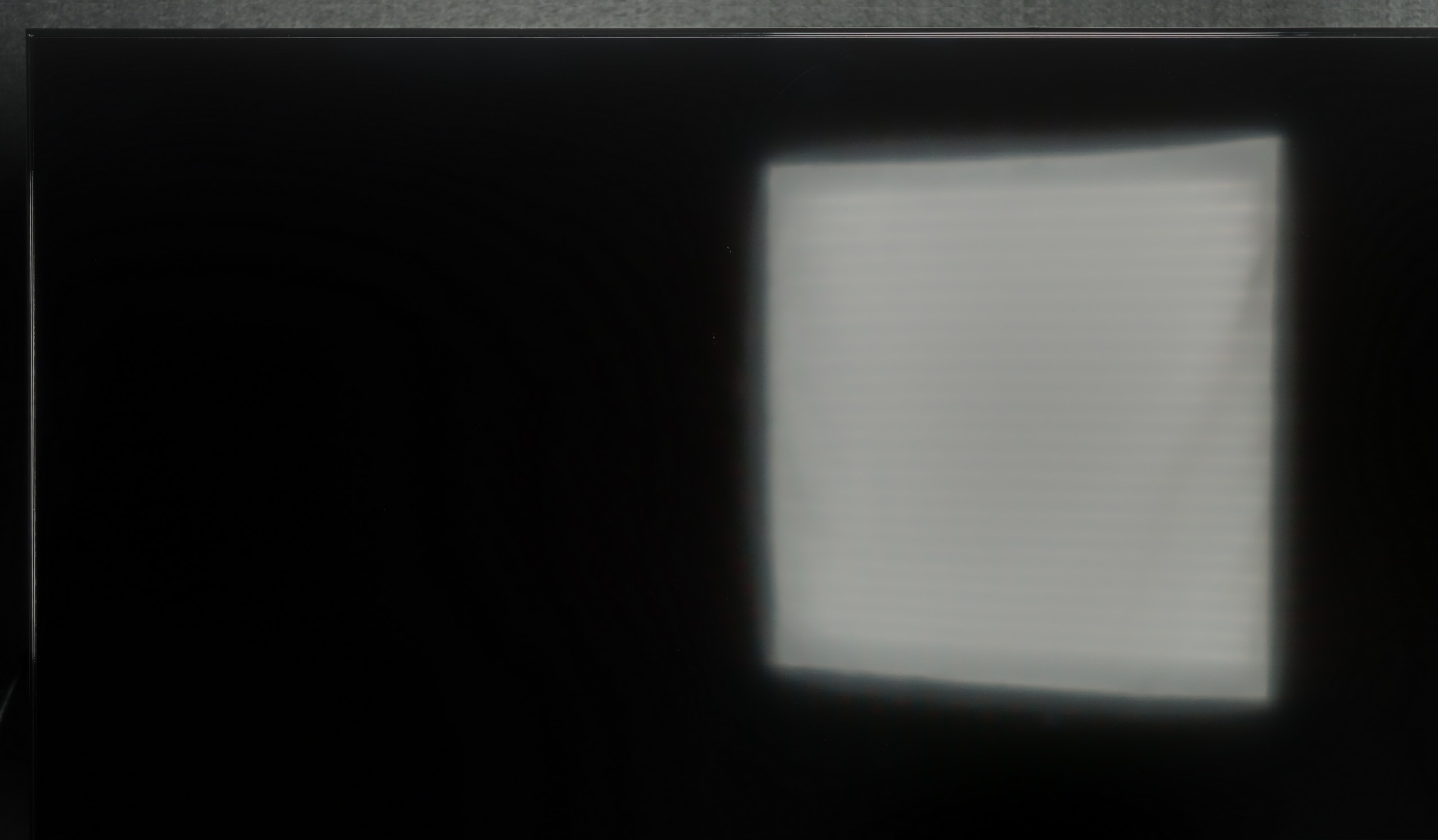
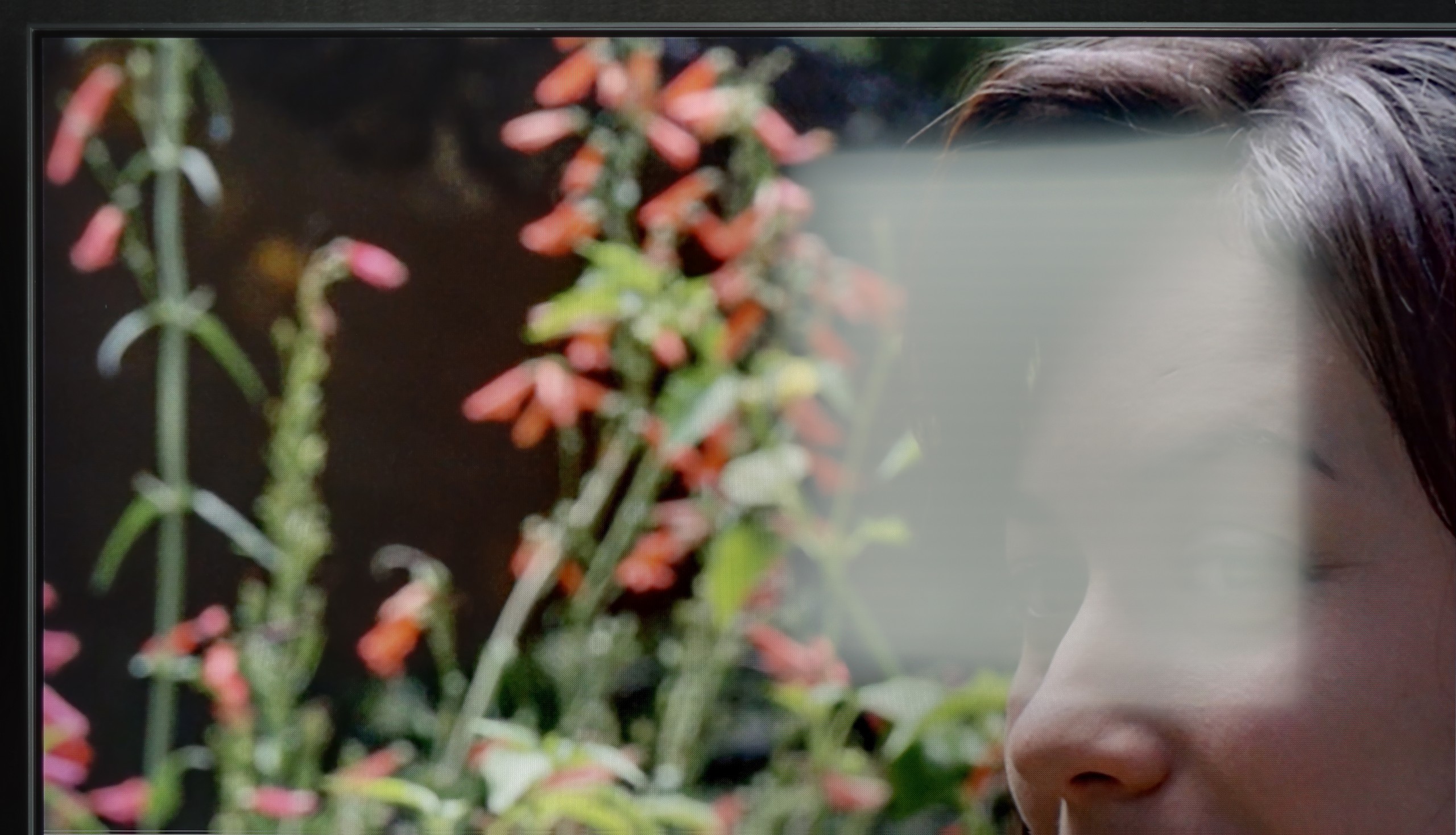
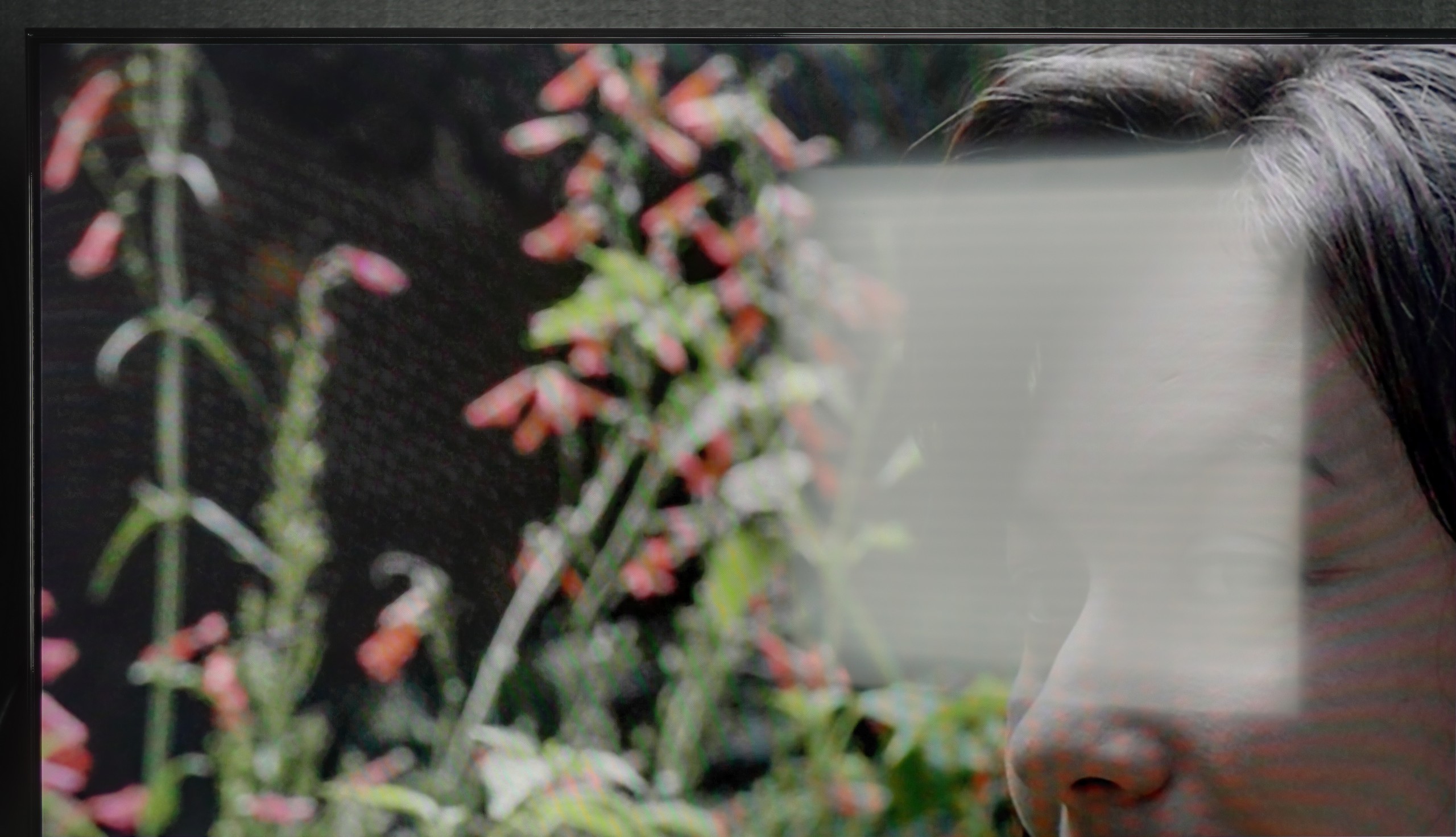
Matrix brightness
Average luminance SDR
SONY BRAVIA 3: 337 cd/m2
Samsung Q8F: 430 cd/m2
The Q8F performs quite well during the day. Its brightness hovers around 450 nits, which proves to be a sufficient level for moderately bright living rooms. It's not a TV that will win a battle against sunlight streaming directly through the window, but in typical home conditions, the picture remains clear and appealing. A big plus is the satin finish of the panel, which effectively reduces light reflections and helps maintain colour saturation even when the room is bright. This makes watching series during the day or evening sports broadcasts with the lights on no problem. The Q8F doesn't aspire to be a cinema TV in full sunlight, but as a daily screen in normal home conditions, it performs really well.
Bravia 3 performs quite well in daylight. The satin coating on the panel effectively reduces reflections, and the colours do not lose their vibrancy when stronger external light hits the screen. As a result, under typical home conditions, with blinds open or in a living room with a larger window, the picture maintains its clarity. However, it's important to remember that this is not a high-brightness TV. The Bravia 3 cannot compete with brighter models, so in very sunny rooms, there are moments when the screen simply doesn't stand out against the intense light. In normal conditions, it handles things without any issues, but in more challenging scenarios, don't expect miracles.
Details about the matrix
Subpixel Structure:
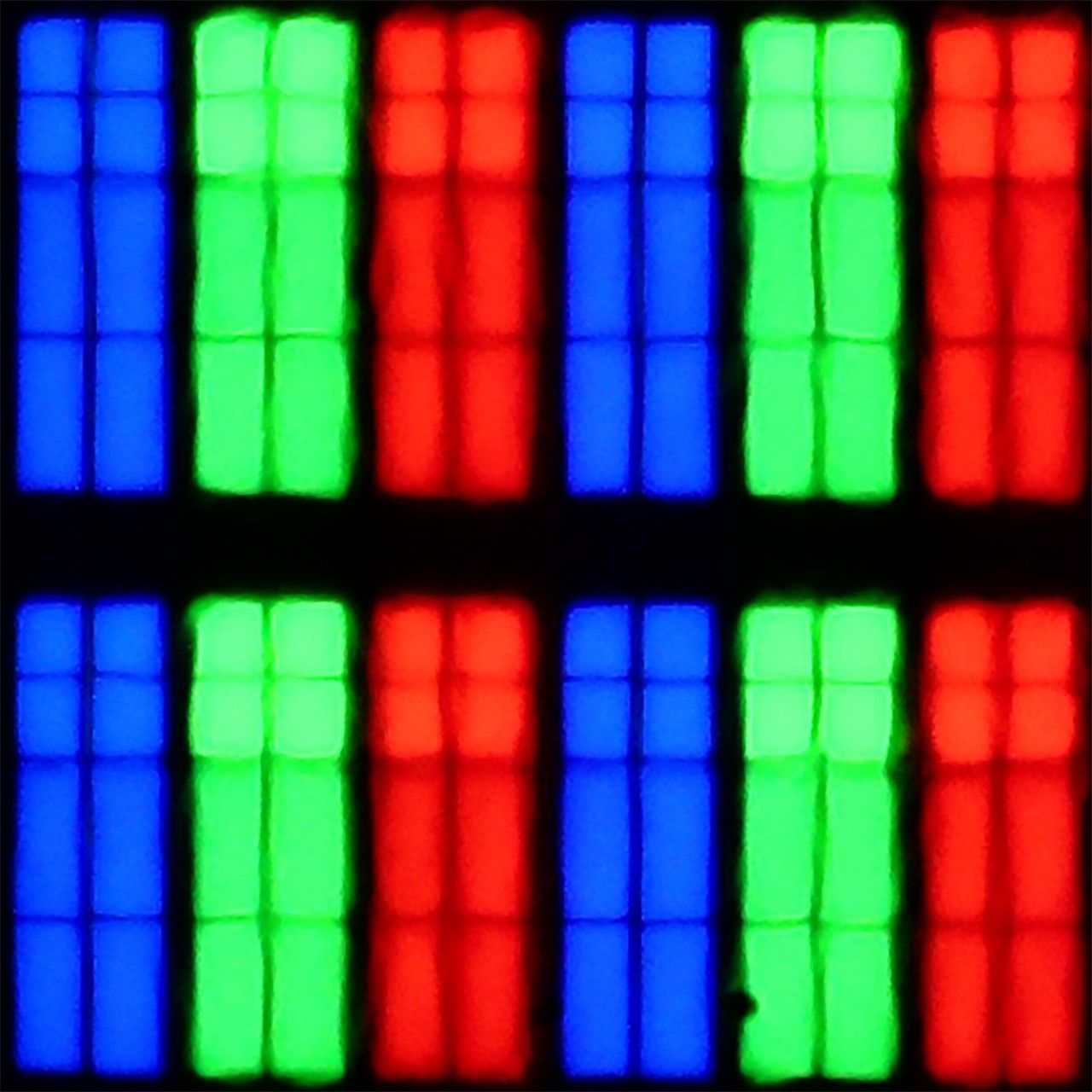
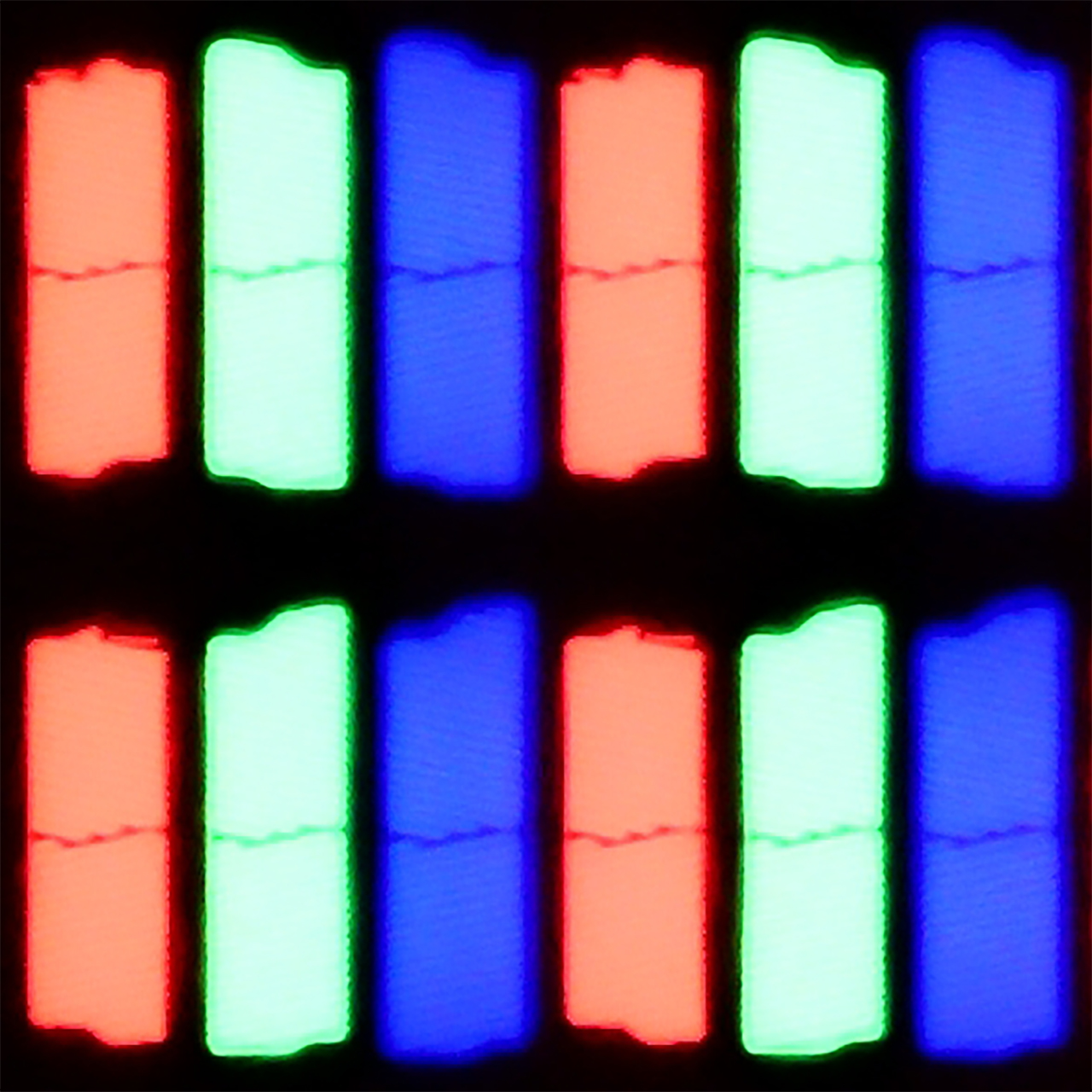
Panel uniformity and thermal imaging:
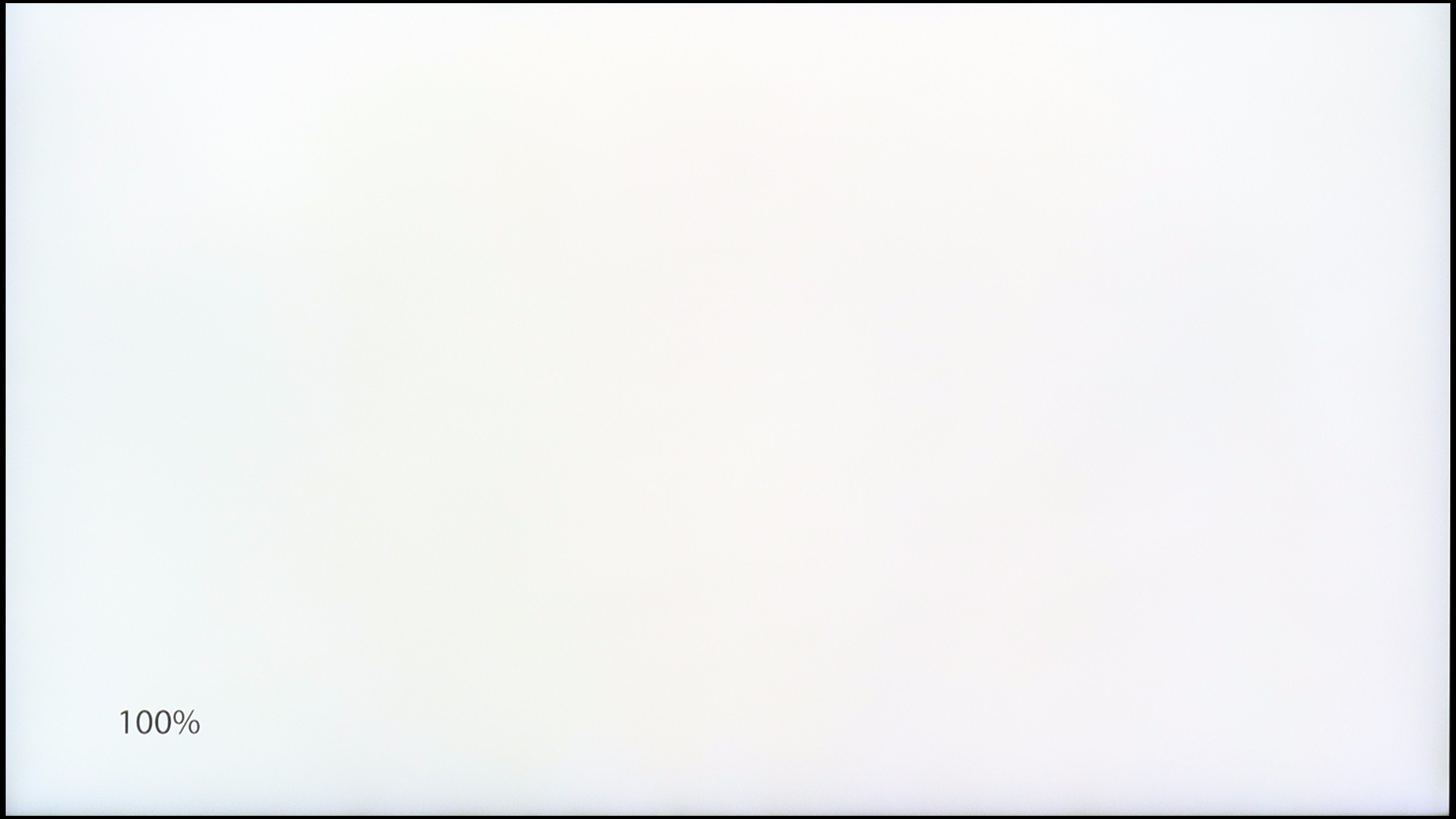
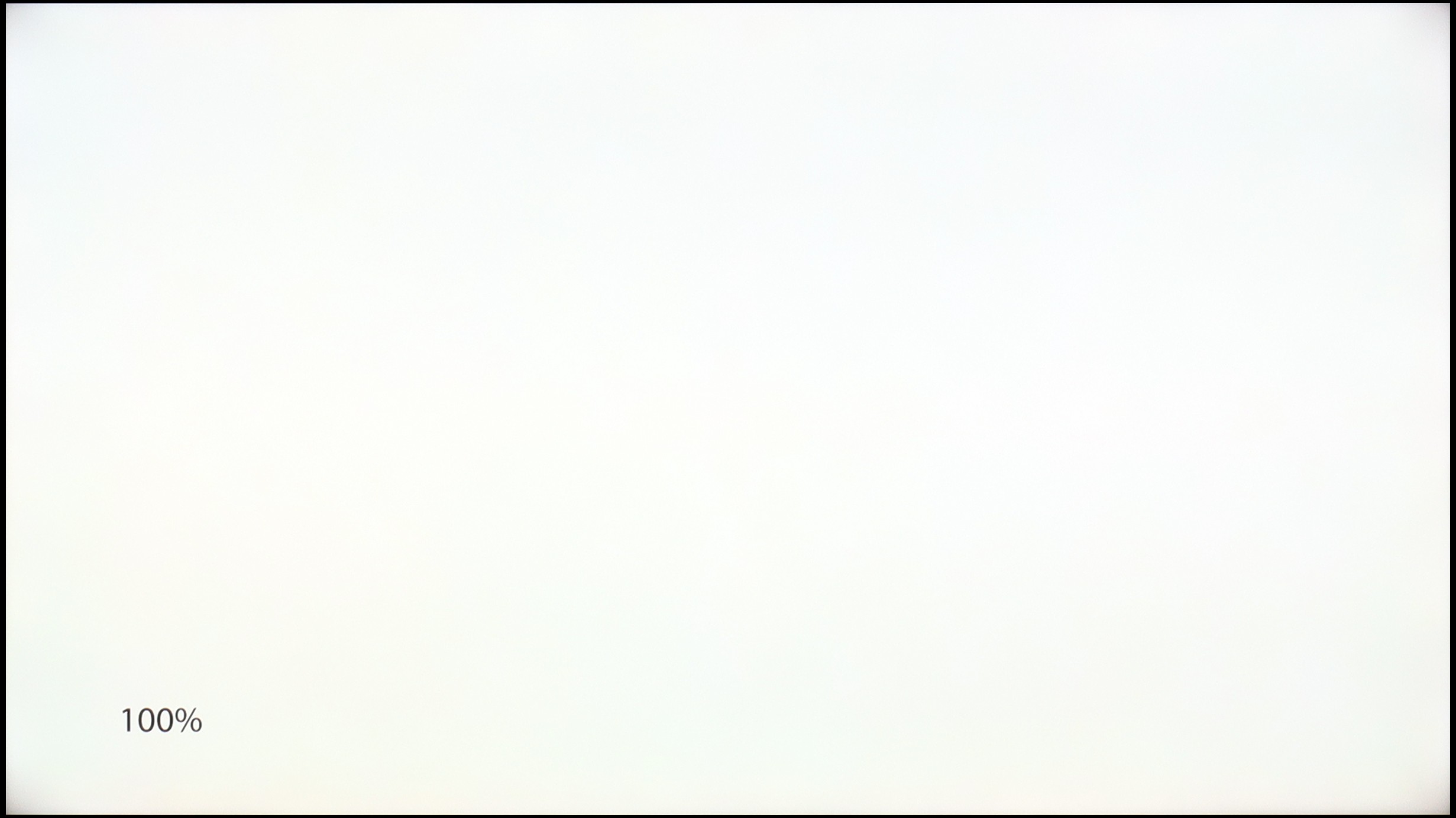
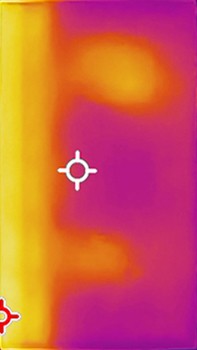
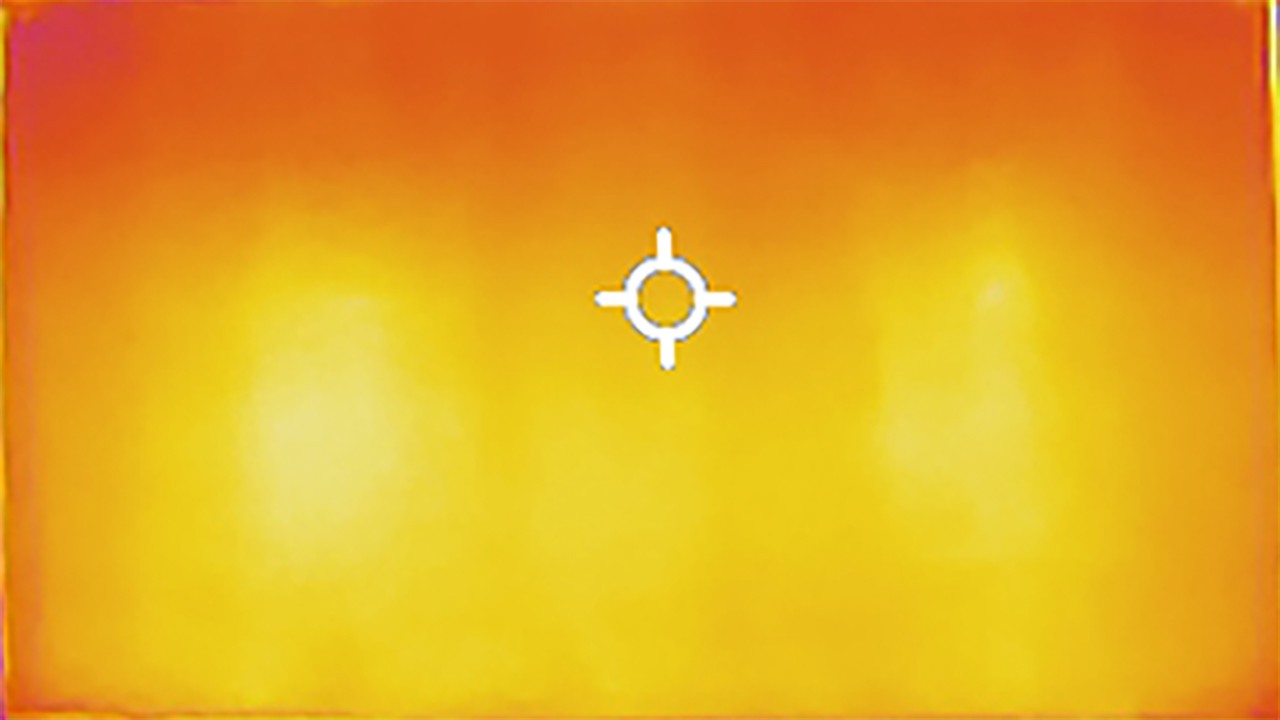
Samsung Q8F
SONY BRAVIA 3
TV features
7.3/10
6.6/10
- HDMI inputs3 x HDMI 2.0, 0 x HDMI 2.14 x HDMI 2.0, 0 x HDMI 2.1
- OutputsToslink (Optical audio), eARC (HDMI), ARC (HDMI)Toslink (Optical audio), eARC (HDMI), ARC (HDMI)
- Network InterfacesWi-Fi 2.4GHz, Wi-Fi 5GHz, Ethernet (LAN) 100MbpsWi-Fi 2.4GHz, Wi-Fi 5GHz, Ethernet (LAN) 100Mbps
- TV receptionDVB-T, DVB-T2, DVB-S, DVB-S2, DVB-CDVB-T, DVB-T2, DVB-S, DVB-S2, DVB-C
Classic features:
- Recording to USB (terrestrial TV)
- Recording programming
- Picture in Picture (PiP)
- RF remote control (no need to aim at the screen)
- Backlit remote control
- Teletext
- Audio only mode
- Bluetooth headphones support
- Simultaneous Bluetooth headphones & TV audio
Smart features:
- AirPlay
- Screen mirroring (Windows Miracast)
- Voice search
- Voice search in native language
- Ability to connect a keyboard and mouse
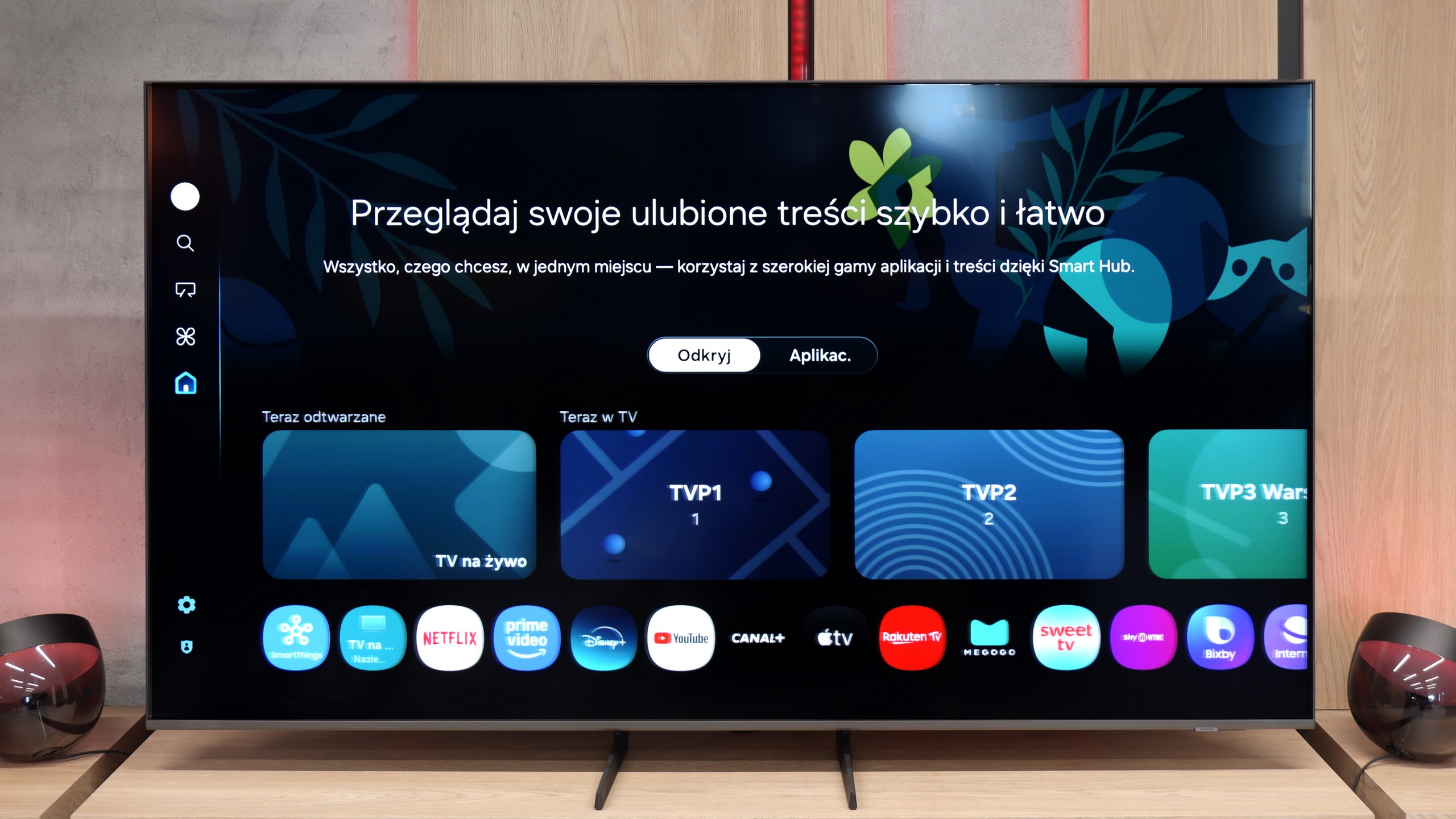
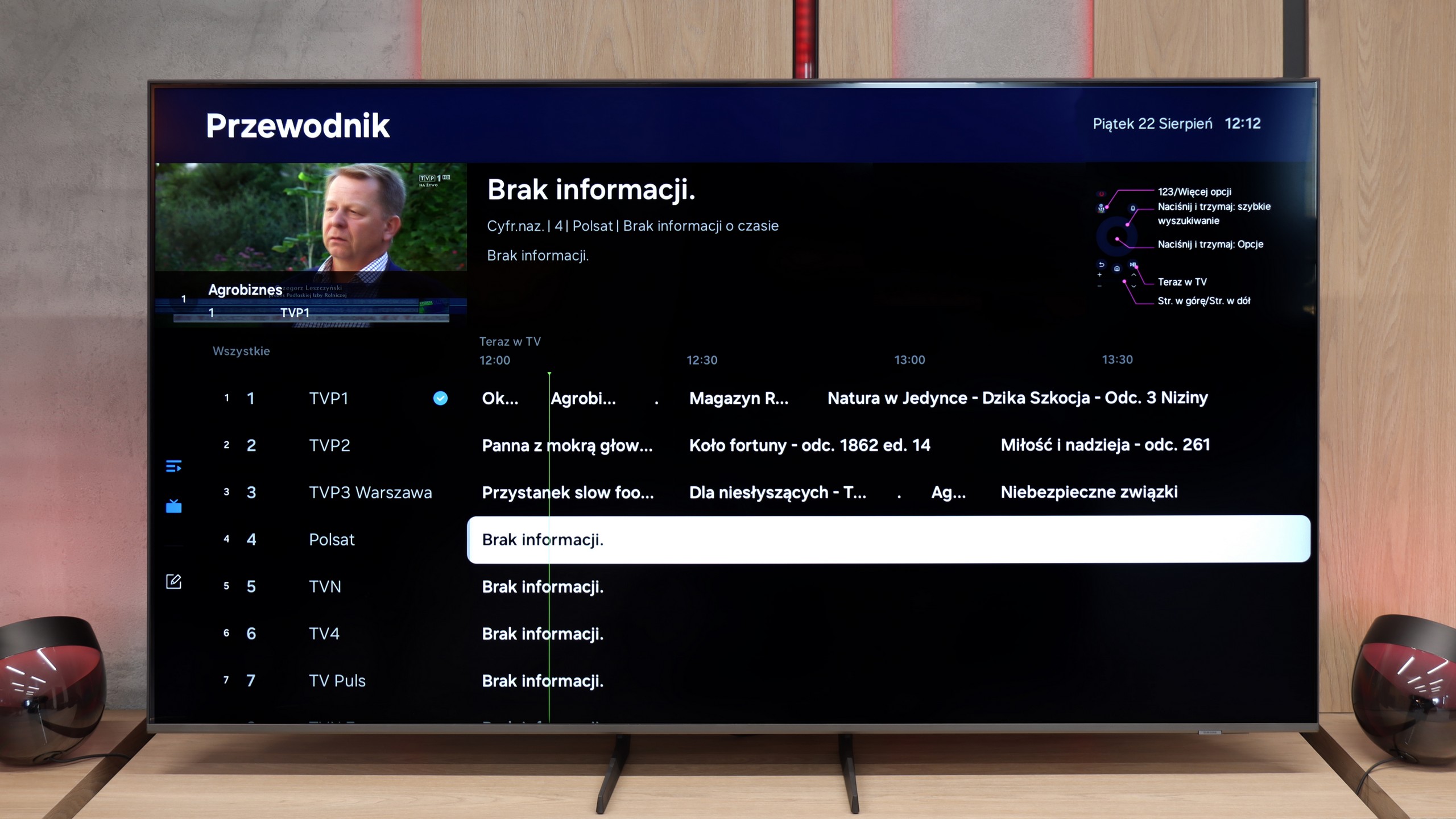
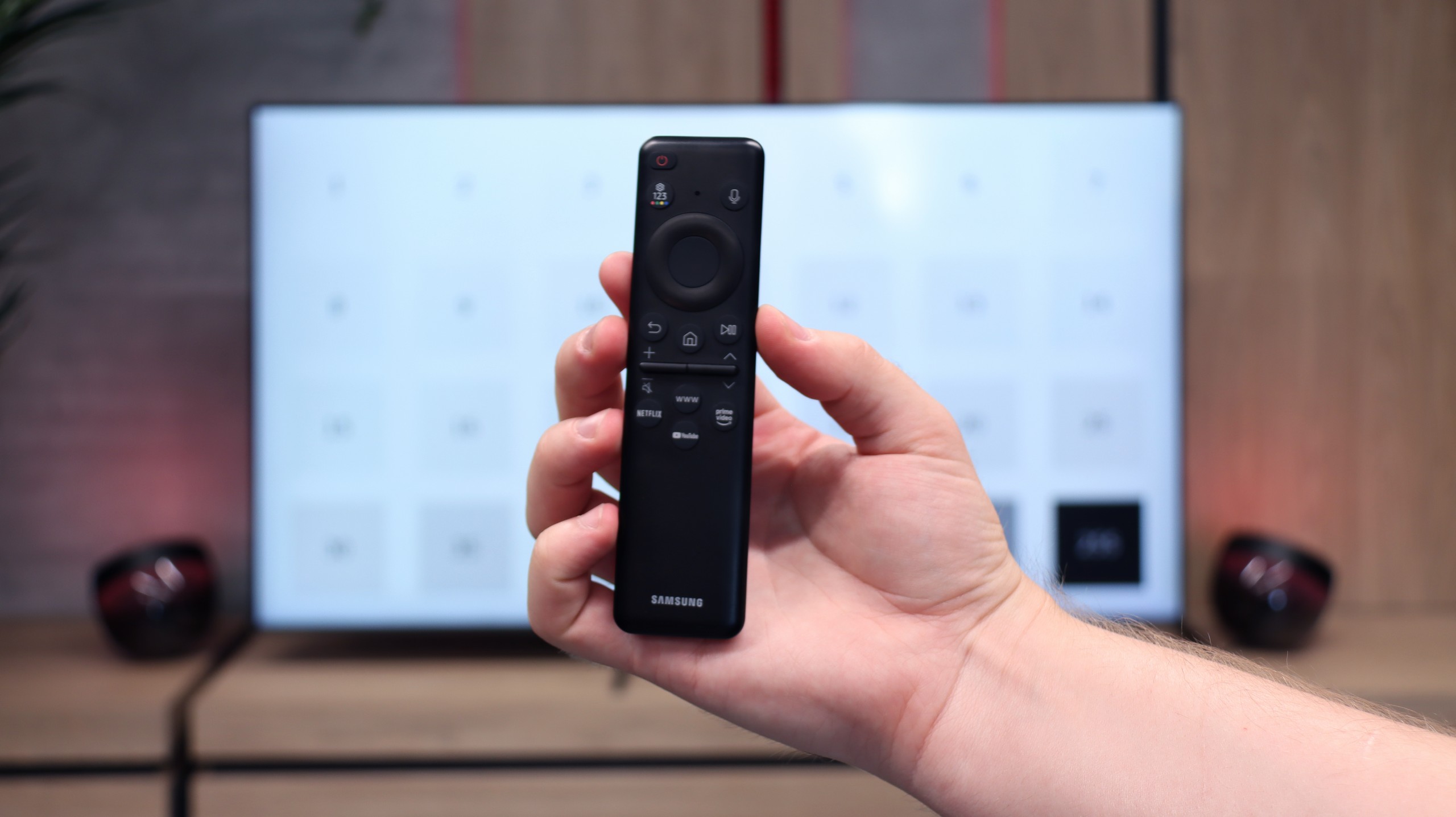

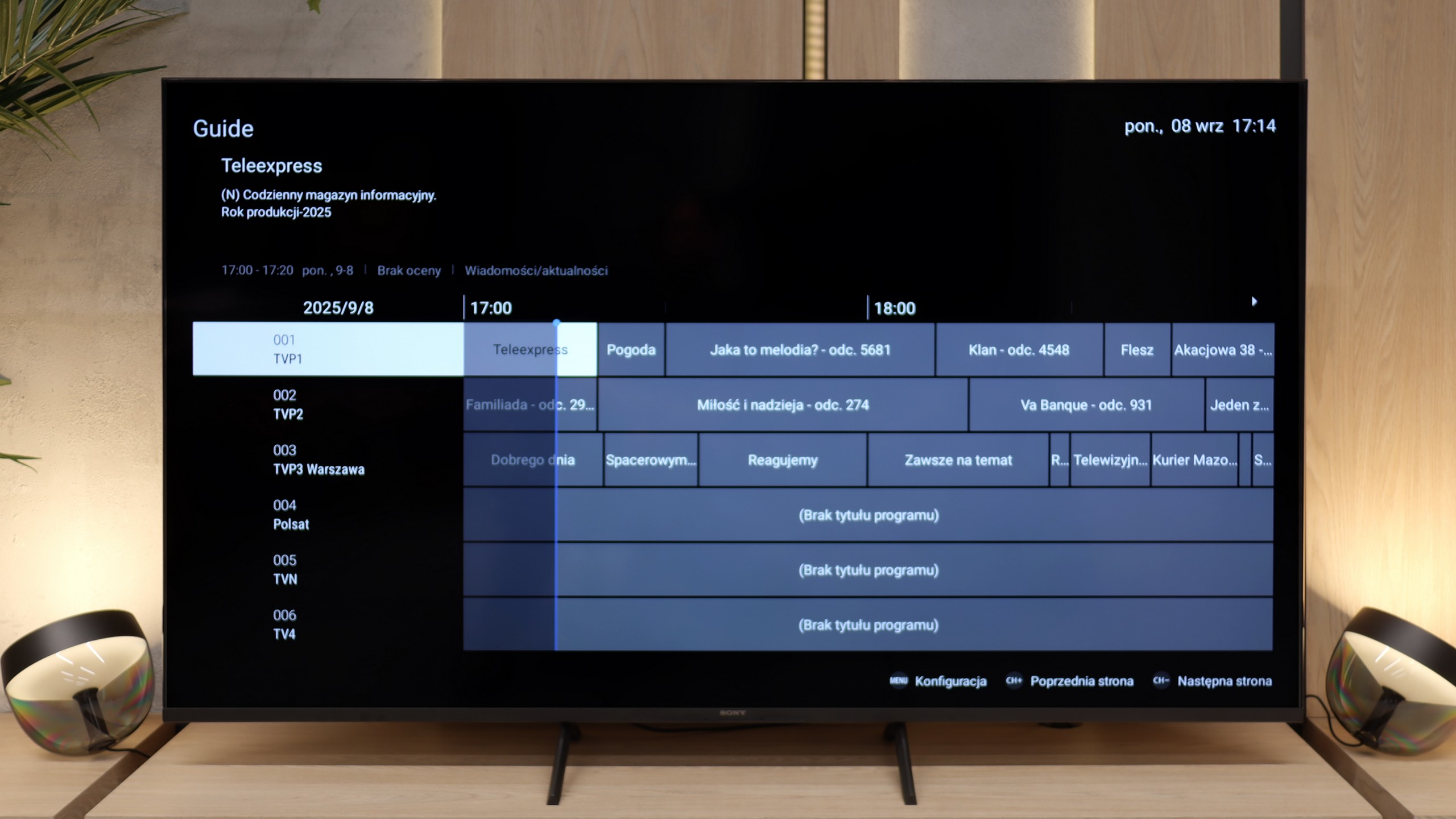
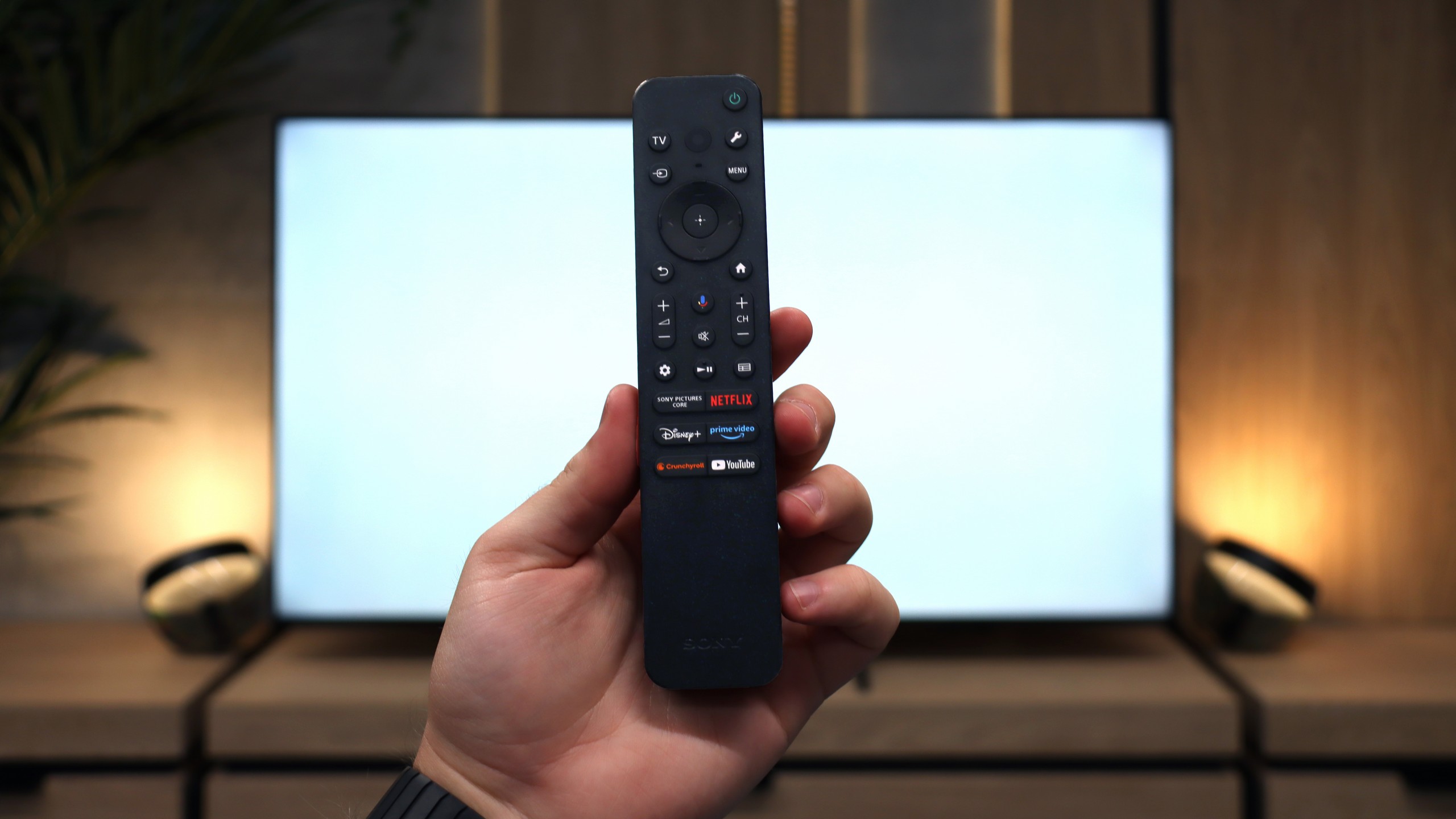
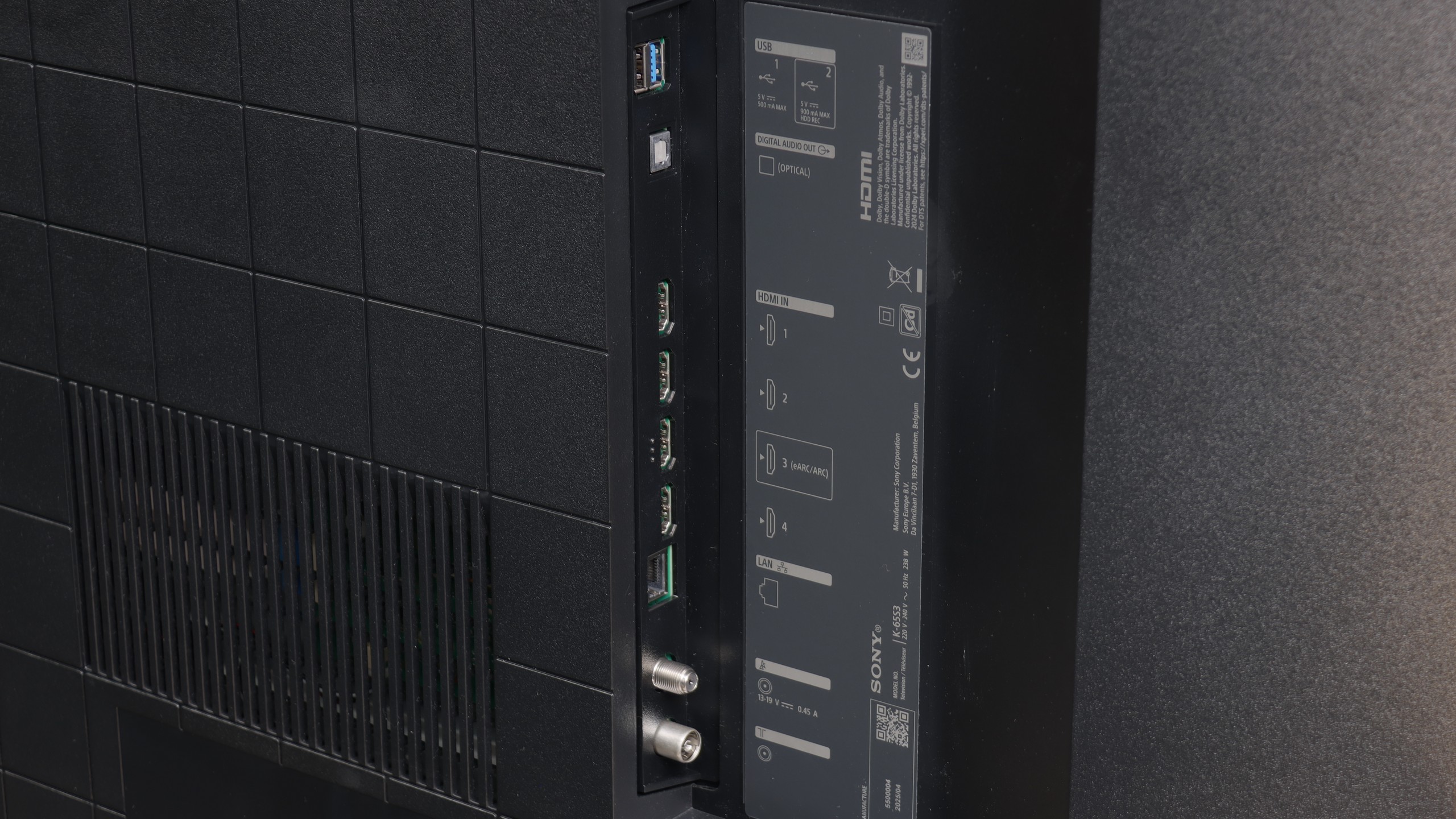
SmartTV Features: Tizen
In terms of smart features, the Q8F is right up there with what Samsung has made us accustomed to. It comes with the Tizen system – fast, intuitive, and well integrated with other devices. AirPlay, screen mirroring, and simple voice commands work seamlessly, so the basics are ticked off perfectly. Added to this is SmartThings, an app that turns the TV into the hub of a home ecosystem. You can connect a washing machine, vacuum cleaner, light bulbs, or speakers and control everything from one place, including the TV. There are also plenty of apps in Tizen for watching movies and series – Netflix, YouTube, Disney+, and Prime Video are all readily available. However, it should be noted that Tizen is a closed system, so if someone is hoping to install less popular programs, they might be disappointed.
Traditional Television
Traditional television falls short. The Q8F simply serves as a screen here – it will display the picture, but additional features like USB recording or PiP mode are absent. The remote is small and very minimalist. It looks modern and can be charged via solar batteries on the back cover or through USB-C, but it's worth noting that it might not suit everyone – particularly older users may miss traditional buttons. However, it's fair to say that Samsung has been consistently steering its TVs (and competitors who are copying some of their ideas) towards the smart home direction rather than towards devices "for grandma and grandpa". Given the enormous popularity of the brand, one can assume that most users, even the older ones, have already gotten used to the fact that the era of remotes with a whole range of rubber buttons is slowly coming to an end.
Smart TV Features
The biggest advantage of the Bravia 3 in everyday use is the presence of the Google TV system. Thanks to this, we have access to one of the largest libraries of apps and streaming services, so no matter if someone mainly uses Netflix, Disney+ or smaller platforms, everything is at their fingertips. The Google voice assistant also worked very well, able to respond to our commands quite "smartly". The Google TV system should, in theory, operate very smoothly, as Sony has been implementing it better than many cheaper competitors for years. Unfortunately, in the case of the Bravia 3, it isn't as nice as we would have hoped. During testing, we noticed some slight stutters in the interface, and some features, such as screen mirroring, simply refused to cooperate. One could get the impression that the processor in this model sometimes struggles to manage the demanding system, and not everything works as smoothly as we would expect.
Classic Features
Sony, even in its cheapest series, manages to remind us of its experience with various users. The set comes with two remotes. The first is modern and minimalist, with a small number of buttons, which works great when using apps and Google TV features. The second is a classic remote with a richer set of buttons and a numeric keypad, which will be appreciated especially by older individuals used to traditional solutions. This is a nice nod towards different user groups, and it must be said that Sony has solved it very practically. It’s a shame, however, that compared to the X75WL model, the ability to record content from TV tuners to USB memory has disappeared. The manufacturer has completely abandoned this feature, so if someone was attached to it, they unfortunately won't find it in the Bravia 3.
Playing files from USB
9.1/10
9.6/10
Supported photo formats:
Maximum photo resolution:
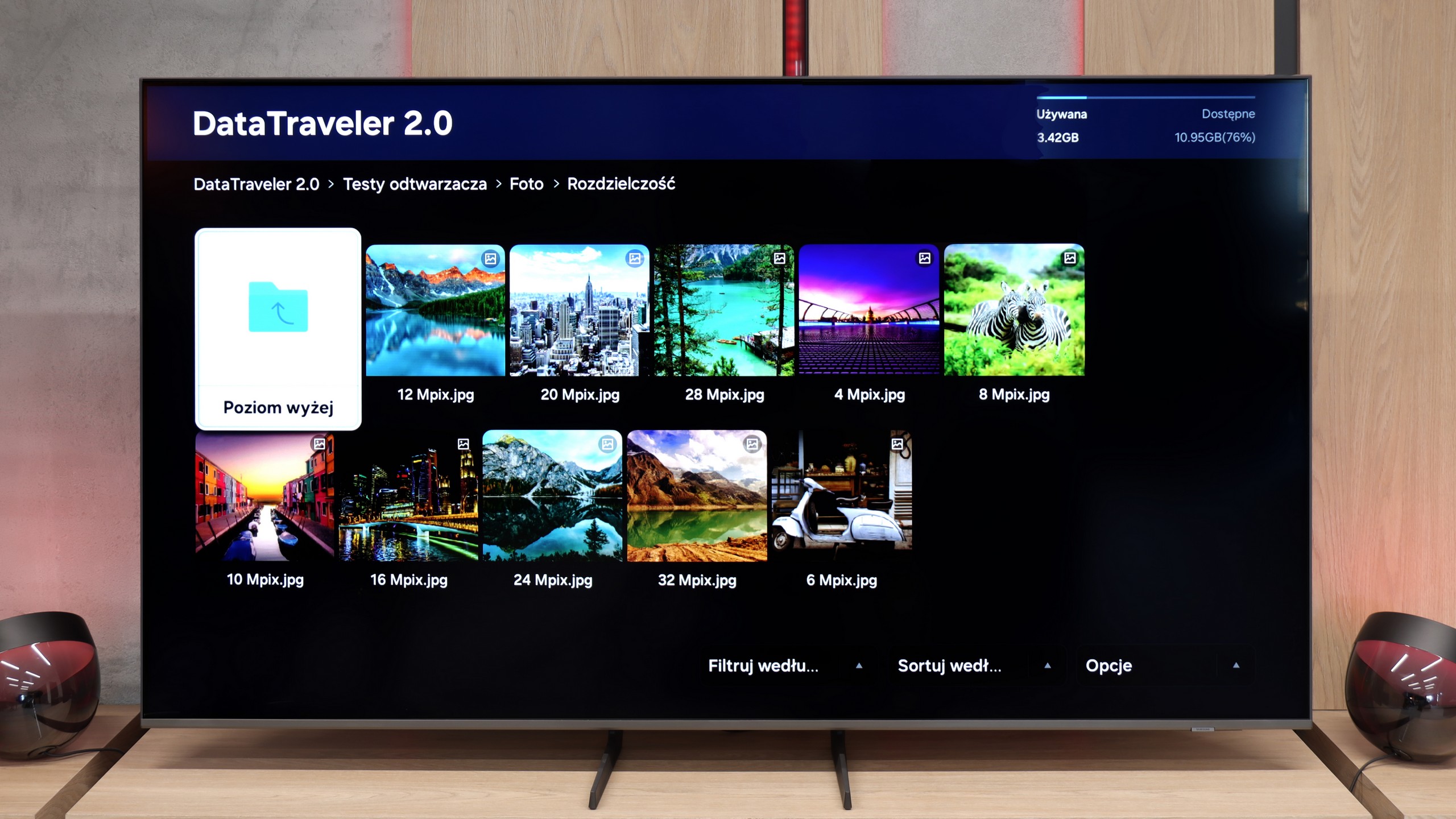
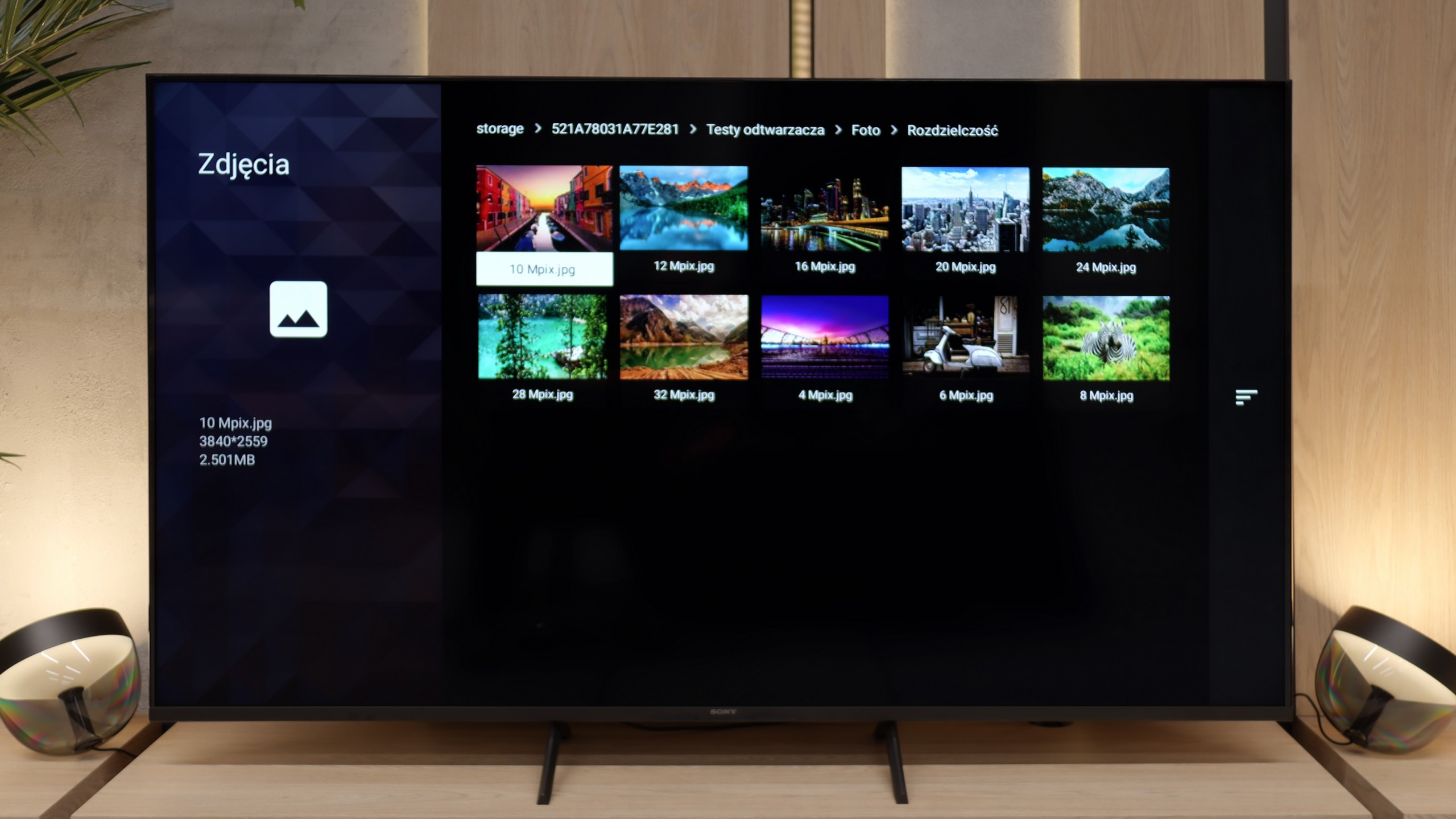
Samsung Q8F handles playback of files from USB quite efficiently. It supports almost all popular video formats as well as photos, so you can easily load a holiday movie or a family album. There are occasional exceptions with less popular photo formats, but the essential JPEG works flawlessly, which will be crucial for most users. It's a shame that Tizen doesn't allow the installation of alternative players, such as VLC. Then even less popular formats wouldn't pose any problem.
Here Sony has really done an excellent job. The built-in player works quickly and doesn't "fuss" when starting different formats. We didn't need to reach for external applications like VLC, as the TV handled even files that can cause a lot of problems on other models – such as HEIC photos from Apple devices. It's a small detail, but one that shows the manufacturer wanted the user to have a sense of complete convenience. By inserting a movie on a USB stick or photos from a holiday onto an external drive, you can simply plug them in and start watching on the big screen straight away. No fussing, no installing extra software, no searching for workarounds. This is really rare in televisions, and it's fair to say that in this respect, the Bravia 3 truly surprised us pleasantly.
Apps
8.7/10
9.6/10














































Sound
6/10
6.5/10
- Maximum volume84dB88dB
- Dolby Digital Plus 7.1
- Dolby True HD 7.1
- Dolby Atmos in Dolby Digital Plus (JOC)
- Dolby Atmos in Dolby True HD
- DTS:X in DTS-HD MA
- DTS-HD Master Audio
The sound on the Q8F can be described as acceptable. You can hear a slightly defined bass, but it's really minimal – the slim design of the television simply doesn't allow the pair of 2 × 10 W speakers to spread their wings. This is a typical scenario for most televisions: if someone cares about truly cinematic experiences, it's worth considering a soundbar. Samsung has a really wide range in this category across different budgets, so it's easy to find something suitable. The television itself is fine for watching traditional TV and series occasionally, but you wouldn't expect much in terms of audio excitement.
Bravia 3 plays in a rather flat manner, but makes up for it with loudness. It will work flawlessly for watching classic television because the dialogues are clear, and the mid-tones are easily audible. This type of characteristic will be particularly appreciated by older users, who primarily care about speech intelligibility. However, if someone expects something more from the sound, like stronger bass or a wider soundstage, it’s worth reaching for a soundbar despite everything. The TV supports modern codecs, including Dolby Atmos and DTS:X, so an external sound system will easily leverage their potential. This ensures that with a relatively modest expense, one can achieve a much fuller and more engaging sound.
Sound Quality Test
No sound test video
Acoustic Measurements
84dBC (Max)
75dBC
88dBC (Max)
75dBC


